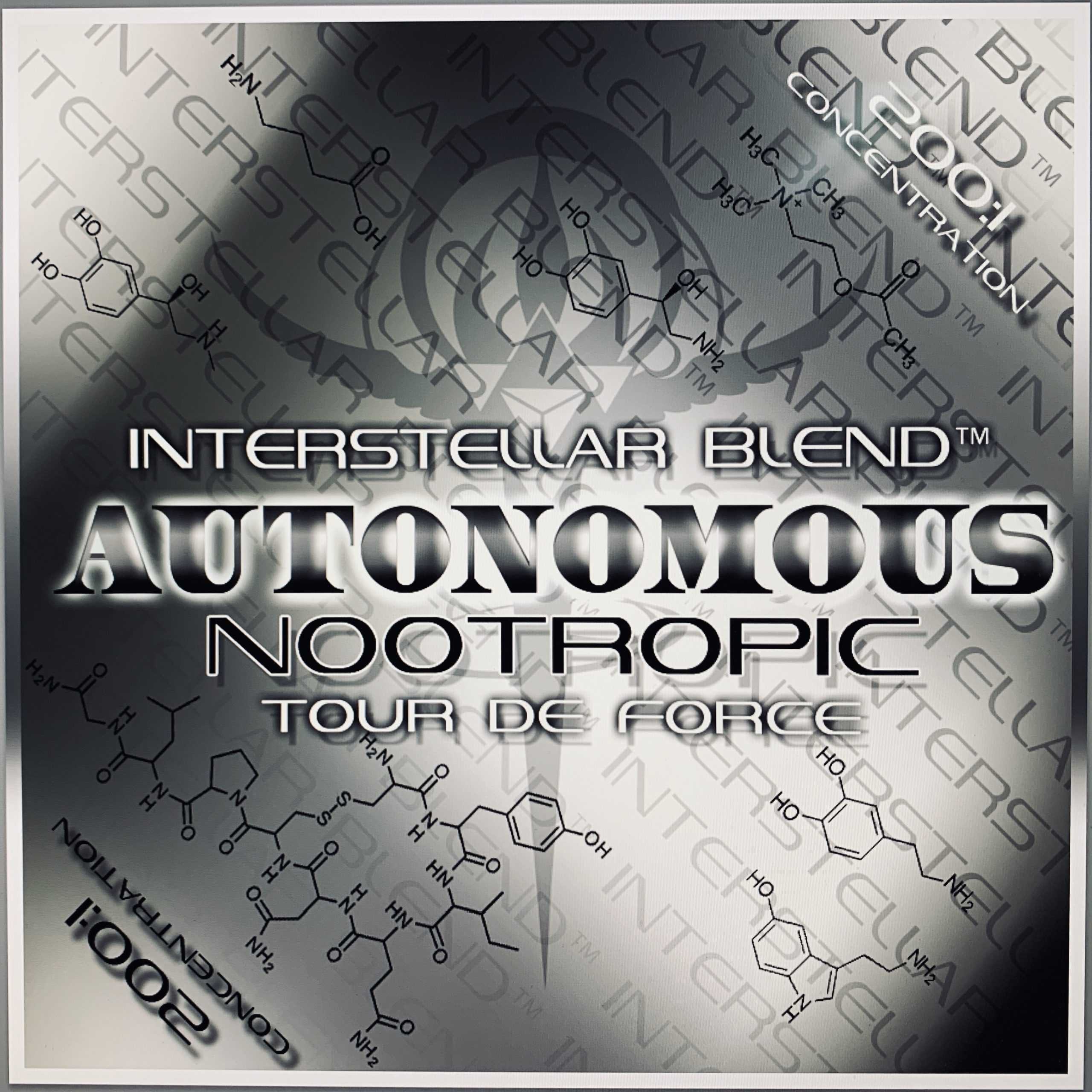
AUTONOMOUS : Nootropic Tour De Force 200:1
September 18, 2020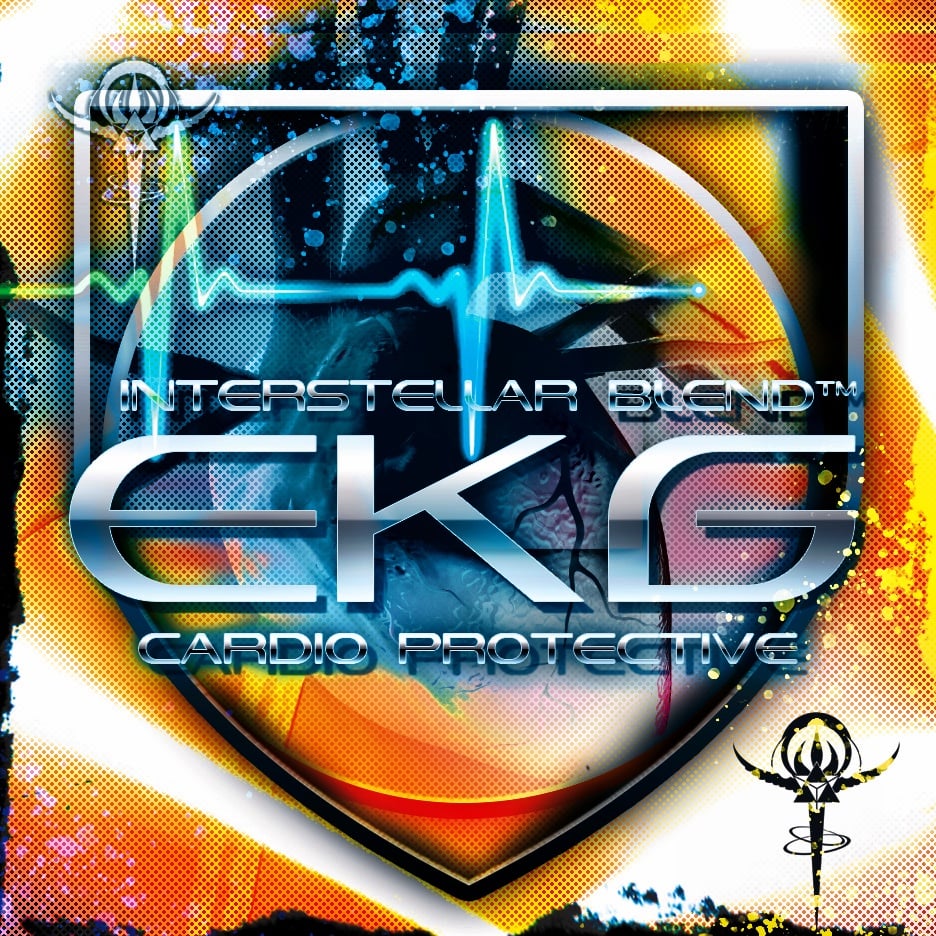
E K G : Cardioprotective 200:1
November 16, 2020PARASLAYER : Anthelmintic 200:1
$275.00
Introducing
INTERSTELLAR PARASLAYER ANTIHELMINTIC!
200:1 Concentration
Anthelmintics are a group of antiparasitic agents that expel parasitic worms (helminths) and other internal parasites from the body by either stunning or killing them and without causing significant damage to the host.
KILL THE WORMS!
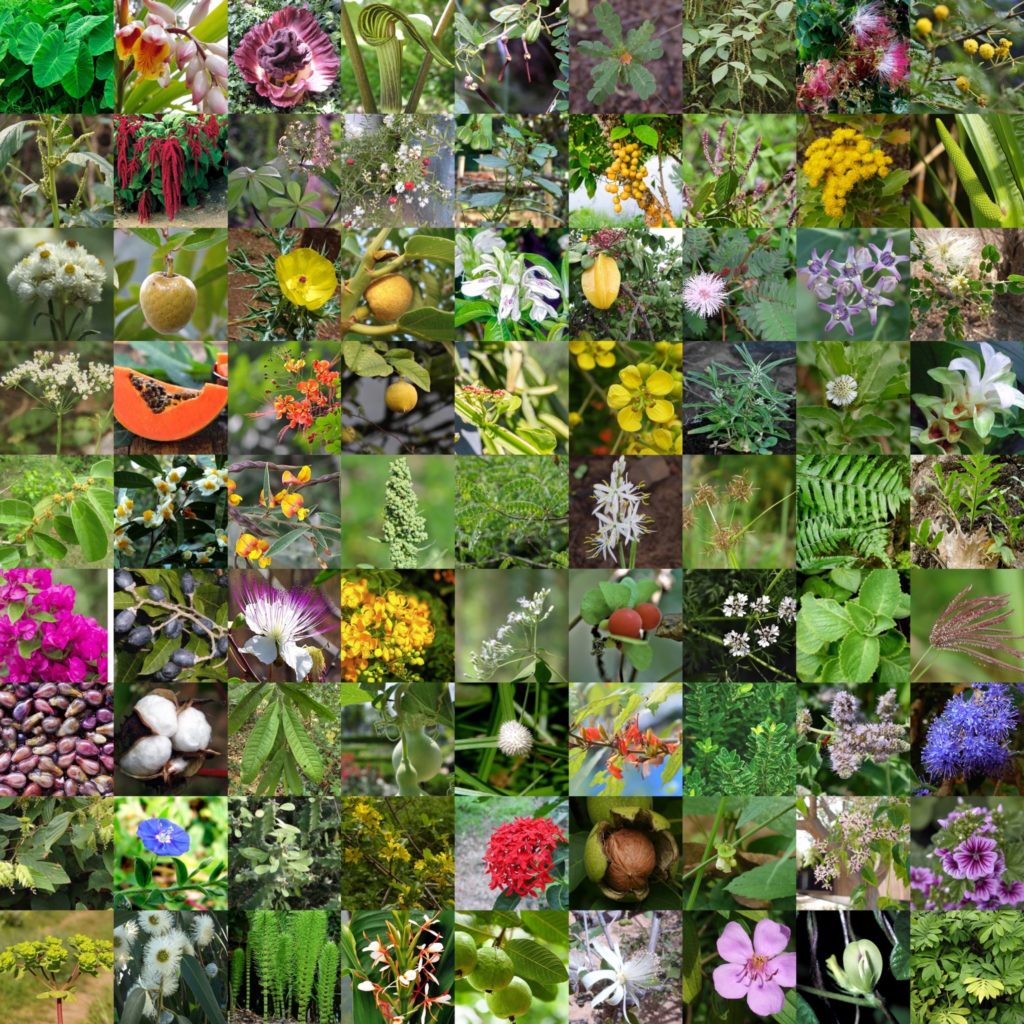
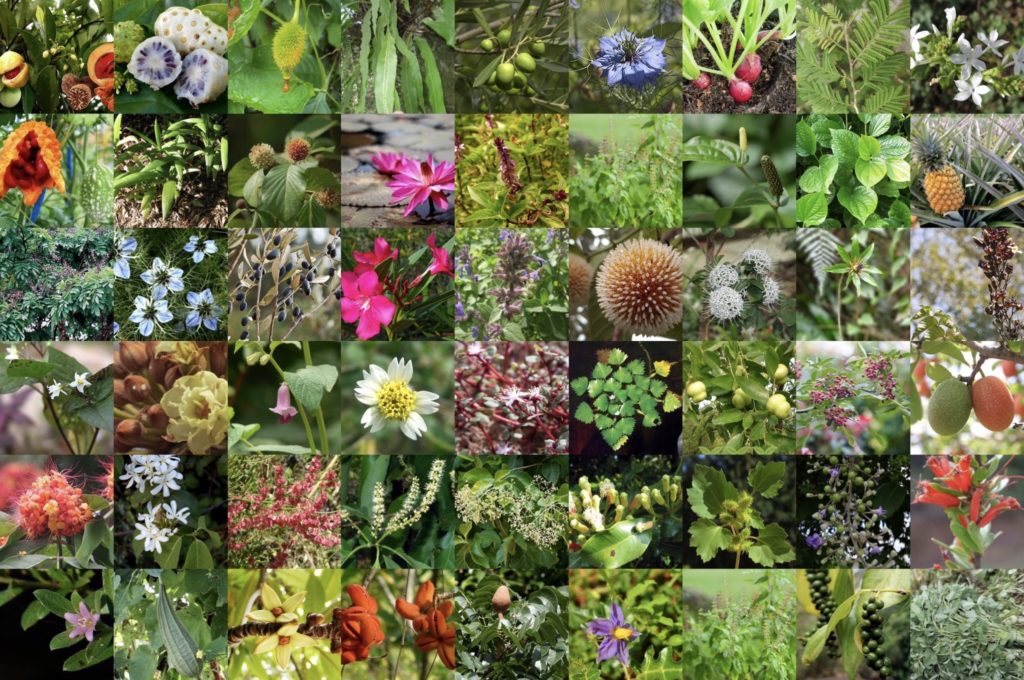 Featuring: Acacia Catechu • Acacia Nilotica • Acalypha Rhomboidea • Achyranthes Aspera • Acorus Calamus • Ajania Nubigena • Akanda (Calotropis Gigantea L.) • Albendazole • Albizia Anthelmintica Maerua Edulis • Albizia Gummifera • Allophylus Serratus • Alocasia Indica • Alpinia Galanga • Alstonia Boonei De Wild • Amaranthus Caudatus • Amaranthus Spinosus • Amorphophallus Paeoniifolius Tuber • Anaphalis Lawii • Annona Reticulata • Anthocleista Djalonensis . • Argemone Mexicana • Arisaema Lobatum • Aristolochia Indica • Artemisia Maritima • Artemisia Parviflora • Artemisia Vestita Wall Ex Dc • Artocarpus Lakoocha • Asparagus Racemosus • Asuro (Justicia Adhatoda) • Asystasia Gangeticum • Averrhoea Carambola • Azadirachta Indica • Baccaurea Ramiflora • Balanites Aegyptiaca • Baliospermum Montanum Muell • Barleria Gibsoni Dalz • Bauhinia Purpurea • Berlina Grandiflora • Biophytum Petersianum • Bougainvillea Glabra • Bridelia Ferruginae • Bryophyllum Pinnatum • Bryophyte Pottia Lanceolata • Caesalpinia Crista • Caesalpinia Pulcherrima • Caesalpinia Sappan • Cajanus Cajan • Camellia Sinensis • Canarium Schweinfurthii • Cansjera Rheedii Root Extract • Capparis Spinosa • Cardanthera Difformis Druce • Carica Papaya • Carissa Carandas • Carum Copticum • Cassia Fistula • Cassia Siamea Lamk • Cassia Tora • Castor Oil And Mustard Oil • Chenopodium Album • Chlorophytum Borivilianum Santapau • Chromolaena Odorata • Cissampelos Pareira • Cissus Quadrangularis L. • Citrus Medica • Clerodendrum Viscosum • Cloris Barbata • Coleus Aromaticus Benth • Coriandrum Sativum • Curcuma Longa Cyperus Rotundus • Dioscorea Bulbifera • Diplazium Esculentum • Drosera Regia • Drynaria Quercifolia • Eclipta Prostrate • Eichhornia Crassipes Roots • Elytraria Acaulis • Emblliaribes • Enicostemma Littorale Blume • Equisetum Arvense • Eucalyptus Globulus • Eugenia Jambolana • Eupatorium Triplinerve • Euphorbia Helioscopia • Euphorbia Ligularia Roxb • Evolvulus Alsinoides L • Ficus Vasta • Garcinia Cambogia • Goniothalamus Sesquipedalis • Gossypium Herbaceum • Grape Pomace Extract • Guava • Hedychium Spichatum • Helicteres Isora • Hugonia Mystax • Indigofera Oblongifolia • Iris Hookeriana • Ixora Coccinea • Jasminum Sessiliflorum • Juglans Regia • Justicia Beddomei • Kyllinga Nemoralis • Lagenaria Siceraria • Lanata Camara • Lasia Spinosa • Macrotyloma Uniflorum • Majoon Sarakhs • Malabathricum Linn Leaves And Nigella Sativa • Mallow (Malva Sylvestris L.) • Marine Sponge Extracts • Melia Azedarach • Melothria Heterophylla Lour • Memecyclon Malabaricum • Mentha Longifolia • Microphyllus Leaves • Millettia Pachycarpa • Mitragyna Parvifolia • Molineria Recurvata • Momordica Charantia • Momordica Dioica • Morinda Citrifolia • Myristica Fragrans • Nauclea Diderrichii • Neolamarckia Cadamba • Nepeta Cataria Suhaib • Nerium Oleander • Nigella Sativa • Nymphaea Rubra • Ocimum Basilicum • Ocimum Sanctum • Olea Europaea • Oleandra Musifolia • Pajanelia Longifolia • Paris Polyphylla • Pavetta Indica • Pelletíerine And Isopelletierine • Pineapple Leaf • Piper Betle • Piper Longum L • Plumbago Zeylanica • Pongamia Glabra • Prosopis Cineraria • Raphanus Sativus • Rhizophora Apiculata • Ridge Gourd • Rotula Aquatica Lour Bark • Rumex Hastatus • Saba Florida • Saraca Indica • Sesamum Indicum • Shea (Vitellaria Paradoxa) • Solanum Nigrum • Solanum Surattense • Soymida Febrifuga • Sterculia Villosa • Syzygium Aromaticum • Tectona Grandis • Tephrosea Purpurea • Terminalia Citrina Leaves • Trapa Natans • Trianthema Portulacastrum And Musa Paradisiaca • Tridax Procumbens • Trigonella Foenum-Graecum • Trikatu Churna • Tulsi Leaves [Ocimum Sanctum] • Vepris Louisii Gilbert • Vidangadi Churna • Viscum Congolensis • Vitex Trifolia • Xanthium Indicum Leaves • Ximenia Americana • Zanthoxylum Armatum • Zizyphus Jujuba Mill •
Featuring: Acacia Catechu • Acacia Nilotica • Acalypha Rhomboidea • Achyranthes Aspera • Acorus Calamus • Ajania Nubigena • Akanda (Calotropis Gigantea L.) • Albendazole • Albizia Anthelmintica Maerua Edulis • Albizia Gummifera • Allophylus Serratus • Alocasia Indica • Alpinia Galanga • Alstonia Boonei De Wild • Amaranthus Caudatus • Amaranthus Spinosus • Amorphophallus Paeoniifolius Tuber • Anaphalis Lawii • Annona Reticulata • Anthocleista Djalonensis . • Argemone Mexicana • Arisaema Lobatum • Aristolochia Indica • Artemisia Maritima • Artemisia Parviflora • Artemisia Vestita Wall Ex Dc • Artocarpus Lakoocha • Asparagus Racemosus • Asuro (Justicia Adhatoda) • Asystasia Gangeticum • Averrhoea Carambola • Azadirachta Indica • Baccaurea Ramiflora • Balanites Aegyptiaca • Baliospermum Montanum Muell • Barleria Gibsoni Dalz • Bauhinia Purpurea • Berlina Grandiflora • Biophytum Petersianum • Bougainvillea Glabra • Bridelia Ferruginae • Bryophyllum Pinnatum • Bryophyte Pottia Lanceolata • Caesalpinia Crista • Caesalpinia Pulcherrima • Caesalpinia Sappan • Cajanus Cajan • Camellia Sinensis • Canarium Schweinfurthii • Cansjera Rheedii Root Extract • Capparis Spinosa • Cardanthera Difformis Druce • Carica Papaya • Carissa Carandas • Carum Copticum • Cassia Fistula • Cassia Siamea Lamk • Cassia Tora • Castor Oil And Mustard Oil • Chenopodium Album • Chlorophytum Borivilianum Santapau • Chromolaena Odorata • Cissampelos Pareira • Cissus Quadrangularis L. • Citrus Medica • Clerodendrum Viscosum • Cloris Barbata • Coleus Aromaticus Benth • Coriandrum Sativum • Curcuma Longa Cyperus Rotundus • Dioscorea Bulbifera • Diplazium Esculentum • Drosera Regia • Drynaria Quercifolia • Eclipta Prostrate • Eichhornia Crassipes Roots • Elytraria Acaulis • Emblliaribes • Enicostemma Littorale Blume • Equisetum Arvense • Eucalyptus Globulus • Eugenia Jambolana • Eupatorium Triplinerve • Euphorbia Helioscopia • Euphorbia Ligularia Roxb • Evolvulus Alsinoides L • Ficus Vasta • Garcinia Cambogia • Goniothalamus Sesquipedalis • Gossypium Herbaceum • Grape Pomace Extract • Guava • Hedychium Spichatum • Helicteres Isora • Hugonia Mystax • Indigofera Oblongifolia • Iris Hookeriana • Ixora Coccinea • Jasminum Sessiliflorum • Juglans Regia • Justicia Beddomei • Kyllinga Nemoralis • Lagenaria Siceraria • Lanata Camara • Lasia Spinosa • Macrotyloma Uniflorum • Majoon Sarakhs • Malabathricum Linn Leaves And Nigella Sativa • Mallow (Malva Sylvestris L.) • Marine Sponge Extracts • Melia Azedarach • Melothria Heterophylla Lour • Memecyclon Malabaricum • Mentha Longifolia • Microphyllus Leaves • Millettia Pachycarpa • Mitragyna Parvifolia • Molineria Recurvata • Momordica Charantia • Momordica Dioica • Morinda Citrifolia • Myristica Fragrans • Nauclea Diderrichii • Neolamarckia Cadamba • Nepeta Cataria Suhaib • Nerium Oleander • Nigella Sativa • Nymphaea Rubra • Ocimum Basilicum • Ocimum Sanctum • Olea Europaea • Oleandra Musifolia • Pajanelia Longifolia • Paris Polyphylla • Pavetta Indica • Pelletíerine And Isopelletierine • Pineapple Leaf • Piper Betle • Piper Longum L • Plumbago Zeylanica • Pongamia Glabra • Prosopis Cineraria • Raphanus Sativus • Rhizophora Apiculata • Ridge Gourd • Rotula Aquatica Lour Bark • Rumex Hastatus • Saba Florida • Saraca Indica • Sesamum Indicum • Shea (Vitellaria Paradoxa) • Solanum Nigrum • Solanum Surattense • Soymida Febrifuga • Sterculia Villosa • Syzygium Aromaticum • Tectona Grandis • Tephrosea Purpurea • Terminalia Citrina Leaves • Trapa Natans • Trianthema Portulacastrum And Musa Paradisiaca • Tridax Procumbens • Trigonella Foenum-Graecum • Trikatu Churna • Tulsi Leaves [Ocimum Sanctum] • Vepris Louisii Gilbert • Vidangadi Churna • Viscum Congolensis • Vitex Trifolia • Xanthium Indicum Leaves • Ximenia Americana • Zanthoxylum Armatum • Zizyphus Jujuba Mill •
INGREDIENTS & Science:
Acacia Catechu
Investigation of anthelmintic, anti-inflammatory activity of leaves extract of Acacia catechu Willd
From ancient time Acacia catechu Willd. (AC) is used as a potent medicinal. Preliminary phytochemical tests were conducted with the crude extract obtained from the leaves of AC reveals the presence of carbohydrates, steroids, alkaloids, glycosides, tannins, saponins, flavones, and phenolic. anthelmintic activity of petroleum ether, ethanolic and ethanol:water (1:1) extracts of leaves of AC was evaluated by adult Indian earthworm, (Pheretima posthuma). The anthelmintic activity of extract was compared with standard albendazole. Ethanol:water (1:1) extract was found to possess potent anthelmintic activity and petroleum ether extract was found to be least active, while ethanol:water (1:1) extract playing an intermediate role.
The anti-inflammatory activity of leaves extracts at the doses of 300mg/kg body weight was investigated in albino rats of wiester strain using carrageenan induced rat paw oedema. The ethanol extract of leaves showed significant anti-inflammatory activity (45%) when compared with the standard (54%). Further studies are suggested to isolate the active principles which are responsible for the anthelmintic and anti-inflammatory activity.
Acacia Nilotica
Anthelmintic activity, Acacia nilotica, Pheretimaposthuma, methanol extract, aqueous extract, phytochemical analysis There are various beneficial effects of Acacia nilotica since the ancient time is being reported. But in the project work anthelmintic activity against Pheretimaposthuma (an Indian earthworms is being studied by applying two different concentrations of plant methanolic extract. The result is then compared with standard drug Albendazole and control group. The pharmaceutical constituent of Acacia nilotica is being also studied here.
Achyranthes Aspera
The anthelmintic activities of methanolic and aqueous extracts of stems of Achyranthes aspera linn. were evaluated separately on Indian adult earthworms Pheretima posthuma (Annelida). For this work the stems were extracted separately with methanol and distilled water by following maceration method. Various concentrations (2.5, 5, 10, 20 mg/ml) of each extract were tested for anthelmintic activity which involved the determination of time of paralysis and time of death of the worms. The phytochemical screening of the crude extract showed the presence of saponins A and B, terpenoids, volatile oils. All extracts were able to show anthelmintic activity at all concentrations.
The activities are well comparable with the standard drug, Albendazole as positive control. All the methanolic extracts showed better anthelmintic activity than the standard drug as well as the aqueous extract. Tween 20 (1%) with saline was used as negative control, did not showed any anthelmintic activity.
Acorus Calamus
The study revealed that b-asarone is the active principle of plant. The HPLC analysis of local variety of A. calamus revealed that active fraction contains 83.54% (w/w) of b-asarone. The in vivo study revealed that treatment of H. diminuta infected rats by a single 800 mg/kg dose of rhizome extract for 5 days results into 62.30% reduction in eggs per gram of feces counts and 83.25% reduction in Worm counts of animals. These findings compared well with the efficacy of a reference drug, praziquantel. The active principle b-asarone showed slightly better anthelmintic effects than crude extract. In acute toxicity assay, a single oral 2000 mg/kg dose of extract did not reveal any signs of toxicity or mortality in mice, and the LD50 of the extract was noted to be >2000 mg/kg.
Taken together, the results of this study indicate that rhizomes of A. calamus bear significant dose-dependent effects against intestinal helminths. Further, the Indian variety of A. calamus contains high b-asarone content. Therefore, there exists a great potential to develop some suitable anthelmintic herbal products from this plant.
Ajania Nubigena
Background: whipworms and blood flukes combined infect almost one billion people in developing countries. Only a handful of anthelmintic drugs are currently available to treat these infections effectively; there is therefore an urgent need for new generations of anthelmintic compounds. Medicinal plants have presented as a viable source of new parasiticides Ajania nubigena, the Bhutanese daisy, has been used in Bhutanese traditional medicine for treating various diseases and our previous studies revealed that small molecules from this plant have antimalarial properties. Encouraged by these findings, we screened four major compounds isolated from A. nubigena for their anthelmintic properties.
Akanda (Calotropis Gigantea L.)
Albendazole
Albendazole: a review of anthelmintic efficacy and safety in humans
This comprehensive review briefly describes the history and pharmacology of albendazole as an anthelminthic drug and presents detailed summaries of the efficacy and safety of albendazole’s use as an anthelminthic in humans. Cure rates and 0% egg reduction rates are presented from studies published through March 1998 both for the recommended single dose of 400 mg for hookworm (separately for Necator americanus and Ancylostoma duodenale when possible), Ascaris lumbricoides, Trichuris trichiura, and Enterobius vermicularis and, in separate tables, for doses other than a single dose of 400 mg. Overall cure rates are also presented separately for studies involving only children 2-15 years. Similar tables are also provided for the recommended dose of 400 mg per day for 3 days in Strongyloides stercoralis, Taenia spp. and Hymenolepis nana infections and separately for other dose regimens.
The remarkable safety record involving more than several hundred million patient exposures over a 20 year period is also documented, both with data on adverse experiences occurring in clinical trials and with those in the published literature and/or spontaneously reported to the company. The incidence of side effects reported in the published literature is very low, with only gastrointestinal side effects occurring with an overall frequency of just >1%. Albendazole’s unique broad-spectrum activity is exemplified in the overall cure rates calculated from studies employing the recommended doses for hookworm (78% in 68 studies: 92%, for A. duodenale in 23 studies and 75% for N. americanus in 30 studies), A. lumbricoides (95% in 64 studies), T. trichiura (48% in 57 studies), E. vermicularis (98% in 27 studies), S. stercoralis (62% in 19 studies), H. nana (68% in 11 studies), and Taenia spp. (85% in 7 studies).
The facts that albendazole is safe and easy to administer, both in treatment of individuals and in treatment of whole communities where it has been given by paramedical and nonmedical personnel, have enabled its use to improve general community health, including the improved nutrition and development of children.
Albizia anthelmintica Maerua Edulis
The use of medicinal plants for the control of helminthoses has been in practice for centuries and there are many plants claimed to have anthelmintic activity. However, it is only a few of these plants that have their anthelmintic activity scientifically evaluated. These studies were done to evaluate the anthelmintic activity of Albizia anthelmintica Brogn, Maerua edulis De Wolf and Maerua subcordata De Wolf in sheep and mice and to determine the bioactivity of these plants using brine shrimp lethality test. An attempt was also made to separate the pharmacological active ingredient in Albizia anthelmintica water extract. A questionnaire was used to obtain medicinal plants used by farmers and herbalists in Kibwezi Division of Makueni district and Tunyo division of Marakwet district as anthelmintic. Out of 51 useful plants identified in Kibwezi, Albizia anthelmintica (Kyoa in Kikamba) and Maerua edulis (Munatha in Kikamba) were singled out by herbalists as very potent anthelmintics.
In Tunyo division Albizia anthelmintica (Kitwongwo in Marakwet) and Maerua subcordata (Liswa in Marakwet) were identified as potent anthelmintics. For this reason, they were collected and botanically identified for further testing and analysis. The anthelmintic activity of the three plants was evaluated in the present study. Crude extraction of the plant samples was done as described by the herbalists. An aqueous extract from both unground and ground material of each plant material was prepared using boiling water. Twenty one clinically healthy sheep of mixed breeds and sexes were randomly allocated to four treatment groups of four animals each. The control group had three sheep. Faecal egg counts were done for all the sheep on day O. A single oral dose of 1.2 ml/kg body weight (Albizia anthelmintica ) and 0.8 ml/kg body weight (Maerua edulis) was administered to the sheep in the 4 treatment groups. The control was left untreated. Albizia anthelmintica extract was the only one which reduced faecal egg count.
At double the dose, the percentage faecal egg count reduction was 55, 49, 38, 16 and 14 for powdered Albizia anthelmintica, powdered Maerua edulis, fresh Maerua subcordata, fresh Maerua edulis and fresh Albizia anthelmintica respectively. Therefore, the crude product could control helminthoses to a reasonable extent and maintain the animal at clinically healthy state. Brine shrimp assay was used to detect bioactivity (LC50) in the vanous extracts of Albizia anthelminitica, Maerua subcordata and Maerua edulis. The various extracts were made using water, methanol and chloroform and immediately freeze dried. Brine shrimp eggs obtained from pet shops were hatched using marine salt solution as media and yielded a large number of larvae. Serial dilution of the plant extracts were put into tubes with 10 brine shrimps each. The number of live larvae was determined after 24 hours. Probit method of the Finney computer programme was used to determine the lethal concentration fifty (LC50) and 95% confidence intervals. It was evident that the chloroform extract of the three plant extracts was the most toxic to the brine shrimps compared to water and methanol extracts. Albizia anthelmintica extracts of all the solvents was the most potent compared with the two Maerua species.
The anthelmintic efficacy of the three plants was studied in mice experimentally infected with Heligmosomoides polygyrus. The results indicated a percentage faecal xv Heligmosomoides polygyrus egg count reduction of 72%, 69%, 50%, 42% using water extracts of Albizia anthelmintica at 10gm/kg bodyweight, Maerua edulis at 20gm/kg bodyweight, Albizia anthelmintica at 20gm/kg bodyweight and Albizia anthelmintica at 5gmlkg bodyweight respectively. Seven days after treatment there was a reduction in Worm counts at postmortem of 68%, 36%, 20%, 19%,16% and 14% for water extracts of Albizia anthelmintica at 5gmlkg bodyweight, Maerua edulis at 10gmlkg bodyweight, Albizia anthelmintica at 10gmlkg bodyweight, Albizia anthelmintica at 20gm/kg bodyweight, Maerua edulis at 20gm/kg bodyweight and Maerua edulis at 5gm/kg bodyweight respectively. Mice treated with Albizia anthelmintica at 5gm/kg bodyweight had a significantly lower mean Worm counts than the rest of the treatment groups and the control (p<0.05).
There was insignificant reduction in Worm counts for other treatment groups compared with the control (p<0.05). The column and thin layer chromatography done on the aqueous extract of Albizia anthelmintica yielded only one fraction which was active and had a relative fraction (Rf) of 0.75. The results therefore indicate that the plant have some anthelmintic activity though low with Albizia anthelmintica being most efficacious.
The bioactive fraction in Albizia anthelmintica obtained through chromatographic techniques indicate that there is a rationale in the use of this plant as an anthelmintic by the pastoralists. There is therefore a need to identify the active ingredient in Albizia anthelmintica for future commercial use.
Albizia Gummifera
Albizia gummifera, Crotalaria axillaris, Manilkara discolor, Teclea trichocarpa and Zanthoxylum usambarense are used to treat different ailments in many parts of the world.
For instance, A. gummifera is used to treat stomach pains, malaria, diarrhoea and sleeping sickness while C. axillaris treats ophthalmic disorders and kidney problems. Manilkara discolor stem bark infusion is used to treat stomach disorders and as an astringent while T. trichocarpa has been used to treat malaria, helminth infections and fever. Zanthoxylum usambarense is used to treat rheumatism, backache, painful joints, fever, sore throat, tonsillitis, chest pains, malaria, abscesses and wounds.
Objective: The aim was to determine whether the crude plant extracts have in vitro anthelmintic activity.
Materials and methods: Different parts of the plants were acquired from Ngong Hills forest, Kajiado County, Kenya in May 2012, dried and macerated to exhaustion with dichloromethane: methanol (1:1, v/v) solution. nematode eggs (Haemonchus Spp, Trichostrongylus Spp and Oesophagostomum Spp) were obtained from infected sheep rectums at Department of Vet Farm, University of Nairobi based at Kabete. Varying concentrations of water solutions of the dry crude extracts were prepared. Egg hatch (EHA) and larvae development assays (LDA) were used to test the extracts’ effects on nematode egg hatching and larvae development, respectively.
Results: Albizia gummifera (root bark) and Zanthoxylum usambarense (stem bark) showed high activity (IC 50 below 300 μg / mL) in both tests. Albizia gummifera (root, stem bark and pods), Zanthoxylum usambarense root bark, Crotalaria axillaris twigs and Teclea trichocarpa root and stem bark showed high activity in LDAbut moderate activity (300 μg / mL 500 μg / mL) activity in EHA. Manilkara discolor extracts showed low activity in both tests.
Conclusion: Different extracts of the plants tested may inhibit nematode growth and development and hence warrant in vivo tests would support their ethnomedicinal application. Key words: anthelmintic activity, egg hatch, larval development, Haemonchus, Trichostrongylus, Oesophagostomum.
Allophylus Serratus
ABSTRACT:Aim: The study was aimedto evaluate the In-Vitro anthelmintic activity of Allophylus serratus on Indian earthworms.Materials &Methods: Differentconcentrations like 100mg/ml, 200mg/ml and 400mg/ml of Allophylus serratus leaf extract with ethanol were taken and were tested for time of paralysis and time of death in the worms according to the methodAjaiyeoba et al.Results: Itshowed that all the concentrations of Allophylus serratus had anthelmintic activity according to the dose dependant manner. Efficacy of the test samples were found to be decreased the time for paralysis & death of the worms with increased dose.
The test samples were compared with the standard drug Albendazole (20mg/ml) showed that the test concentration of 400mg/ml had equalled potent with standard drug.Conclusion: The extract of 400mg/ml dose had potent anthelmintic activity than other extracts like 100mg/ml, 200mg/ml. On phytochemical screening of Allophylus serratus extract with ethanol was found to be phenolic compounds, flavonoids, tri-terpenoids, steroids and Glycosides. The study concluded that Allophylus serratus used as an anthelmentic drug in future.
Alocasia Indica
anthelmintic activity of leaves of Alocasia indica Linn.
The study was designed to evaluate the anthelmintic activity of hydroalcoholic extract of leaves of Alocasia indica Linn. (Araceae) and its two different fractions namely petroleum ether and ethyl acetate using Pheretima posthuma as test Worms. Different concentrations (10, 25 and 50 mg/ml) of hydroalcoholic extract and its various fractions were tested in the bioassay, from which time of paralysis (P) and time of death (D) of the worms were determined. Piperazine citrate was used as standard reference and distilled water as control.
All the extracts were found not only to paralyze (Vermifuge) but also to kill the earthworms (Vermicidal). The hydroalcoholic extract was found to be more effective to execute the earthworm at higher concentration of 50 mg/ml, as compared to standard reference Piperazine citrate. Further, systematic scientific studies are essential for screening different activities.
Alpinia Galanga
Phytochemical and anthelmintic activity of Alpinia galanga Linn
Plants have been one of the important sources of medicines even since the damn of human civilization. Alpinia galanga L. (Family-Zingiberaceae). It is well known official drug thought the country as a holistic gift of nature for medicinal, culinary and cosmetic use. It has been found to possess various therapeutic activities, viz. anti-inflammatory, analgesic ant allergic, antifungal, ant diabetic, antibacterial, antiulcer, immunostimulating, anti-cancer, anti-oxidant, anti-amoebic, anti-dermatophytic and many more. For different concentrations (100, 60, 40, 20mg/ml) of each extract(aqueous extract) were studied in activity which involved the determination time of paralysis (vermifuge) and time death ( vermicidal) of the worms Piperazine adipate in the same concentration as the extract was included as standard reference and normal saline (0.9%NaCl) water with 1% CMC as control.
The extract exhibited significant anthelmintic activity at a concentration of 100mg/ml in this case it was found that aqueous extract gives better activity compared to the standard. Results showed that Alpinia galanga rhizome extract gives better anthelmintic activity at all the tested doses.
Alstonia Boonei De Wild
In vitro anthelmintic activity of stem and root barks of Alstonia boonei De Wild
Alstonia booneiDe Wild ethanol extracts of the stem bark (ABSB) and root bark (ABRB)were evaluated for possible anthelmintic activity. Three different concentrations of each extract (50, 100 and 150mg/ml) were evaluated for in vitro anthelmintic activity by determining the effects of the extracts on the paralysis and death times of Pheretima posthuma. Mebendazole(MBZ) 15 mg/mg was used as reference anthelmintic. ABSB and ABRBdemonstrated a concentration dependent anthelmintic activity with a reduction in paralytic anddeath times upon increase in theconcentrationof the extracts.
ABSB revealed better anthelmintic activity than ABRBat all concentrations tested. ABSB also revealeda significant paralytic time (p<0.01) at 150mg/mlwith reference to MBZ. Phytochemical screening revealed the presence ofalkaloids, tannins, flavonoids saponins and glycosides in ABSBand ABRB.
Amaranthus Caudatus
anthelmintic activity of methanol extract of Amaranthus caudatus Linn
Amaranthus Spinosus
Evaluation of anthelmintic and anti-inflammatory activity of Amaranthus spinosus Linn
Water extracts of whole plant of Amaranthus spinosus Linn was evaluated for anthelmintic on adult Indian earthworms (Pheritima posthuma) and Tubifex tubifex ,using piperazine citrate as reference standard. Aqueous extract showed anthelmintic activity in dose‐dependent manner giving shortest time of paralysis(P) and death(D) with 50 mg/ml concentration, for both the worms. Extract shows more potent activity (15 mg/ml) against Tubifex tubifex.
Extract shows more potent activity (15 mg/ml) against Tubifex tubifex . The petroleum ether and ethanolic extracts of whole plant of Amaranthus spinosus Linn. were tested for anti‐inflammatory activity at the dosed of 250,500 and 750 mg/kg body weight.The extract produced dose dependent and significant inhibition of carrageenan induced paw oedema. The exhibited anti‐inflammatory activity of this plant was comparable with the standard drug Ibuprofen.The presence of steroids, alkaloids & flavonoids in the extracts may be contributory to its antiinflammatory activity.
Amorphophallus Paeoniifolius Tuber
Evaluation of anthemintic activity of the methanolic extract of Amorphophallus paeoniifolius tuber
Methanolic extracts of the tuber of Amorphophallus paeoniifolius were investigated for its antihelmintic activity against Pheretima posthuma and Tubifex tubifex. The extract with the concentrations of 25, 50 and 100 mg/ml were tested in the bioassay, which involved determination of time of paralysis and time of death of the worms.
The extract exhibited significant antihelmintic activity at highest concentration of 100 mg/ml. Piperazine citrate (10 mg/ml) was included as standard reference and distilled water as control. The extracts were found not only to paralyze (Vermifuge) but also to kill the earthworms (Vermicidal).
Anaphalis Lawii
The present study aimed at determining elemental composition, anticariogenic, insecticidal and anthelmintic efficacy of Anaphalis lawii (Hook.f) Gamble (Asteraceae). Elemental composition of powdered leaf material was estimated by ICP-OES technique after microwave digestion. Anticariogenic activity of methanol extract was tested against 13 clinical isolates of Streptococcus mutans by Agar well diffusion method. insecticidal activity of methanol extract in terms of larvicidal efficacy was tested against second instar larvae of Aedes aegypti. anthelmintic activity of methanol extract was determined using adult Indian earthworm Pheretima posthuma.
The contents of potassium and iron were high among macro and microelements respectively. The leaf extract showed dose dependent inhibition of all S. mutans. The larvicidal effect of the extract was found to be dose dependent and the mortality of larvae of A. aegypti was recorded as 100% at 1.5mg/ml and higher concentrations of extract. The leaf extract resulted in paralysis and death of worms in a dose dependent manner. The A. lawii leaf can be used as a source of various elements which play key role in the normal physiology of an individual. The plant can be used to treat dental caries and Worm infections and to control insect vectors. The bioactivities of extract observed in this study might be related to the presence of phytochemicals. Further studies concerning fractionation of leaf extract and bioactivities of fractions are to be carried out.
Annona Reticulata
anthelmintic activity of Annona reticulata leaves
Leaves of Annona reticulata L. (Annonaceae) were dried, powdered and extracted using ethanol and further fractionated using petroleum ether, chloroform, ethyl acetate, and ethanol. anthelmintic activity of these various fractions was evaluated on adult Indian earthworms Pherentima posthuma.
Results showed that ethanol extract took less time to cause paralysis of the earthworms. In order to pinpoint the active constituent the ethanol fraction was further fractionated using column chromatography to yield fraction 1, 2, and 3 and again screened for activity. Results showed that the fraction 2 is most potent followed by fraction 3 and then fraction 1. It can be concluded that anthelmintic activity of the leaves of A. reticulata is due to compound present in fraction 2 of ethanol fraction of total ethanol extract.
Argemone Mexicana
Argemone mexicana: Chemical and pharmacological aspects
The Papaveraceae, informally known as the poppy family, are an ethnopharmacologically important family of 44 genera and approximately 760 species of flowering plants. The present work offers a review addressing the detailed chemistry and pharmacology of Argemone mexicana L. regarded as one of the most significant plant species in traditional system of medicine. The plant is used in different parts of the world for the treatment of several ailments including tumors, warts, skin diseases, inflammations, rheumatism, jaundice, leprosy, microbial infections, and malaria. Interestingly, the plant is the source of a diverse kind of chemical constituents although alkaloids are mostly abundant. Beyond pharmaceutical efficacies, certain plant parts also show toxic effects as well.
Hence, an up-to-date information on the chemical and pharmacological knowledge on this plant may be helpful to guide researchers anticipating to undertake further investigations in these directions. The present review covers literature up to 2012 and enlists 111 references.
Arisaema Lobatum
Arisaema franchetianum and Arisaema lobatum are two perennial plants native to China. Arisaema franchetianum is universally used to promote the subsidence of induration and swelling, quicken blood and relieve pains, and kill intestinal parasites in humans and animals. Arisaema lobatum is used to treat malaria, intestinal parasites, and snake and insect bites in humans and animals. The aim of this study was to determine the composition of the essential oils from Arisaema franchetianum and Arisaema lobatum and evaluate the anthelmintic effect against Haemonchus contortus.
Aristolochia Indica
In Vitro Study on anthelmintic Activity of Aristolochia indica and A. tagala Roots
The present study has been undertaken to screen the anthelmintic potential of aqueous root extracts of Aristolochia indica Linn. and A. tagala Cham. against adult Indian earthworm Pheritima posthuma and round worms Ascaridia galli. Different concentrations of the extracts ranging from 2-8 mg/mL were screened. Piperazine citrate was used as reference standard. Extract of A. tagala was found to be more potent and effective at the dose level of 2 mg/mL compared to the extract of A. indica. Extracts showed dose dependant activity.
The study reports that the plants A. indica and A. tagala roots possess potent anthelmintic properties.
Artocarpus Lakoocha
IN VITRO anthelmintic ACTIVITY OF SEED EXTRACT OF ARTOCARPUS LAKOOCHA ROXB
The ethanol extract of seeds of Artocarpus lakoocha Roxb. (ESAL) was investigated for anthelmintic activity using earthworms (Pheretima posthuma), tapeworms (Raillietina spiralis) and roundworms (Ascaridia galli). Various concentrations (10-50 mg/ml) of seed extract was tested in the bioassay. Piperazine citrate (10 mg/ml) was used as reference standard drug whereas DMF (Di-methyl formamide) as control.
Determination of paralysis time and death time of the worms were recorded. Extract exhibited significant anthelmintic activity at highest concentration of 50 mg/ml. The result shows that seed extract possesses vermicidal activity and found to be effective as an anthelmintic. The anthelmintic activity of ethanol extract of the seeds of Artocarpus lakoocha has therefore been demonstrated for the first time.
Asparagus Racemosus
This study involves phytochemical screening and comparision of theIn-Vitro anthelmintic Activity of Asparagus racemosus and Cucurbitamaxima using adult Indian earthworm model.
Methods: phytochemical investigation was done and anthelminthic assay was evaluated for both ethanolicand aqueous extracts of 100 and 200 mg /ml of both Asparagus racemosus and Cucurbita maxima by comparing parameters of time taken for paralysis andtime taken for death.
Key findings: Anthelminthic assay revealed that extracts of both plants showed significant anthelminthic activity .Dose dependentactivity was observed in Ethanolic and Aqueous extracts of both plants but Ethanolic root extract of Asparagus racemosus shows activity comparable withthat of standard Albendazole ( 20 mg / ml ) and better activity in comparision with cucurbita maxima.
Conclusions: The results revealed that anthelmintic activity of Asparagus racemosus Ethanolic root extract was closely related to the Albendazole.
Asuro (Justicia Adhatoda)
anthelmintic ACTIVITY OF ASURO (Justicia adhatoda) AGAINST GASTROintestinal nematodes OF GOATS
The anthelmintic activity of Justicia adhatoda leaves was evaluated against the gastrointestinal nematodes (GINs) of goats through fecal egg count reduction test in vivo & egg hatch inhibition test in vitro from July 2013 to October 2013. For in vivo experiment, goats were randomly divided into five treatment groups. Among five treatment groups, positive and negative control group received Albendazole (ABZ) and No Treatment (NT) respectively; remaining three groups received different doses of methanol extract of J. adhatoda as T1 : 100 mg/kg body weight, T2 : 150 mg/kg body weight and T3 : 200 mg/kg body weight. Fecal egg count reduction (FECR) was calculated on day 0, 7, 14 & 21. Data were analyzed by using SPSS software, Least significant Difference (LSD), least square procedure using Harvey (1990) and DMRT.
The in vivo result indicated that T2 and T3 reduced EPG significantly (p<0.01) compared to NT on day 14 and day 21 post treatment. The highest reduction rate on FEC of treated group was 58.6% on 21 day post treatment at dose rate 200mg/kg body weight. For in vitro test different doses of methanol extract (50 mg/ml, 25 mg/ml, 12 mg/ml and 6 mg/ml) was used. In vitro test result indicated that egg hatch inhibition at 50 mg/ml was highest among the different treatment of methanol extract of J. adhatoda. Methanol extract showed dose dependent inhibition in in vitro egg hatch assay. The findings suggested that J. adhatoda leaf could be a promising alternative to commercially available synthetic anthelmintics.
However further investigations to identify the biologically active compound to establish the dose rate and to understand the pharmacokinetics and level of toxicity are required to establish this plant as herbal anthelmintics.
Averrhoea Carambola
antimicrobial activity of Averrhoa carambola L. leaf extract and its Phytochemical Analysis
Growing drug resistance of microorganisms and adverse result of antibiotic usage have led to the search for alternative medicines from nature. Many plants have been exploited to cure infectious diseases from time immemorial. The current investigation deals with the evaluation of the antimicrobial activity, preliminary phytochemical screening and Thin Layer Chromatography (TLC) analysis of Averrhoa carambola L. leaf extracts.
The antimicrobial activity was done by agar well diffusion method. Preliminary phytochemical screening was done by standard method. Plant extracts were found active against all the bacteria. Aqueous extract of A. carambola leaves showed higher antibacterial activity as compared with methanol and petroleum ether extract at the concentration of 25 mg/ml. Highest antibacterial activity was exhibited by the aqueous extract against Salmonella typhi (29.23±0.02 mm). The highest antifungal potential was exhibited by the methanol extract against Candida krusei (21.09±0.08 mm). Plant extracts were observed to be active against all the fungal pathogens except Aspergillus niger. Minimum inhibitory concentration (MIC) was determined using serial dilution method. The preliminary phytochemical analysis revealed the presence of alkaloids, tannins and polyphenolic compounds, flavonoids, phytosterol, proteins and amino acids, carbohydrates, glycosides etc. while saponins was absent in both the extract.
The petroleum ether and methanolic extracts were subjected to TLC study and the Rf value of different spots was observed in various solvent systems. The outcomes of the present study indicate that A. carambola leaf is endowed with potential antimicrobial activity and hold promise for development of pharmaceuticals and antimicrobial agents in future.
Baccaurea Ramiflora
STUDY OF anthelmintic AND insecticidal ACTIVITY OF BACCAUREARAMIFLORAPLANT IN DIFFERENT EXTRACTS
Baccaurea ramiflora Lour., syn. Baccaurea sapida (Roxb.) Muell. Arg. known as Burmese grapes belongs to the family Euphorbiaceae and is native to Southeast Asia. The observance on Baccaurea ramiflora leads that this plant is utilized as an antichloristic and anodyne against rheumatoid arthritis, abscesses, cellulitis and treat injuries. This plant also has anti-diarrheal, analgesic, anti-inflammatory, neuro-pharmacological, antioxidant and cytotoxic activities. Therefore, the present study was conducted to evaluate anthelmintic and insecticidal activities of different extract of Baccaurea ramiflora. For anthelmintic activity, Pheretima posthuma was selected as test animal while 25, 50, 100 mg/ml concentrations of samples weretested in the bioassay, from which time of paralysis and time of death of worms were estimated.
Evaluation of insecticidal activity was performed against Sitophilus oryzae to calculate the mortality rate. Extracts of MEE, EE, ACE, CHE, PEE, and NHE were for the activity determination. In the anthelmintic study, extract exhibited its activity in a dose-dependent manner showing higher the concentration, faster the effect. Extract of EE, PEE, CHE and MEE in case of 100 mg/ml concentration exhibited its paralytic effect followed by death within a short period among which ACE extract gave the best result which only took approx. 22.33 min to show paralytic effect and 33 min for death occurrence.
In the insecticidal activity, all extracts showed potent activity with 100% mortality of rice insects Sitophilus oryzae at 80 mg/ml concentration in 24 h, proving the activity also followed a dose-dependent pattern. 80% mortality rate observed in case of 80 mg/ml concentration of ACE extract in 12 h whereas MEE, CHE, and NHE extracts showed 60% and PEE showed 70% mortality rate in treated rice insects. The present study shows that all the extracts of Baccaurea ramiflora are found to possess anthelmintic and insecticidal activities.
Baliospermum Montanum Muell
In Vitro anthelmintic Activity of Baliospermum montanum Muell. Arg roots
Alcohol and aqueous extracts from the roots of Baliospermum montanum Muell. Arg were investigated for their anthelmintic activity against Pheretima posthuma and Ascardia galli. Various concentrations (10-100 mg/ml) of each extract were tested in the bioassay, which involved determination of time of paralysis and time of death of the worms. Both the extracts exhibited significant anthelmintic activity at highest concentration of 100 mg/ml. Piperazine citrate (10 mg/ml) was included as standard reference and distilled water as control.
Biophytum Petersianum
In vitro potential anthelmintic activity of Biophytum petersianum on Haemonchus contortus
Haemonchus contortus is a major problem in small ruminants in Indonesia. The frequent use of the anthelmintic drugs has given rise to drug-resistant populations which increase the need for new anthelminthic compounds, particularly from endemic plants. This study evaluated the in vitro effects of Biophytum petersianum crude aqueous extract (BAE) as an anthelmintic compound against H. contortus adult Worm isolated from goats.
Bougainvillea Glabra
Evaluation of anthelmintic Activity of bougainvillea glabra Leaves
The present study was designed to explore the anthelmintic activity of different extracts of leaves of Bougainvillea glabra using petroleum ether, ethyl acetate methanol and water as solvents. Various concentrations (25 and 50mg/ml) of all the extracts were tested, which involved determination of time of paralysis and time of death of the worms. It was compared with Albendazole as standard reference and normal saline as control. The study indicated the potential usefulness of Manihot esculenta against earthworm infections.
Bridelia Ferruginae
anthelmintic properties of the stem bark extract and compounds isolated from Bridelia ferruginae were investigated. In relation to the traditional use of B. ferruginae against gastro-intestinal infections, bioactivity-guided fractionations of the CHCl3- and CH2Cl2- soluble fractions of the 80% MeOH extract from the stem barks of B. ferruginae yielded two known triterpenoids: betuline (1), glucoside of betulinic acid (2) and other two known flavonoids: quercetin (3) and kaempferol (4). Structures of compounds 1 to 4 were elucidated by spectroscopic studies and comparison with related compounds in literature.
The time of paralysis and death of the parasitic worms: Fasciola gigantical (liver fluke), Taenia solium (tape Worm) and Pheritima posthuma (earthworm, Annelid) were determined at 25, 50, 80 and 100 mg/ml. The stem barks extract of B. ferruginae and isolated compounds demonstrated concentration-dependent anthelmintic potencies against parasitic worms assayed. Structural-activity relationship is explained.
Caesalpinia Pulcherrima
INVESTIGATION OFIN VITROanthelmintic ACTIVITY OFCAESALPINIA PULCHERRIMALEAVES
The crude Pet. Ether, dichloromethane, ethyl acetate and ethanol extracts ofCaesalpinia pulcherrima (Caesalpiniaceae) leafwere investigated for in-vitro anthelmintic activity on the Indian adult earthworms Eisenia foetida. The various concentrations(20, 40, 60mg/ml) of extracts were tested in-vitro for anthelmintic potency by determination of time of paralysis and time ofdeath of Worm. The leaf extracts of Caesalpinia pulcherrima exhibited a dose dependant inhibition of spontaneous motility(Paralysis) of earthworms. Piperazine citrate (10mg/ml) was used as standard drug and distilled water containing 2% tween 80was as control.
All the extracts were found to be exhibited dose dependent anthelmintic activity.The decreasing order ofactivity of extracts was ethyl acetate, ethanol, dichloromethane and petroleum ether extracts. Thus the present studydemonstrates that the leaf of Caesalpinia pulcherrima could be categorized under anthelmintic herbal drugs and could beused as a potent key ingredient of herbal formulation.
Cajanus Cajan
anthelmintic activity of leaves of Cajanus cajan Linn. on Indian earthworm
Modern synthetic medicines are very effective in curing diseases but also cause a number of side effects. parasites are of concern to the medical field for centuries and the helminthes considered causing considerable problems for human beings and animals. To investigate the anthelmintic activity of Cajanus cajan. Dried powder was taken and subjected to successive extraction with petroleum ether, ethyl acetate, ethanol and water in soxhlet apparatus.
The anthelmintic activity was evaluated on adult Indian earthworm pheritima posthuma due to its anatomical and physiological resemblance with the intestinal round worm parasites of human beings. The earthworms were divided in nine groups, each group consisting of six earthworms of approximately equal size were released into 50 ml of the extract. Albendazole using as a standard drug, both alcoholic and aqueous extracts has shown significant anthelmintic activity compared to standard drug albendazole.
The data reveals that the aqueous extract shown anthelmintic activity for paralyzing as well as death of Indian earthworm pheritima posthuma at 5mg concentration is of long duration of time, whereas the ethanolic extract showed paralysis and death at similar concentration in short time duration. The leaves of Cajanus Cajan Linn. Ethanolic extract has given potent anthelmintic activity as compared to standard drug, thus it is evident that leaves of this plant of daily use is useful for anthelmintic activity and it is concluded that further research is possible for finding active compound responsible for this activity.
Camellia Sinensis
Canarium Schweinfurthii
The in vitro anthelmintic evaluation of the crude extracts and solvent partitions on Pheretima post-huma and Ascarissuum (eggs and L2 stage) respectively showed significant results at the same concentration (10, 20, 40 and 80 mg/ml). This study provides a clear evidence for usage of Mucuna pruriens and Canarium schweinfurthii as an anthelmintic.
The most potent ovicidal partition of C. schweinfurthii (Engl) leaves and bark and leaves of M. pruriens (DC) is hexane (100.00 ± 0.33), chloroform (98.20 ± 0.12) and chloroform (98.70 ± 0.88) partitioned crude respectively at 80 mg/ml while the most potent larvicidal partition is hexane (0.06%), chloroform (0.1%) and chloroform (0.2%). The active compounds are predominantly in the non-polar solvent which supports the te-gumental diffusing activity of the compounds.
Capparis Spinosa
Capparis spinosa is cultivated for several proprieties and the different parts of the plant (flower buds, fruits, leaf and seeds) have been employed in drugs, foods and cosmetics. This study aimed to explore the antioxidant potential effect and to assess the anthelmintic efficacy of an aqueous extract of Capparis spinosa. In vitro antioxidant activity of aqueous extracts from the fresh leaves and flower buds of C. spinosa was measured by determining free radical-scavenging activity against DPPH and ABTS radical cations. In vitro anthelmintic activities against eggs and adult worms of Haemonchus contortus from sheep were investigated in comparison to albendazole. DPPH and ABTS activities of both aqueous extracts increased in a dose dependent manner. The IC50 values of aqueous extracts from fresh leaves, flowers buds and ascorbic acid in the DPPH radical scavenging assay were 101.40; 70.40 and 57.56 μg/ml, respectively.
The IC50 values of aqueous extracts fresh leaves, flowers buds and ascorbic acid in the ABTS radical scavenging assay were 110; 87.89 and 58.17 μg/ml, respectively. Both plant extracts showed ovicidal activity at all tested concentrations. The aqueous extract from flower buds (IC50 = 2.76 mg/ml) showed higher inhibitory effects (P < 0.05) than aqueous extract from leaves (IC50 = 8.54 mg/ml) in the egg hatching assay. The aqueous extract from flower buds inhibited more worms than the aqueous extract from leaves at all tested concentrations. After 6 h of exposure, the highest tested concentrations of aqueous extracts from flower buds and leaves induced 100 and 41.66% inhibition of motility, respectively.
These results show for the first time that C. spinosa possesses in vitro anthelmintic properties which may be related to its high content of phenolic compounds such as flavonoids and tannins.
Carica Papaya
The aim of this present study is to evaluate the anthelmintic activity of leaves extracts of Carica papaya using Paramphistomum cervi and Haemonchus contortus as the test worms. A range of concentrations (100, 50 and 25%) of ethanolic extracts of C. papaya were tested to assay the procedure. This is mainly applied for the determination of time of death (D) and time of paralysis (P) of the tested worms. After the analysis, it was shown that for the H. contortus at 100% concentration, the paralysis occurred within the shortest time (P=24.5 min) and death came at the lowest possible time (D=56 min). The time of death and paralysis increased at 50% (D=64 min and P=28 min) and 25% concentration (D=74 min and P=34 min), respectively compared to the Piperazine citrate (P= 24 min and D= 54) at concentration of 10 mg/ml. Here, distilled water is as a control solution.
The results of this study revealed that the ethanolic extracts of the leaves of the C. papaya expressed a demonstrated paralysis significantly, and also responsible for the death of P. cervi and H. contortus especially at the higher concentration (100%) compared to the standard reference of Piperazine citrate. Therefore, from the results it is declared that the ethanolic extracts of the leaves of C. papaya showed a great anthelmintic activity against P. cervi and H. contortus worms. Hence, the present research work signifies that the leaf of C. papaya has a major anthelmintic activity and also can be used as a potent drug for its low cost and availability.
Carum Copticum
This paper describes in-vivo anthelmintic activity of Carum copticum in comparison with levamisole. For in-vivo studies, the seeds of Carum copticum was administered as crude poweder (CP), Crude equeous extract (CAE) and crude methanol extract (CME) at graded doses (1,2 and 3 g kg -1 body weight (b.w.) to sheep naturally infected with mixed species of gastrointestinal nematodes. Maximum reduction (79.1%) in eggs per gram (EPG) of faeces was recorded on day 14 post treatment in sheep treated with Carum copticum CP at 3g kg -1 b.w.
It was found that although, carum copticum seeds possesses anthelmintic activity against nematodes, it is not comparable with levamisole (99.2% reduction in EPG) at any of the doses tried in this study. However, increase in EPG reduction was noted with an increase in the dose of Carum copticum administered as CP, CAE and CME. The graded dose response suggested further studies on a larger number of animals on higher doses than those used in the current study.
Cassia Fistula
Assessment of anthelmintic Activity of Cassia fistula L
There is increasing demand of herbal medicine worldwide, a great majority of medicinal plant were assessing for their efficacy. World health organization estimated that two billion of people harbor parasitic Worm infection. In view of this, attempts have been mad to study anthelmintic activity of Cassia fistula L fruit pulp and seeds.
Both extracts were found not only paralyzed also killed the Pheritoma posthuma. The concentration of 100 mg/ml of extracts caused more significant paralysis as well as death of worms as compared to reference drug Piperazine citrate at dose of 10 mg/ml
Cassia Siamea Lamk
Exploration of anthelmintic activity of Cassia spp. extracts on gastrointestinal nematodes of sheep
This study aimed to explore the phytochemical constituents and anthelmintic activities of four Cassia spp. leaves against Haemonchus contortus. Materials and methods: The extracts were prepared from four species of Cassia spp. (C. siamea, C. fistula, C. surattensis, and C. spectabilis). Phytochemical screening of the extract was done based on the Harborne method. Evaluation of the anthelmintic activities against H. contortus was done in vitro using infective larvae (L3) migration inhibition assay (LMIA). Measurement of larvae migrating was conducted through a nylon filter with a pore size of 20 μm.
The doses of Cassia spp. extract implemented were 25, 50, 100, and 200 mg/ml. Results: tannins, alkaloids, phenol hydroquinone, flavonoids, steroids, triterpenoids, and saponins were present in all the extracts, whereas alkaloids were absent in C. fistula. No triterpenoids were found in C. surattensis and C. spectabilis. Movement of H. contortus larvae was significantly inhibited after exposure to Cassia extracts at various dosage levels (p < 0.05).
The test results using LMIA on L3H. contortus showed the lowest inhibition in the negative control. Among the species of Cassia, the C. surattensis (at 200 mg/ml) showed the highest (p < 0.05) inhibition level on the larvae. The latter result corresponded to the effect of albendazole. Conclusion: Compared to other Cassia spp., C. surattensis exhibited the highest inhibition against L3H. contortus. However, the inhibition effect of C. surattensis was still lower as compared to albendazole.
Castor Oil
anthelmintic ACTIVITY OF CASTOR OIL AND MUSTARD OIL
The aim of the present study was to investigate the anthelminthic activity of vegetable fixed oils, castor oil and mustard oil using adult earthworm, Pheritima posthuma. The oils were tested at different concentrations for the determination of paralysis time and death time of the earthworms. Albendazole is used as standard and it was found that castor oil and mustard oilshowed a better anthelminthic activity in comparison with the standard.
Chlorophytum Borivilianum Santapau
anthelmintic properties of saponin extract of Chlorophytum borivilianum sant. & Farnandez ( Liliaceae ) was studied. The present investigation was carried out to find out the effect of Root Extract of Chlorophytum borivilianum for its anthelmintic activity against the Indian adult earthworm, Eisenia foetida. Methanol, acetone, Chloroform and water were used to prepare the extract. In present study Methanolic extract ( ME ), Crude saponin extract ( CSE ) and purified saponin fractions (PSF ) were taken as test solution.
Piperazine citrate and 2% w/v gum acacia in distilled water were used as standard and control respectively. Time of paralysis and time of death of the worms were considered as the parameters to assess the anthelmintic action. The result suggest that PSF found to be more active in compare to ME and CSE . The PSF confirmed paralysis as well as death of Eisenia foedita in less time as compare to piperazine citrate.
Chloroxylon Swietenia
Preliminary Phytochemical Screening and anthelmintic Activity of Chloroxylon swietenia Root Extract
The preliminary phytochemical investigation was carried out on the crude extracts of the roots of Chloroxylon swietenia. The crude extracts were investigated for their anthelmintic activity against Indian earthworms (Pheretima posthuma). Three concentrations (25, 50 and 100 mg/mL) of each extract were performed in activity, which involved the evaluation of paralysis and death period of the Worm. Chloroform and methanol extracts exhibited significant anthelmintic activity at highest concentration of 100 mg/mL.
Piperzine citrate was selected as standard compound and Di-methyl formamide as control. The anthelmintic activity of Chloroform and methanol of roots of Chloroxylon swietenia has therefore been evaluated for the first time.
Chromolaena Odorata
anthelmintic activity of leaves of Chromolaena odorata (linn) king & robinson
The present study reports the anthelmintic activity of the aqueous and hydro alcoholic extracts of Chromolaena odoarta leaves against adult Indian earthworms Pheretima posthuma due to its anatomical and physiological resemblance with the intestinal roundWorm parasites of human beings. The aqueous extract was found to be more potent. The activities are comparable with the reference drug piperazine citrate.
Cissampelos Pareira
The world health organization estimates that a staggering 2 billion people harbor parasitic Worm infections. parasitic worms also infect livestock and crops, affecting food production with a resultant economic impact. Development of anthelmintic resistance and high cost of conventional anthelmintic drugs led to the evaluation of medicinal plants has an alternative source of anthelmintics. In view of this, an attempt has been made to study the anthelmintic activity of whole plant of Cissampelos pareira.
The activity was checked by in-vitro anthelmintic model by using earthworm. In this current study, alcoholic and aqueous extract at various concentrations (5, 10, 25, 50, 100 mg/ml) were used and studied for paralysis and death of earthworm. All the extract was found not only to paralyze (Vermifuge) but also to kill the earthworm (vermicide). All the extract have significant activity but aqueous extract (100mg/ml) was found to be more effective to execute the earthworm. From this study it is concluded that Cissampelos pareira have potent anthelmintic activity and can be used in the treatment of helminthiasis.
Cissus Quadrangularis L.
Haemonchus contortus, the causative agent of Haemonchosis, is the most economically important parasite in small ruminant production. Control with chemotherapy has not been successful due to rapid emergence of drug-resistant strains. There is a continuous search for alternative leads particularly from plants. The study aimed to evaluate the anthelmintic activity of crude methanolic extracts of leaves of Schinus molle and aerial parts of Cissus quadrangularis against H. contortus. Methods. Adult motility test and egg hatching inhibition assay were employed to investigate the in vitro adulticidal and egg hatching inhibitory effects of the extracts.
Citrus Medica
anthelmintic activity of Citrus medica L. Peel extract in Indian adult earthworms
Citrus medica L. popularly known as ‘Bara nimbu’ in India belongs to family Rutaceae. The objective of the present work was to evaluate the in-vitro anthelmintic potency of the ethanolic extract of Citrus medica peels using Indian earthworms (Pheretima posthumad). The various concentrations (25-100 mg/ml) of the ethanolic extract were tested in-vitro for anthelmintic potency by determination of time of paralysis and time of death of worm.
Piperazine citrate (15mg/ml) used as standard. The result of present study indicates that the Citrus medica L. potentiate to paralyze earthworm and also caused its death after some time. The shortest time of paralysis and time of death was observed at higher dose (100 mg/ml) which was comparable with standard. Thus, the present study demonstrate that the Citrus medica L. as an potent anthelmintic has been confirm as the ethanolic extracts of peels displayed activity against the earthworm used in study.
Clerodendrum Viscosum
Anthelmintic activity of Clerodendrum viscosum
The juice of the fresh leaves of Clerodendrum viscosum is widely used in the treatment of helminthiasis in folklore medicine. In this present study we have investigated the folklore claim methodically and scientifically. The ethanolic and aqueous extracts of leaves and roots of the plant are tested against Pheretima posthuma & Ascardia galli to ascertain their anthelmintic potential. All the extracts showed significant anthelmintic activity in dose dependent manner; the ethanolic extract of root at a dose of 200 mg/ml exhibited better anthelmintic activity than the reference drug, Piperazine citrate (10 mg/ml) against both type of worms.
Cloris Barbata
In Vitro anthelmintic Activity of Chloris barbata
The present study was aimed at the evaluation of in vitro anthelmintic activity of ethanolic leaf extract of Cloris barbata against Indian earthworm Pheretima posthuma. Three concentrations (25 mg/ml, 50 mg/ml, 75 mg/ml) were tested and results were expressed in terms oftime for paralysis and time of death of worms. In this study Albendazole was used as a standard drug. Ethanolic leaf extract of C. barbata showed more significant activity at higher concentrations when compared to standardgroup (Albendazole).
Coleus Aromaticus Benth
anthelmintic activity of Leaves of Coleus aromaticus Benth
The ethanolic extract of the leaves of Coleus aromaticus was evaluated for its anthelmintic efficacy in vitro. Graded doses of the extract (10, 50,100,200g/mL) showed significant anthelmintic activity, with their sensitivity when compared with the standard. Ivermectin and levamisole were used as reference drugs.
Coriandrum Sativum
Phytotherapy can be an alternative for the control of gastrointestinal parasites in human and animals. Coriander (Coriandrum sativum L.) is a medicinal plant which grown as a spice crop all over the world. The seeds of this plant have been used to treat parasitic disease, indigestion, diabetes, rheumatism and pain in the joints. This study was carried out to compare the efficacy of Niclosamid and alcoholic seed extract of C. sativum on Hymenolepis nana infection, in vivo and vitro. For in vivo study, Balb/c mice were used, to compare the efficacy of 50 mg/kg body weight (B.W) of Niclosamid with different doses of alcoholic extracts of C. sativum (250, 500, and 750 mg/kg B.W).
It was found that the efficacy of Niclosamid had reached 100 % after 11 days post treatment, while the efficacy of 500 and 750 mg/kg B.W of C. sativum reached to 100 % after 15 days after treatment. For in vitro study, special nutrient broth media was used. It was found that the addition of 1000 mg/ml of Niclosamid had paralyzed and killed worms within 5 min, while C. sativum killed them within 30 min. Our results showed that extract of C. sativum has good effect against H. nana and could be use in traditional medicine for treatment of parasitic disease.
Curcuma Longa
In vitro evaluation of the anthelmintic activity of rhizome extracts of curcuma longa (Linn.)
The current study was carried out to evaluate the anthelmintic activity of the rhizome extract of Curcuma longa as an alternative source of effective remedies for nematodiasis.
Methods: The anthelmintic activity of the C. longa was assessed in vitro against Haemonchus spp., a gastrointestinal (abomasum) parasite of goats. Different concentrations of the extracts (1 mg/mL, 2.5 mg/mL, 5 mg/mL, and 10 mg/mL) in phosphate-buffered saline (PBS) were tested, and the results expressed in terms of time of paralysis (minute) and time of death (minute) of the worms. Albendazole (1 mg/mL) was used as a reference (positive control) and PBS as a control group (negative control).
Results: The qualitative phytochemical analysis of the methanolic extract (ME) of the plant disclosed the presence of alkaloids, glycosides, terpenoids, flavonoids, tannins, saponins, phenol, anthraquinone, and carbohydrates; whereas, the aqueous extract (AE) showed the presence of alkaloids, carbohydrate, flavonoids, and saponins. Both ME and AE of the C. longa (rhizome) expressed significant efficacy (p≤0.05) in causing paralysis as well as the death of the worms within 12 h of exposure at all tested concentrations, as compared to the negative control. The rhizome extracts of C. longa showed dose-dependent efficacy in causing paralysis of the Worm motility and the final progression to death. The results showed that the ME at 10 mg/mL was significantly more potent (p≤0.05) over the AE.
Conclusions: This study concluded that the rhizome extract of C. longa exhibited potent anthelmintic efficacy against the nematode parasite, Haemonchus spp.
Cyperus Rotundus
Preliminary phytochemical screening and in vitro anthelmintic activity of Cyperus rotundus (L)
The present study aimed at the in-vitro anthelmintic activity of Methanolic extract of Cyperus rotundus (L) at two different concentrations (20, 50mg/ml). The extract were taken for anthelmintic activity against Indian earthworm Pheretima posthuma. The results were expressed in terms of time required for paralysis and death of Pheretima posthuma. Albendazole is used as a standard control group. Cyperus rotundus shows the significant activity at higher concentrations when compared to a standard control group (Albendazole).
Dioscorea Bulbifera
Diplazium Esculentum
In-Vitro anthelmintic Activity of Diplazium esculantum (Retz.) Swiss Rhizome Extract
parasitic diseases cause severe morbidity by affecting population in endemic areas with major economic and social consequences. More than half of the population of the world suffers from various types of infection and majority of cattle suffer from Worm infections. So there is a need to find new drugs to treat parasitic diseases. Ethanolic, aqueous and petroleum ether extract from the rhizome of Diplazium esculentum (Retz.) Sw (FamilyAthyriaceae) was investigated for their anthelmintic activity against Pheretima posthuma. Three concentrations (10, 25 and 50 mg/ml) of each extracts were studied, which involved the determination of time of paralysis and time of death of the worm.
It was found that all the extracts exhibited significant anthelmintic activity. Piperazine citrate in same concentration as that of extract was included as standard reference and distilled water as control. Results showed that the ethanolic extract was more potent as compared to other extracts as it took less time to cause paralysis and death of the earthworms as compared to standard reference drug. Keyword: anthelmintic Activity, Diplazium esculentum, Pteridophytes, Pheretima posthuma,
Drosera Regia
Investigations on Drosera regia and Schleichera oleosa leaves for anthelmintic activity
Objective: The aim of this study was to investigate anthelmintic efficacy of D. regia and S. oleosa leaves.
Material & methods: Firstly plant leaves material was defatted with petroleum ether and prepared hydro-alcoholic extracts. Hydroalcoholic extract taken and was evaluated separately for anthelmintic activity on adult Indian earthworm Pheretima posthuma, using Albendazole as reference standard, paralysis and death time was noted.
Results & Conclusion: The results represented that the hydroalcoholic extract of D. regia was more potent than S. oleosa extract. Conclude that S. oleosa leaves could be used for development of novel anthemintic treatment.
Drynaria Quercifolia
anthelmintic Activity Of Drynaria Quercifolia (L.) J. Smith
Present study was carried out to scientifically evaluate anthelmintic potential of the fern Drynaria quercifolia as it is used by the tribes of Tripura and the same is also highlighted in traditional uses of the fern. Activity was performed using adult earthworms and piperazine citrate was used as a standard. Various doses (2.5, 5, 10, 25, 50 mg/ml) of alcoholic extracts of leaves and rhizomes of Drynaria quercifolia were used for the study.
From results of the study it is clear that potency of the extracts is inversely proportional to the time taken for paralysis and death of worms. All the tested doses showed significant activity (P<0.01) compared to the standard and activity also confirms dose dependant nature of the extracts.
Eclipta Prostrate
In vitro anthelmintic activity of herb extract of Eclipta prostrate L. against Pheretima posthuma
Eclipta prostrata L. (Asteraceae) has been used as a traditional medicinal plant to prevent lipidemia and atherosclerosis in Asia. However, its functional properties and the underlying mechanism of action have not been clearly defined the present study was undertaken to evaluate anthelmintic activity of ethanol and aqueous extract of whole plant of Eclipta prostrata L. against Pheretima posthuma. Various concentrations (25- 100 mg/ml) of ethanol & aqueous extracts were evaluated in the bioassay involving determination of time of paralysis (P) and time of death (D) of the worms. Albendazole was used as standard anthelmintic drug and distilled water was used as control.
The results of present study indicated that the ethanol extract significantly exhibited paralysis (P<0.01) in worms in doses (25 to 100 mg/ml) and also caused death of worms especially at concentration of 25 mg/ml, as compared to standard drug. Further studies are in process to isolate the active principle/s responsible for the activity.
Eichhornia Crassipes Roots
Evaluation of anthelmintic activity of Eichhornia crassipes roots
Herbal medicine is having very old history. Plants are the typical manufacturers of complex drug molecules, which serve as a prototype to develop more effective and less toxic medicines. Helminth infections are distressing huge population in the world. These infections are contributing to the disorders like pneumonia, anaemia, eosinophilia and under nourishment. Anthelmintics are the drugs which expels the parasitic worms from the gastrointestinal tract by either paralyzing or killing the worms.
So, there is a need of investigation of new anthelmintic molecules. Eichhornia crassipes belongs to the family Pontederiaceae, commonly known as ” Water hyacinth ” is selected as test drug based on ethno-botanical survey conducted in East Godavari Dist., Andhra Pradesh. In present study evaluation of anthelmintic activity of root extracts was done by using adult Indian earth worm Pheritima posthuma. The above activity was carried out using the petroleum ether, ethanol extracts of different concentrations using piperazine citrate positive control and normal saline as negative control.
Overall anthelmintic activity revealed that concentration dependent nature of extracts. The extract shows potent and significant anthelmintic activity as compared to the standards and it was investigated to be used as effective anthelmintic drug.
Elytraria Acaulis
Studies on the Anthelmintic and Antioxidant Activity of Root Extracts of Elytraria Acauli
Elytraria acaulis, a traditional plant used to cure worm infection has been evaluated for its anthelmintic and antioxidant activity. Adult parasites of Moniezia expansa collected from the gut of Ovis aries were exposed to 25, 50, 100 mg/ml concentration root extracts. Albendazole concentra-tion of 10 mg/ml was taken as positive control, with negative control of PBS in 1%DMSO. Physical activity, concentration of carbohydrate and protein along with the light microscopic observations were taken as the parameters to assess the anthelmintic potential of Elytraria acaulis. The control group parasites incubated with 1% DMSO (Dimethyl Sulfoxide) survived for more than 58 hours. In vitro treated parasites showed a dose dependent activity on the onset of paralysis, with 100mg/ml concentration.
Paralysis was observed after 32.95±0.095 and 48.40±0.141 minutes. With refer-ence to methanol and ethanol extracts respectively, the parasites incubated with methanol extract, the death of the parasites were recorded after 45.05±0.122 min. The concentration of carbohydrate and total protein levels were marginally elevated after treatment. Deformation in the subtegument layer along with the vacuolization of parenchymal tissues was evident. The antioxidant activity of the methanol extract of the plant shows a free radical scavenging activity of 79.38% with 200 μg/ml concentration. Anthelmintic and antioxidant efficacy of the tested plant is because of the presence of various phytoconstituents.
Methanolic root extract of Elytraria acaulis seems to be a potent agent for anthelmintic with antioxidant activity. Further studies may throw light on the active compounds present in the crude extracts.
Emblliaribes
ANTHELMINTIC ACTIVITY OF EMBLLIARIBES (VIDANG) EXTRACTED WITH ETHANOL AND RICE GRUEL SOLVENTS
Infections with helminths, or parasitic worms, influence more than two billion people worldwide. They are the most common infectious agents of humans in developing countries and produce a global burden of disease and contribute to the prevalence of malnutrition, anaemia, eosinophilia, and pneumonia. Parasites have been of concern to the medical field for centuries and the helminths still cause considerable problems for human being and animals. During the past few decades, despite numerous advances made in understanding the mode of transmission and the treatment of these parasites, there are still no efficient products to control certain helminths and the indiscriminate use of some drugs has generated several cases of resistance. Modern synthetic medicines are very effective in curing diseases but also cause a number of side effects.
Crude drugs are less efficient with respect to cure of disease but are relatively free from side effects. A large number of medicinal plants are claimed to possess anthelmintic property in traditional system of medicine and are also utilized by ethnic groups worldwide. Embellia ribes, a large scandent climbing shrub is a natural habit of throughout India and has the potential to be grown commercially. Fruits of Embellica ribes are known to have various medicinal properties like astringent, carminative, antihelmenthic, and stimulant. Fruits cures dental, oral and throat troubles except ptylism and cancer of lips. Fruits contain 2-3 percent of embellin, a volatile and fixed oil, coloring matter. A colourless crystalline constituent is called as vidang. Rice Gruel is popularly known as Congee and it is a type of rice porridge or gruel popular in many Asian countries. When eaten as plain rice congee, it is most often served with side dishes. When additional ingredients, such as meat, fish, and flavorings, are added while preparing the congee, it is most often served as a meal on its own, especially when one is ill. Names for congee are as varied as the style of its preparation. Despite its many variations, it is definitionally a thick porridge of rice largely This laboratory study was carried out to explore the anthelmintic properties of Embiliaribes (Vidang) extracts aligned with Indian earthworms Pheretima posthuma. Alcoholic extract and Rice Gruel extract of fruits were used as test.
Albendazole was incorporated as standard drug and normal saline as control. Observations were made for the time taken to paralyze and death of the earthworm. Three concentrations 30, 60, 100 mg/ml of every extract and standard drug at the concentration of 30 mg/ml were studied. The outcome of study indicated that Embiliaribes fruit extracts exhibited anthelmintic activity significantly higher than standard and also in a dose dependent manner.
For the ethanolic extract group the time of paralysis and death time was 3.38 minute and 13.82 minute, while rice gruel extract group showed shortest time of paralysis (P) at 2.12 minute and death (D) at 7.45 minute of earthworms at higher concentration 100mg/ml as compared to standard Albendazole (30mg/ml) paralysis 2.27 minute and death at 6.44 minute respectively. Rice gruel extract showed more pronounced effect than ethanolic extract. Whereas the control group worms were observed for full day and night and there was no paralysis or death was found during that period.
Enicostemma Littorale Blume
IN-VITRO anthelmintic ACTIVITY OF ENICOSTEMMA LITTORALE BLUME
The World Health Organization estimates that a staggering two billion people harbor parasitic worm infections. parasitic worms also infect livestock and crops, affecting food production with a resultant economic impact. Despite this prevalence of parasitic infections, the research on antihelmentic drug is poor. As per WHO, only few drugs are frequently used in the treatment of helminthes in human beings. antihelmentic from the natural sources may play a key role in the treatment of these parasitic infections.
In view of this petroleum ether (60-80º C) and ethanolic extracts of aerial parts of Enicostemma littorale Blume were evaluated separately for the activity on adult Indian earthworms Pheretima posthuma, using albendazole as reference standards. Five concentrations (2.5, 5, 10, 25 & 50 mg/ml) of each extracts were studied in activity, which involved the determination of time of paralysis and time of death of the worm. The results indicated that the ethanolic extract was more potent than the petroleum ether extract.
Equisetum Arvense
IN-VITRO anthelmintic ACTIVITY OF EQUISETUM ARVENSE L
Helminthic infestations are now being recognized as a cause of chronic ill health and sluggishness amongst the children. More than half of the population in the world suffers from Worm infestations of one or the other. Equisetum arvense (Family: Equisetaceae) is generally found on river banks, open fields, open woods and fill areas, such as road sides and railroad embankments. The tribal people traditionally use the plant in the treatment of Dysentery, Diarrhoea and also in indigestion. anthelmintic activity of Aqueous extract of Equisetum arvense was evaluated on adult Indian earthworm Pheretima posthuma and compared with that of albendazole.
The extract of Equisetum arvense at the dose of 10, 30 and 60 mg/ml were used. All the doses showed anthelmintic activity but 60 mg/ml dose showed the better pharmacological action than the other doses and it is almost comparable to the standard drug albendazole.
Eucalyptus Globulus
Chromatographic evaluation and anthelmintic activity of Eucalyptus globulus oil
In world Helminthes infections are the most widespread of all the infections in humans. The morbidity due to parasitic diseases has been increasing in our population. The gastrointestinal helminthes become resistant to the currently available anthelmintic drugs. anthelmintic substances having considerable toxicity to human beings are present in foods derived from livestock, posing a serious threat to human health. Due to this, there is a need to derive new chemical substances from natural sources, for helminthes control.
In this study, volatile oil isolated from Eucalyptus globulus Labill was evaluated for its anthelmintic activity on adult Indian earthworms Pheretima posthuma, which have anatomical and physiological resemblance with the intestinal roundWorm parasites of human beings. In concentrations of 0.05, 0.01 and 0.15 ml/ml, respectively, all the oil samples showed potent anthelmintic activity as compared to that of the standard drug albendazole at a concentration of 10 mg/ml.
Eugenia Jambolana
ANTHELMINTIC ACTIVITY OF ETHANOLIC EXTRACTS OFEUGENIA JAMBOLANA LINN
Background: Helminthes have been common cause of concern and pose many problems to human beings and animals. Many medicinal plants claimed to possess anthelmintic activity and can be effectively used against these types of disorders. Eugenia Jambalanaplant commonly known as “Jamun” (family-Myrtaceae), was traditionally used to treat Helminthiasis.
Objective: To test Anthelmintic activity of leaves and seed ethanolic extracts of Eugenia Jambalana.Materials and Methods:Indian adult earthworms (Pheretima posthuma) were used to study anthelmintic activity. The activity was checked in leaves and seed ethanolic extracts at three different concentration (10, 20 and 40mg/ml) and results were expressed in terms of paralysis time and death time for worms. The results were compared with standard solution, Albendazole (10, 20 and 40mg/ml).
Results: Both the extract showed significant anthelmintic activity. The effect was dose dependant and shortest time taken for paralysis and death was observed in case of seed ethanol extract at 40 mg/ml concentration.
Eupatorium Triplinerve
Aim: The ethanolic extracts from the leaves of Eupatorium triplinerve and the rhizome of Alpinia galanga were compared for their anthelmintic activities, based on traditional claims.
Methods: Pheritima posthuma and Ascardia galli wereused as the suitable in vitro models; the time which was taken for paralysis (P) and death (D) were used as the parameters to assess their anthelmintic activities, with Albendazole 50mg/ml as the standard.
Results: Eupatorium triplinerve exhibited a dose dependent anthelmintic activity in both the models at the concentrations of 50mg/ml and 100mg/ml, thus indicating a broad spectrum of action, whereas Alpinia galanga, as compared to Eupatorium triplinerve, failed to show any activity against Pheritima posthuma, but exhibited a potent activity in a dose dependent manner which was comparable to that of the standard, albendazole 23.00 +2.60(P), 63.33 + 2.33(D)at a 100mg/ml concentration against Ascardia galli at minutes 32.83 + 4.07(P) and 69.33 + 3.93.
Euphorbia Helioscopia
In vitro and in vivo anthelmintic activity of Euphorbia helioscopia L
The anthelmintic potentials of the aqueous and methanol extracts of Euphorbia helioscopia were investigated. In folklore medicine, E. helioscopia (Euphorbiaceae) is used in the treatment of various gastrointestinal ailments and diseases. A worm motility inhibition (WMI) assay and egg hatch assay (EHA) were used for in vitro assessment, and a faecal egg count reduction (FECR) assay was used for an in vivo study.
The in vitro study revealed anthelmintic effects of crude methanolic extracts of E. helioscopia on live Haemonchus contortus worms as evident from their paralysis and/or death at 8h after exposure, different concentrations (12.5 mg ml(-1), 25 mg ml(-1) and 50 mg ml(-1)) of aqueous and methanolic extracts were used against H. contortus which exhibited dose-dependent anthelmintic effects on H. contortus. Aqueous and methanolic extracts of aerial parts (stem, leaves and flowers) of E. helioscopia were found to have very low percent inhibitory egg hatching as compared to levamisole. It is concluded that the entire plant of E. helioscopia possesses significant anthelmintic activity and could be a potential alternative for treating cases of helminth infections in ruminants.
Euphorbia Ligularia Roxb
IN VITRO EVALUATION OF anthelmintic ACTIVITY OF JUICE OF EUPHORBIA LIGULARIA ROXB.
The aim of present study was to evaluate anthelmintic potential of the juice of Euphorbia ligularia using Pheretima posthuma and Ascardia galli as test worms. Various concentrations (10 – 100 mg/ml) of juice were tested in the bioassay, which involved determination of time of paralysis (P) and time of death (D) of the worms. Piperazine citrate (10 mg/ml) was included as standard reference and distilled water as control.
The results of present study indicated that juice significantly demonstrated paralysis, and also caused death of worms especially at higher concentration of 100 mg/ml, as compared to standard reference Piperazine citrate. In conclusion, the E. ligularia juice as an anthelmintic have been confirmed.
Evolvulus Alsinoides L
The main objective of this investigation was to perform physicochemical and phytochemical standardization and to evaluate the anthelmintic activity of different extracts of the whole plant of Evolvulus alsinoides. Quality control standardization of the whole plant was carried out following the World Health Organization guidelines. Further, 6 different extracts of Evolvulus alsinoides were prepared with n-hexane, petroleum ether, chloroform, acetone, ethanol and water. High performance thin layer chromatography analysis was performed to quantify the content of luteolin in these extracts. In vitro anthelmintic activity was screened on Indian adult earthworm due to its similarities to intestinal roundworms of humans. Doses of 100 mg/ml of each dried extract were mixed with PBS and earthworms were placed in them.
Paralysis and/or death of earthworms were taken as a criterion for anthelmintic activity. Most of the physicochemical parameters were found to be within the prescribed limits of World Health Organization guidelines, while, the plant material did not show the presence of any aflatoxins. Ethanol extract of Evolvulus alsinoides showed potent anthelmintic activity and the maximum amount of luteolin was also found to be present in the ethanol extract compared to other extracts. Thus, the potent anthelmintic activity of ethanol extract of Evolvulus alsinoides could possibly be attributed to the presence of luteolin.
Flemingia Vestita
In vitro anthelmintic activity of fresh tuber extract of Flemingia vestita against Ascaris suum
The in vitro activity of root-tuber-peel extract of Flemingia vestita, an indigenous plant consumed by the natives in Northeast India, was tested against helminth parasites. Live parasites (nematode: Ascaris suum from pigs, A. lumbricoides from humans, Ascaridia galli and Heterakis gallinarum from domestic fowl; cestode: Raillietina echinobothrida from domestic fowl; trematode: Paramphistomum sp. from cattle) were collected in 0.9 % physiological buffered saline (PBS) and maintained at 37 +/- 1 degrees C. In vitro treatment of the parasites with the crude extract (50 mg/ml) in PBS revealed complete immobilization of the trematode and cestode in about 43 and 20 min, respectively.
However, the cuticle-covered nematodes did not show any change in physical activity and remained viable even after a long period of exposure to the extract. Exposure of R. echinobothrida to genistein (0.5 mg/ml), an active principle isolated from the root-tuber peel, caused spontaneous loss of movement (paralysis) in 4.5 h, which was slower than the time required for praziquantel, the reference flukicide and cestodicide. The treated parasites showed structural alteration in their tegumental architecture. This study suggests the vermifugal activity of this plant extract against trematodes and cestodes.
Ficus Vasta
Investigation of In Vitro Anthelmintic Activity of Ficus vasta leaves
Background: Leaves of Ficus vasta (Moraceae) have been used to cure helminthiasis for human and animals in Ethiopia traditional medicine. Scientifically no data were reported on this plant. Objective: This study evaluated the scientific basis for the traditional use of Ficus vasta leaves as an anthelmintic agent.
Methods: The study design were investigation of the traditional antihelmintic medicinal plant Ficus vasta (moraceae) crude extracts were evaluated using earthworms (Eudrilus eugeniea). An earthworm resembles both anatomically and physiologically to the intestinal roundworm parasites of human beings.
Results: The four crude extracts of Ficus vasta leaves were Petroleum Ether extract (50 and 100 mg/ml), Chloroform extract (50 and 100 mg/ml), Aqueous extract (50 and 100 mg/ml) and Methanol extract (50 and 100 mg/ml). The paralysis time of Petroleum Ether extract (102±5.83 and 88±6.16), Chloroform extract (116±2.98 and 98±7.87), Aqueous extract (190±6.05 and 164±2.92) and Methanol extract (107±8.32 and 92±7.03) were compared to the standard drug Albendazole suspension 100mg/5ml (19±2.00). The four extracts showed significant anthelmintic activity.
Conclusion: From these findings the four extracts of Ficus vasta are rich source of naturally occurring anthelmintic activity. Further work is recommended to evaluate the in vivo anthelmintic activity and toxicity of the extracts.
Garcinia Cambogia
Anthelmintic activity of leaves of garcinia cambogia
Human beings are primary hosts for many helminthes. Most worms reproduce sexually in the human host, pro-ducing eggs or larvae that pass out of the body and infect the secondary host. Anthelmintic from natural sources may play an important role in the treatment of those parasite infections. In this view our attempt has been made to study the leaves of Garcinia cambogia by method described in details by Kuppast and Nayak.
In this study pe-tether, choloroform,and ethanolic, extracts were used and studied for paralysis and death of earthworm. The ethanol extract was found to be more effective to execute the earthworm.
Goniothalamus Sesquipedalis
Within different extract of Goniothalamus sesquipedalis the evaluation of anthelmintic and insecticidal activity conducted in present studies. For anthelmintic activity, selected animal was Pheretima posthuma for testing while 25, 50, 100 mg/ml concentrations of specimen were tested in the bioassay, from which time of paralysis and time of death of worms were estimated. Assay of insecticidal action was executed against Sitophilus oryzae to assess the mortality rate. MEE, EE, ACE, CHE, PEE and NHE extract were there for the activity determination. In anthelmintic study, extract exhibition and activity in dose-dependent manner showing higher the concentration, faster the effect.
Extract of EE, PEE, CHE and MEE in case of 100 mg/ml concentration showed its paralytic effect followed by death within a short period of time among which EE extract gave the best result which only took approx. 22.33 minutes to show paralytic effect and 33 minutes for death occurrence. In insecticidal activity, all extracts showed efficacious activity with 100% mortality of rice insects Sitophilus oryzae at 80 mg/ml concentration in 24hrs, proving the activity also followed dose dependent pattern. 80% mortality rate observed in case of 80 mg/ml concentration of ACE extract in 12 hr whereas MEE, CHE and NHE extracts showed 60 % and PEE showed 70% mortality rate in treated rice insects. The present study shows that all the extracts of Goniothalamus sesquipedalis are found to retain anthelmintic and insecticidal activities.
Gossypium Herbaceum
In vitroanthelmintic activity of Gossypium herbaceum
The present study was aimed at the evaluation of in vitroanthelmintic activity of ethanolic leaf extract of Gossypium herbaceumagainst Indian earthworm Pheretima posthuma. Three concentrations (25 mg/ml, 50 mg/ml, 75mg/ml) were tested and results were expressed in terms oftime for paralysis and time of death of worms. In this study Albendazole was used as a standard drug. Ethanolic leaf extract of Gossypium herbaceumshowed more significant activity at higher concentrations when compared to standardgroup (Albendazole).
Grape Pomace
Grape pomace obtained as a byproduct of industrial processing of grapes retains nutrients and substances with anthelmintic potential such as saponins, tannins, and flavonoids. Therefore, this study evaluated the in vitro ovicidal and larvicidal activity of hydroalcoholic grape pomace extract against gastrointestinal nematodes of sheep. The anthelmintic evaluation was performed by in vitro assays with eggs and larvae of nematodes obtained from naturally infected donor sheep.
The grape pomace extract showed high in vitro ovicidal and larvicidal activity with LD50 values of 0.30 mg/mL for egg hatching inhibition, 1.01 mg/mL for larval development inhibition and 100% efficacy in larval migration inhibition assays at all concentrations evaluated. The effect of tannins was evaluated by the addition of 50 mg/mL polyvinyl polypyrrolidone to grape pomace extract at the concentration of 12.5 mg/mL.
The in vitro ovicidal activity of grape pomace was reduced by only 15% after polyvinyl polypyrrolidone addition, indicating that other phytochemicals also contribute to the ovicidal activity displayed by the extract. Our results demonstrate that grape pomace exhibits in vitro anthelmintic activity, suggesting that, beyond its nutritional potential, this pomace can also be an ally for gastrointestinal nematode control in sheep.
Grewia Tenax
anthelmintic activity of crude extract of Grewia Tenax.
The present study aimed at the in-vitro evaluation of anthelmintic activity of ethanolic extracts of whole plant of Grewia Tenax using Pheretima posthuma at four different concentrations(25, 50, 100, and 200 mg/ml) respectively. The study involved the determination of time of paralysis (P) and time of death (D) of the worms. At the concentration of 100 mg/ml both the ethanolic and the aqueous extracts exhibited very significant activities as compared to the standard drug. Albendazole (10 mg/ml). The time of paralysis and death was Recorded in case of n-haxane extract, Ethanolic extract and Hydro-alcoholic extract. In conclusion, the use of whole plant of Grewia Tenax an anthelmintic have been confirmed and further studies are suggested to isolate the active principles responsible for the activity.
Guava fruit
Hedychium Spichatum
Ethanolic extracts of Hedychium spichatum rhizomes and Zingiber zerumbet rhizomes were taken for in vitro comparative studies on the anthelmintic activity against Pheritima posthuma. Different concentrations (25, 50, 100 mg/ml) of both the extracts were used for the activity. Varying albendazole concentrations (25, 50, 100 mg/ml) were used as a reference standard and normal saline (0.9% NaCl) was used for the control treatment.
The results were expressed in terms of time in minutes to report the paralysis and time of death of the earthworms. The results obtained from the study indicate toward the anthelmintic activity, supporting folk use of both the plants when compared with the standard. The results also established that Z. zerumbet was a more potent candidature of as compared with H. spichatum.
Helicteres Isora
In-vitro anthelmintic and Antioxidant Activity of Helicteres isora Linn. Fruit Extracts
In-vitro anthelmintic activity of methanol and petroleum ether extracts of Helicteres isora fruits were determined by the evaluation of time for paralysis and death (min.) against Indian earthworms Pheretima posthuma. Various concentrations of extracts were tested in the bioassay (10, 20, and 50 mg/ml). Albendazole at concentration 20 mg/ml was included as standard reference while normal saline (0.9 % NaCl) solution as control. Antioxidant activity was determined by 2, 2-diphenyl-1-picryl hydrazyl (DPPH) and Hydrogen peroxide (H2O2) radicals scavenging assays. The both methanol and petroleum ether extracts showed dose dependent anthelmintic activity.
The DPPH free radical scavenging activity was obtained with the methanol extract (IC50 42.95 µg/ml), while petroleum ether extract showed less free radical scavenging activity (IC50 89.81 μg/ml) as compared to standard ascorbic acid (IC50 23.75 µg/ml). Hydrogen peroxide decomposition activity of methanol and petroleum ether extracts were showed in a concentration dependent manner with an IC50 36.61 µg/ml and 74.40 µg/ml respectively, while IC50 value for ascorbic acid was 9.64 ìg/ml. Methanol extracts showed potent anthelmintic and antioxidant activity than petroleum ether extracts.
Hugonia Mystax
In vitro anthelmintic activity of Hugonia mystax LeavesLinn in Indian Adult earthworm
To evaluate the In-vitro anthelmintic activity of ethanolic extract of Hugonia mystax leaves linn in Indian Adult earthworm.
Results: The phytochemical analysis of ethanolic extract of Hugonia mystax showed the presence of carbohydrates, flavonoids, steroids, saponins, terpenoids and absence of alkaloids, proteins and amino acids. All the investigational extract acquired the anthelmintic activity at the minimal dose of 25 mg/ml its significant activity (p<0.05) at 25 mg/ml for time taken to paralysis and death when compared to the standard drug Alendazole 20 mg/ml respectively.
Conclusion: Based on the study, we conclude that ethanolic extract of Hugonia mystax leaves linn has the maximum anthelmintic activity potential and can be employed in human helminth infections.
Indigofera Oblongifolia
Anthelmintic And antimicrobial Activity Of Indigofera Oblongifolia Leaf Extracts
Due to the endless emergence of drug resistant pathogens, there is a constant need for new therapeutic agents for clinical use. The identification of active components in natural products and determining the efficacy of these active components has become the current focus of pharmacological research. The present study aimed to evaluate the anthelmintic and antimicrobial activities of Indigofera oblongifolia leaf extract (ILE) against the earthworm Allolobophora caliginosa, the gram-positive bacteria (Bacillus cereus, Streptococcus pneumoniae, and Staphylococcus aureus), the gram-negative bacteria (Klebsiella pneumoniae, Pseudomonas aeruginosa and Escherichia coli) and the yeast Candida albicans. Methanolic extract of I. oblongifolia leaf was obtained and the total phenolics and flavonoids in ILE were determined.
The anthelmintic study was carried out to determine the time to paralysis and time to death of worms using three doses (100, 200, and 300 mg/mL) of ILE. Also, Kirby-Bauer disk diffusion susceptibility method was used to determine the antimicrobial activity of ILE. The results showed that ILE induces paralysis and death of A. caliginosa at all concentration tested faster than the reference drug, Albendazole.
Additionally, ILE exhibited prominent antimicrobial activity against all gram-positive bacteria tested but almost no significant activity against the gram-negative bacteria, except K. pneumoniae. ILE showed close similarity to the spectrum of chloramphenicol and cefoxitin activities. Furthermore, C. albicans was highly susceptible to the leaf extracts. Our results showed that ILE is an effective anthelmintic and antimicrobial agent.
Iris Hookeriana
Evaluation of anthelmintic activity of Iris hookeriana against gastrointestinal nematodes of sheep
The objective of this study was to evaluate the anthelmintic efficacy of Iris hookeriana Linn. rhizome against gastrointestinal nematodes of sheep. A worm motility inhibition assay was used for in vitro study and a faecal egg count reduction assay was used for an in vivo study. The in vitro study revealed anthelmintic effects of crude aqueous extracts and crude ethanolic extracts on live Trichuris ovis worms (P < or = 0.05) as evident from their paralysis and/or death at 8 h after exposure. The aqueous extracts of I. hookeriana resulted in a mean worm motility inhibition of 54.0%, while ethanolic extracts resulted in a mean worm motility inhibition of 84.6%.
The mean mortality index of aqueous extracts was 0.55, while for ethanolic extracts it was 0.85. The lethal concentration 50 for aqueous extracts was 0.45 mg ml- 1 and for ethanolic extracts it was 0.15 mg ml- 1. The in vivo anthelmintic activity of aqueous and ethanolic extracts of I. hookeriana in sheep naturally infected with mixed species of gastrointestinal nematodes demonstrated a maximum (45.62%) egg count reduction in sheep treated with ethanolic extracts at 2 g kg- 1 body weight on day 10 after treatment, closely followed by ethanolic extracts at 1 g kg- 1 body weight on day 10 after treatment (43.54% egg count reduction).
The aqueous extracts resulted in a maximum of 31.53% reduction in faecal egg counts on day 10 after treatment with 1 g kg- 1 body weight. Thus ethanolic extracts exhibited greater anthelmintic activity under both in vitro and in vivo conditions; this could be due to the presence of alcohol-soluble active ingredients in I. hookeriana. From the present study it can be suggested that I. hookeriana rhizome exhibited significant anthelmintic activity against gastrointestinal nematodes of sheep and has the potential to contribute to the control of gastrointestinal nematode parasites of small ruminants.
Ixora Coccinea
Evaluation of anthelmintic activity of Ixora coccinea
Ixora coccinea Linn. (Rubiaceae) is a bushy, rounded shrub found in subtropical region of Florida. The objective of this work is to evaluate and compare anthelmintic activity of different e xtractsof Ixora coccinea roots. earthworms wereused for anthelmintic activ ity. Albendazole was used as standard. Time required for para lysis and death of animals were noted for each sa mple. Chlorofo rm e xtract show good activity than petroleum ether e xtract, ethyl acetate extract and methanol e xtract.
Jasminum Sessiliflorum
Evaluation of in vitro anthelmintic activity of extracts of jasminum sessiliflorum
Plant preparations are most popular from ancient times for the treatment of various diseases. The ancient people had an appreciable on the application and usage of plant preparations for the common ailments. Based on the investigation, it has been found that various species of this plant has been used as an anthelmintic. The extracts of Jasminum sessili lorum was investigated for anthelmintic potential using earthworms, Pheretima posthuma.
Different concentration of plant extracts were used for the evaluation. Albendazole (10 mg/ml) was used as reference standard drug. The method employs the determination of paralysis time and death time of the worms and these results were recorded. Extracts showed signi icant activity. The ethanolic extractwas found to be most ef icient.
Juglans Regia
In vitro anthelmintic activity of stem bark of Juglans regia L.
Among the most common infections of digestive system in human beings are helminth infections. In developing countries they pose a large threat to the society. Such parasitic diseases cause severe morbidity, including lymphatic filariasis, onchoserciasis and schistosomiasis. These infections can affect most of the population in endemic areas with major economic and social consequences. Ayurveda provides many herbal preparations to overcome alimentary canal infections with negligible side effects. Juglans regia L, the valuable species from Juglandaceae family has a long history of traditional use as an anthelmintic. All parts of the plant are a rich source of medicinally useful components. Present study is an attempt to evaluate anthelmintic activity of different extracts of stem bark of J. regia L.
Different concentrations of ethyl acetate, acetone, ethanol, methanol and aqueous extracts of the plant material were tested against Eicinia foetida as test worms. The bioassay involved determination of the time of paralysis and time of death control. Albendazole was included as standard reference and normal saline as control. The results of this study strongly support the traditional anthelmintic use of the plant material in medicines. It clearly indicates that the crude acetone and methanolic extracts significantly demonstrated paralysis and also caused death of worms in dose dependent manner as compared to standard reference Albendazole. Ethanolic extract shows quite weak anthelmintic effect. Further studies are in progress to isolate the active principle/s responsible for the activity.
Justicia Beddomei
Anthelmintic activity of leaves of justicia beddomei
Ethanolic and Chloroform extract of leaves of Justicia beddomei were evaluated separately for anthelmintic activity on adult Indian earthworms Pheretima posthuma, using Piperazine citrate as reference standard. The results indicated that ethanolic extract was more potent than the chloroform extract.
Kyllinga Nemoralis
Medicinal plants belongs to the oldest known health care products that have been used by mankind all over the world in the form of folklore medicines or traditional medicines or ethno medicines. The use of herbal drugs, extracts and their remedies have significantly increased throughout the world and the ‘green revolution’ in terms of herbal medicines has now achieved astonishing popularity. The present investigation was aimed on the Phytochemical evaluation and screening of root extract of Kyllinga nemoralis for its antihelmintic efficiency in animal model which has traditional claims also. The phytochemical tests revealed the presence of limited phytoconstituents like carbohydrates, alkaloids and volatile oils in ethanolic tuber extract. The anthelmintic activity of ethanolic extract was investigated by employing animal model.
The results were compared with standard drugs like Piperazine citrate and Albendazole. In animal model the parameters studied include paralysis time followed by death time. In this animal model, the ethanolic tuber extracts treated animals showed significant dose dependent anthelmintic activity compared to control group and also results were comparable with standards treated animals. The ethanol tuber extracts of K. nemoralis promote remarkable anthelmintic activity and hence can be suggested for treating various types of Worm infections in human beings too.
Lagenaria Siceraria
The present study was designed to determine in vitro and in vivo anthelmintic activity of Lagenaria (L.) siceraria and Albizia (A.) lebbeck against gastrointestinal helminths of sheep. In vitro anthelmintic activity of crude aqueous methanolic extract (CAME) of both plants was evaluated against Haemonchus (H.) contortus and their eggs through adult motility assay (AMA) and egg hatch test (EHT), respectively. In vivo anthelmintic activity of different concentrations (1.0-8.0g/kg-1) of crude powder (CP) and CAME of both plants was determined using faecal egg count reduction test (FECRT) in sheep naturally infected with gastrointestinal helminths. CAME of both plants exhibited strong in vitro anthelmintic activity and distinct inhibitory effects on hatching of H. contortus eggs as determined through AMA and EHT.
In AMA, the efficacy of A. lebbeck (3.75 μg/ mL-1) was higher (P≤0.05) as compared to L. siceraria (4.21 μg/mL-1), while in EHT, L. siceraria (2.53 μg/mL-1) was found more potent (P≤0.05) than A. lebbeck (2.75 μg/mL-1). However, in vivo, maximum reduction in egg per gram of faeces was observed as 46.7% and 45.9% with CP and CAME of L. siceraria and as 39.0% and 47% with those of A. lebbeck at 8g/ kg-1 on 15 days post-treatment, respectively. The present data may indicate that L. siceraria and A. lebbeck contain strong anthelmintic agent that act either in vivo or in vitro which may justify their traditional use as ethnoveterinary medicine.
Lanata Camara
Lantana camara Linn. (Verbenaceae) is a hardy, evergreen, straggling shrub with characteristic odour, it grows up to 3 m height, with or without minute prickles on the branches. It is among top ten invasive weeds on the earth. It is a perennial shrub found growing up to 2000 m altitude in tropical, sub tropical and temperate parts of the world. The plant is spread widely over Himachal Pradesh, Uttarakhand, Uttar Pradesh and north-eastern States of India. Successive extracts from the leaves of Lantana camara Linn (Verbanaceae) were investigated for their anthelmintic activity against Pheretima posthuma and three concentrations (10, 50 and 100 mg/ml) of each extracts were studied in activity, which involved the determination of time of paralysis and time of death of the worm.
Ethanolic extract exhibited significant anthelmintic activity at highest concentration of 100 mg/ml. Piperazine citrate in 10 mg/ml concentration as that of extract was included as standard reference and 1% Gum acacia in normal saline as control. The anthelmintic activity of Ethanolic extract was significant followed by hydroalcoholic extract of Lantana camara.
Lasia Spinosa
In-vitro evaluation of anthelmintic activity ofLasia spiinosa leaves
The present study was aimed to evaluate anthelmintic activity of methanolic extract of leaves of Lasia spinosa against Pheritima posthuma. Three different concentrations (25 mg/ml, 50 mg/ml and 100 mg/ml) of extracts were studied in this activity which involved determination of time of paralysis and time of death of worms. The results of present study indicated that methanolic extract significantly exhibited paralysis and also caused death of worms especially at highest concentration of 100 mg/ml, as compared to standard reference Albendazole (10 mg/ml). Our study found that the leaves of Lasia spinosa possess potent anthelmintic activity.
Macrotyloma Uniflorum
anthelmintic Activity of Seeds of Macrotyloma uniflorum
Many traditional plants and herbs are reported to have anthelmintic activity. Macrotyloma uniflorumis a legume plant which is used as food in India. It is found to have many traditional values such as anthelmintic, diuretic, expectorant, ophthalmic and tonic.The seeds are also useful for haemorroids, tumors, bronchitis, and splenomegaly and in asthma. The anthelmintic activity of the seeds of Macrotyloma uniflorum has been investigated using the ethanolic extract and it was found to have profound activity.
Majoon Sarakhs
Anthelmintic activity of Majoon Sarakhs on Earthworm
Objective: Toevaluate the anthelmintic activity of Majoon Sarakhs, a pharmacopoeal Unani formulationonadult earthworm(Eiseniafetida).
Methods: Adult earthworms of similar age, size and weight were divided into six groups of 6 each and released in petridishes containing 0.5% CMC in normal saline (control), Albendazole (standard), hydro alcoholic extract (HAEMS), aqueous extract (AEMS), Majoon (MS) and powder (PFMS) of ingredients of MajoonSarakhs in various concentrations (50, 100, 150, 200, 250 and 300 mg/ml). Time for paralysis was noted when no movement was observed. Death was confirmed when the worms neither moved when shaken vigorously nor when dipped in warm water followed by fading away the body colours. Phytochemical analysis and HPLC finger printing were also carried out.
Results: All dosage forms of ingredients of MS showed significant anthelmintic (p<0.001) effect in concentration dependent manner when compared to Albendazole. The test formulation paralysed and killed the worms at all concentration, but at higher concentration it took shorter time. The order of activity was HAEMS > AEMS > Albendazole > MS > PFMS at 50mg/ml.At higher dose MS showed better results than Albendazole.
Conclusion: on the basis of above results it can be concluded that MS and extracts of its ingredients possess profound anthelmintic activity against tested worms. It validates the claims of Unani physicians that MS is a good anthelmintic agent. Bangladesh Journal of Medical Science.
Malabathricum Linn Leaves
anthelmintic Activity Of Melastoma Malabathricum Linn Leaves And Nigella Sativa Linn Seeds Extract
In this study, the in vitro anthelmintic activity of the Melastoma malabathricum leaves and Nigella sativa seeds extract were tested. Extracts from both plants were prepared using methanol extraction method. Five concentrations of each set of individual Melastoma malabathricum extract, individual Nigella sativa extract and a 1:1 mixture of both plants extracts were prepared using adult motility assay. Eudrilus eugeniae was used in the experiment while albendazole 40 mg/ml and distilled water were used as positive and negative controls, respectively. The time required for paralysis and motility of the worms were recorded. The results were recorded in mean and were analyzed using the one-way ANOVA.
The extracts of the Melastoma malabathricum leaves and Nigella sativa seeds were shown to possess significant anthelmintic effect. However, the effects were more prominent at higher concentrations of the extracts. Meanwhile, the combination of both plant extracts had demonstrated a better anthelmintic effect than their individual plant extract. This could be due to the presence of the synergistic effect from the combination of both extracts. Thus, combination of Melastoma malabathricum and Nigella sativa extracts has the potential to be used as natural remedy to treat parasitic infestation.
Mallow (Malva Sylvestris L.)
The objective of this study is to evaluate the effect of dry Wormwood and mallow on the gastrointestinal parasite of small ruminants Haemonchus contortus. Twenty-four experimentally infected lambs were randomly divided into four groups of six animals each: unsupplemented lambs, lambs supplemented with Wormwood, lambs supplemented with mallow and animals supplemented with a mix of both plants. Faecal samples from the lambs were collected on day 23, 29, 36, 43, 50, 57, 64 and 75 post-infection for quantification of the number of eggs per gram (EPG). The mix of both plants contained phenolic acids (10.7 g/kg DM) and flavonoids (5.51 g/kg DM).
The nematode eggs were collected and in vitro egg hatch test was performed. The aqueous extracts of both plants exhibited strong ovicidal effect on H. contortus, with ED50 and ED99 values of 1.40 and 3.76 mg/mL and 2.17 and 5.89 mg/mL, respectively, in the in vitro tests. Despite the great individual differences between the treated lambs in eggs reduction, the mean EPG of the untreated and treated groups did not differ (p > 0.05). Our results indicate that using Wormwood and mallow as dietary supplements do not have a sufficient effect on lambs infected with H. contortus.
Marine Sponge Extracts
There is an urgent need to discover and develop new anthelmintics for the treatment of parasitic nematodes of veterinary importance to circumvent challenges linked to drug resistant parasites. Being one of the most diverse natural ecosystems, the marine environment represents a rich resource of novel chemical entities. This study investigated 2000 extracts from marine invertebrates, collected from Australian waters, for anthelmintic activity. Using a well-established in vitro bioassay, these extracts were screened for nematocidal activity against Haemonchus contortus — a socioeconomically important parasitic nematode of livestock animals. Extracts (designated Mu-1, Ha-1 and Ha-2) from two marine sponges (Monanchora unguiculata and Haliclona sp.) each significantly affected larvae of H. contortus. Individual extracts displayed a dose-dependent inhibition of both the motility of exsheathed third-stage larvae (xL3s) and the development of xL3s to fourth-stage larvae (L4s). Active fractions in each of the three extracts were identified using bioassay-guided fractionation.
From the active fractions from Monanchora unguiculata, a known pentacyclic guanidine alkaloid, fromiamycalin (1), was purified. This alkaloid was shown to be a moderately potent inhibitor of L4 development (half-maximum inhibitory concentration (IC50) = 26.6 ± 0.74 µM) and L4 motility (IC50 = 39.4 ± 4.83 µM), although it had a relatively low potency at inhibiting of xL3 motility (IC50 ≥ 100 µM). Investigation of the active fractions from the two Haliclona collections led to identification of a mixture of amino alcohol lipids, and, subsequently, a known natural product halaminol A (5). Anthelmintic profiling showed that 5 had limited potency at inhibiting larval development and motility.
These data indicate that fromiamycalin, other related pentacyclic guanidine alkaloids and/or halaminols could have potential as anthelmintics following future medicinal chemistry efforts.
Melia Azedarach
In vitro anthelmintic activity of Melia azedarach naturalized in Argentina
The anthelmintic activity of the drupe extracts of Melia azedarach L. (Meliaceae) growing in Argentina was tested against tapeworms hookworms nodular worms and earthworms and was shown to be better than the standards piperazine phosphate and hexylresorcinol against tapeworms and hookworms respectively.
Melothria Heterophylla Lour
anthelmintic ACTIVITY OF AERIAL PARTS OF MELOTHRIA HETEROPHYLLA LOUR
Petroleum ether (60-80°C), chloroform, ethyl acetate, ethanol and aqueous extract of aerial parts of Melothria heterophylla Lour. were evaluated separately for anthelmintic activity on adult Indian earthworms (Pheretima posthuma), using albandazole and piperazine citrate as reference standards. The results indicated that the ethanol extract of M. heterophylla Lour (EEMH) was more potent than the other four extracts of it.
Memecyclon Malabaricum
Aqueous and ethanol extracts from the leaves of Memecyclon malabaricum were investigated for their anthelmintic activity against Pheritima posthuma. Three concentrations (20, 40, 60 mg/ml) of each extracts were studied in activity, which involved the determination of time of paralysis and time of death of the worms. Both the extracts exhibited highly significant anthelmintic activity at highest concentration of 60 mg/ml. Piperazine citrate was included as standard reference and normal saline as control. The anthelmintic activity of aqueous and ethanol extracts of Memecyclon malabaricum has therefore been demonstrated for the first time.
Mentha Longifolia
In vitro anthelmintic Activity of Mentha longifolia (L.) Leaves Against Ascaridia galli
The in vitro anthelmintic activity of the aqueous and hydroalcoholic extracts of Mentha longifolia against Ascardia galli was evaluated in comparison to Fenbendazole. In folklore medicine, M. longifolia (Lamiaceae) is used in the treatment of various gastrointestinal ailments and other conditions. Worm Motility Inhibition (WMI) assay was used for in vitro assessment that revealed anthelmintic effects of crude hydroalcoholic extract (CHE) and crude aqueous extract (CAE) of M. longifolia on live Ascardia galli worms as evident from their paralysis and/or death at 6 h after exposure.
Different concentrations (25 mg ml and 1 50 mg ml ) of aqueous and hydroalcoholic extracts were used against A. galli which exhibited concentration 1 and time dependent anthelmintic effects on A. galli. It is concluded that the leaves of M. longifolia possesses significant anthelmintic activity and could be a potential alternative for treating cases of A. galli infections in chickens.
Microphyllus Leaves
Pilocarpus microphyllus Stapf ex Wardlew (Rutaceae), popularly known as jaborandi, is a plant native to the northern and northeastern macroregions of Brazil. Several alkaloids from this species have been isolated. There are few reports of antibacterial and anthelmintic activities for these compounds. In this work, we report the antibacterial and anthelmintic activity of five alkaloids found in P. microphyllus leaves, namely, pilosine, epiisopilosine, isopilosine, epiisopiloturine and macaubine. Of these, only anthelmintic activity of one of the compounds has been previously reported. Nuclear magnetic resonance, HPLC and mass spectrometry were combined and used to identify and confirm the structure of the five compounds. As regards the anthelmintic activity, the alkaloids were studied using in vitro assays to evaluate survival time and damaged teguments for Schistosoma mansoni adult worms.
We found epiisopilosine to have anthelmintic activity at very low concentrations (3.125 μg mL-1 ); at this concentration, it prevented mating, oviposition, reducing motor activity and altered the tegument of these worms. In contrast, none of the alkaloids showed antibacterial activity. Additionally, alkaloids displayed no cytotoxic effect on vero cells. The potent anthelmintic activity of epiisopilosine indicates the potential of this natural compound as an antiparasitic agent.
Millettia Pachycarpa
Background: Millettia pachycarpa Benth. is member of the family Fabaceae and is a wellknown traditional medicinal plant used for different health conditions. Its roots and seeds are rich in bioactive compounds such as chalcones, isoflavones and rotenoids, which are attributed to the anticancer, antiparasitic and insecticidal properties of the plant. In Mizo traditional medicine, the root bark is also used for parasitic infections. Objective: The study was designed to understand the anthelmintic efficacy and effects of M. pachycarpa on an intestinal roundworm, Ascaridia galli.
Materials and Methods: The methanolic extract of the root bark was prepared and survival test was performed against A. galli. The structural effects were studied using scanning electron microscopy and histological preparations.
Results: The roundworm showed extensive structural changes and damages. The cuticle showed extensive shrinkage and cracks. Lacerations and scars distorted the fine transverse rings. The mouthparts collapsed with shrunken lips and degenerated denticles. Internal tissues such as musculature and reproductive organs were also impaired. Conclusion: The findings indicate that the plant extract is effective against parasitic roundworms.
Mitragyna Parvifolia
In-Vitro anthelmintic Activity of Leaves of Mitragyna Parvifolia
The effects of the ethanolic and aqueous extracts of leaves from Mitragyna parvifolia were examined for their anthelmintic activity against Pheritima posthuma. The different concentrations (10mg/ml, 25mg/ml and 50 mg/ml) of both extracts were studied in the bioassay, which involved determination of time of paralysis and time of death of the worms.
The results suggest that the ethanolic and aqueous extracts significantly demonstrated paralysis and also caused death of worms especially at higher concentration of 50 mg/ml, as compared to standard reference, Albendazole (10 mg/ml). These provide scientific evidence to support the isolation and development of biologically active components as anthelmintic.
Molineria Recurvata
EVALUATION OF anthelmintic ACTIVITY OF MOLINERIA RECURVATA LEAF EXTRACTS
Momordica Charantia
An Update Review on the anthelmintic Activity of Bitter Gourd, Momordica charantia
Momordica charantia (Family: Cucurbitales), as known as bitter melon or gourd, is a daily consumption as food and traditional medicinal plant in Southeast Asia and Indo-China. It has been shown to possess anticancer, antidepressant, antidiabetic, anti-inflammatory, antimicrobial, antiobesity, antioxidant, and antiulcer properties. Its common phytochemical components include alkaloids, charantin, flavonoids, glycosides, phenolics, tannins, and terpenoids.
This plant is rich in various saponins including momordicin, momordin, momordicoside, karavilagenin, karaviloside, and kuguacin, all of which have been reported to contribute to its remedial properties including antibacterial, antifungal, antiviral, and antipantiarasitic infections. Based on established literature on the anthelmintic activity of M. charantia and possible mode of action, this review article has attempted to compile M. charantia could be further explored for the development of potential anthelmintic drug.
Momordica Dioica
PHYTOCHEMICAL AND IN VITRO anthelmintic ACTIVITY OF MOMORDICA CHARANTIA LINN FRUIT EXTRACTS
Momordica charantia or bitter melon, also known as balsam pear or karela, is a tropical vegetable and common food in Indian cuisine that has been used extensively in folk medicine as a remedy for diabetes. As mentioned in Ayurveda it is also used as an abortifacient, anthelmintic, contraceptive, eczema, antimalarial, galactagogue, gout, jaundice, abdominal pain, kidney (stone), laxative, leprosy, leucorrhea, piles, pneumonia, psoriasis, purgative, rheumatism, fever and scabies. It is mention as anthelmintic and use in krimiroga as per ayurveda although no more work done on extracts of Momordica charantia.
In this works anthelmintic activity of methanolic and water extracts were checked on earth worms Eisenia foetida. Also the successive extraction petroleum ether, chloroform, ethyl acetate, methanol and hydroalchoholic extracts were checked at concentration 5mg/mL and 10mg/mL.
Methanolic and water extract shows death time at 139 min and 152 min respectively at 10 mg/mL dose. While in successive extraction chloroform extract was showed more potent activities than any other fractions. Activity is probably due to presence of alkaloids and steroidal triterpenoids present in it. Hence the anthelmintic activities of Momordica charantia is proved as per mentioned in Ayurveda further need to isolate the compound which is responsible for it.
Morinda Citrifolia
Evaluation of antibacterial, antifungal and anthelmintic activity of Morinda citrifolia L. (Noni)
In the present study, the petroleum ether and alcoholic extract of Morinda citrifolia L. (Noni) leaves were subjected to preliminary screening for antimicrobial and anthelmintic activity. The alcoholic extract exhibited significant anti bacterial, antifungal activity, comparable to the standard drug tetracycline. The petroleum ether and alcoholic extract were evaluated for anthelmintic activity on adult Indian earthworms ‘Pheretima posithuma’. The alcoholic extract produced more significant anthelmintic activity than petroleum ether extract and the activities are comparable with the reference drug Piperazine citrate.
Myristica Fragrans
anthelmintic activity of Myristica fragrans (Nutmeg) extract
The crude extracts of Myristica fragrans (Nutmeg) was evaluated for anthelmintic activity in experimental adult earthworm‘s Pheritima posthuma. The result expressed in term of time for paralysis and time for death. The alcoholic & aqueous extract of Myristica fragrans (Nutmeg) show potent anthelmintic activity.
Nauclea Diderrichii
Background: Nauclea diderrichii is used in West and Central Africa countries for its insecticidal and antiparasitic properties. There is, however, no documentation on its activity against parasitic nematodes.
Objectives: This study investigated N. diderrichii leaf extracts and fractions for anthelmintic activity against adult Haemonchus placei, an abomasal parasitic worm that infect cattle.
Materials and Method: Pulverized dried leaves of N. diderrichii was defatted using n-hexane, followed by successive extraction using chloroform and acetone. The extracts were evaluated for anthelmintic activity by incubating ten (10) adult H. placei in a range of concentrations (1 ̶ 20 mg/mL) for 3h and then counting the number of confirmed dead worms. The most active extract was subjected to chromatographic fractionation, and the thin layer chromatographic (TLC) profile of the fractions was documented. The dried fractions were then evaluated for anthelmintic activity and anthelmintic data were fitted to a non-linear regression equation (Log [extract or fraction] vs. response; variable slope) to produce best-fit sigmoidal curves and LC50 values computed.
Results: Anthelmintic assay shows that acetone extract is worm-active with a best-fit LC50 of 16.24 mg/mL, while the chloroform extract was inactive. Fractionation of the acetone extract yielded three fractions (FA, FB and FC) and TLC profile revealed the various secondary metabolites in the fractions. Of the fractions, only fraction B was active against H. placei with LC50 of 12.24 mg/mL.
Conclusion: Acetone extract of N. diderrichii leaf possessed anthelmintic activity against adult H. placei, and could be useful as anthelmintic phytomedicine to deworm cattle.
Neolamarckia Cadamba
The current study was directed on methanolic extract of Neolamarckia cadamba fruits, belonging to the family Rubiaceae, to reveal the possible phytochemicals existence and also to evaluate the membrane stabilizing, anthelmintic, antioxidant properties. To estimate the membrane stabilizing activity, both heat and hypotonic solution induced haemolysis techniques were used. The anthelmintic test was conducted on earthworm Pheritima phosthuma using five different concentrations (10, 20, 40, 60, 80 mg/ml) of the extract and albendazole as standard drug (concentration 10 mg/ml).
To investigate antioxidant property, two potential tests namely total phenolic content determination and the 2,2-diphenylpicrylhydrazyl (DPPH) free radical scavenging assay were conducted. Phytochemical screening was carried out using different chemical group tests. The extract revealed good membrane stabilizing activity inhibiting both hypotonic solution and heat induced haemolysis in comparison to inhibition by standard acetyl salicylic acid.
The methanolic extract showed potent anthelmintic activity at the highest concentration as it required less time for paralysis and death compared to the standard drug albendazole. The fruit extract showed potential antioxidant property. The analysis of phytochemicals reveals the presence of carbohydrate, phenol, phytosterol, protein and amino acid, terpene and glycoside. The results of the study showed that the plant extract has potential membrane stabilizing, antihelmintic, antioxidant activities along with the presence of significant phytochemicals.
Nepeta Cataria Suhaib
Evaluation of anthelmintic and antimicrobial Activity of the Methanolic Extracts of Nepeta cataria
A worm motility inhibition assay was used for in vitro study and a faecal egg count reduction assay used for an in vivo study. The in vitro study revealed anthelmintic effects of crude methanolic extracts of Nepeta cataria (MENC) on live Haemonchus contortus worms (P > 0.05) as evident from their paralysis and/or death at 8 h after exposure. The in vivo anthelmintic activity of the extracts in sheep naturally infected with mixed species of gastrointestinal nematodes demonstrated a maximum (73.69%) egg count reduction in sheep treated with methanolic extracts at 2 g kg-1 body weight on day 15 after treatment. Various concentrations ranging from 100-500 mg/ml of the extract were subjected to screen the antimicrobial potential of the herb by disc diffusion methods against some selected animal pathogenic bacterial and fungal strains like Escherichia coli, Pseudomonas aeruginosa, Staphylococcus aureus, Pasteurella multocida, Klebsiella pneumonia, Aspergillus flavus and Candida albicans.
The extract was found to inhibit the growth of all the bacterial and fungal test organisms, showing maximum inhibitory effect against S. aureus, P. multocida and E. coli while as mild inhibitory effect was observed against A. flavus among the selected strains. The effect produced by the different extract concentrations was comparable with the standard antibacterial agent Streptomycin sulphate and with the standard antifungal agent Nystatin, which were used as effective positive control in the study. From the present study it can be concluded that the leaves of the herb exhibit significant anthelmintic against gastrointestinal nematodes of sheep and has the potential to contribute to thecontrol of gastrointestinal bacteria, fungi and nematode parasites of small ruminants.
Nerium Oleander
In-vitroevaluation of anthelmintic activity of aqueous extract of Nerium oleander
The present study was aimed at the evaluation of invitroanthelmintic activity of aqueous leaf extract of Nerium oleanderagainst Indian earthworms Pheretima posthuma.The various concentrations (15mg/ml,25mg/ml,50mg/ml,100mg/ml) of plant extract were tested and results were expressed in terms of time for paralysis and time of the death of worms. In this study Albendazole (15mg/ml) was used as a Standard drug where as normal saline (0.9%Nacl) as control, and its final volume was made to 10 ml with Normal saline.
The qualitative phytochemical investigation of aqueous extracts of leaves of Nerium oleander showed the presence of active chemical constituents such as Carbohydrates, Alkaloids, flavonoids, Glycosides and tannins, which are mainly responsible for anthelmintic activity. Aqueous leaf extract of Nerium oleandershowed significant activity at higher concentration i.e.,100mg/ml when compared to standard drug(Albendazole).It can be concluded that Aqueous leaf extract of Nerium oleandercan be used as anthelmintic.
Nigella Sativa
anthelmintic activity of Nigella sativa L., seeds on gastrointestinal nematodes of sheep
Nymphaea Rubra
anthelmintic Activity of Rhizomes of Nymphaea rubra Linn
The anthelmintic activity of petroleum ether, methanol and chloroform extract of rhizomes of Nymphaea rubra Linn were evaluated separately and the activities were compared with that of Albendazole. The petroleum ether, ethanol and chloroform extract exhibited dose dependent activity. The ethanolic extract showed remarkable anthelmintic activity.
Ocimum Basilicum
anti-inflammatory, Antioxidant, and anthelmintic Activities of Ocimum basilicum (Sweet Basil) Fruits
Basil (Ocimum basilicum Linn.) is a plant that has found use in traditional medicine and household remedy against human ailments. The present study aimed at investigating hexane and ethanol fruit extracts of Ocimum basilicum Linn. for their phytoconstituents and anti-inflammatory, antioxidant, and anthelmintic activities. Phytochemical screenings were performed using standard protocols. anti-inflammatory activities were assessed using the egg albumin denaturation method, while the antioxidant activities of the extracts were determined using DPPH scavenging, total antioxidant capacity (TAC), and hydrogen peroxide (H2O2) assays. In vitro anthelmintic activity of both extracts was investigated against Eudrilus eugeniae (earthworms.
Column chromatography was employed to separate the least polar fraction A, using hexane as the mobile phase, which was analyzed using FTIR analysis. The preliminary phytochemical screening revealed the presence of alkaloids, phenols, saponins, glycosides, steroids, tannins, terpenoids, and flavonoids. The hexane and ethanol extracts exhibited high concentration-dependent anti-inflammatory activities, with their percentage inhibitions being 34.0 ± 0.01 and 17.6 ± 0.04 μg/mL, respectively.
The hexane extract showed a higher concentration-dependent antioxidant activity (IC50 of 14.17 ± 1.15 μg/mL) compared to the ethanol extract (IC50 > 100.0 μg/mL) for the DPPH assay. The IC50 values of ethanol and hexane extracts were 623.5 ± 0.27 and >1000.0 μg/mL, respectively, for the H2O2 scavenging assay. TAC was determined to be 37.48 ± 0.09 and 18.81 ± 0.12 gAAE/100 g for ethanol and hexane extracts, respectively. Both extracts showed a higher concentration-dependent anthelmintic activity. Increasing the concentration increased the helmintic potency of the extracts. The results indicate that both hexane and ethanol extracts of Ocimum basilicum Linn. exhibit anti-inflammatory, antioxidant, and anthelmintic activities and support the traditional usage of this plant.
Ocimum sanctum
anthelmintic activity of essential oil of Ocimum sanctum and eugenol
Anthelmintic activity of essential oil of Ocimum sanctum and eugenol M.K. Asha, D. PrashanthU , B. Murali, R. Padmaja, A. Amit Bioassay Unit, Research and De¨ elopment Centre, Natural Remedies P¨ t. Ltd., Plot No. 5B, Veerasandra Indl. Area, Hosur Road, Bangalore 561 229, India.
Abstract The essential oil of Ocimum sanctum and eugenol, tested in vitro, showed potent anthelmintic activity in the Caenorhabditis elegans model. Eugenol exhibited an ED50 of 62.1 grml. Eugenol being the predominant component of the essential oil, is suggested as the putative anthelmintic principle. 䊚 2001 Elsevier Science B.V. All rights reserved. Keywords: Ocimum sanctum; anthelmintic activity; Essential oil; Eugenol.
Plant. Ocimum sanctum L. ŽLamiaceae. whole plant was collected from Bangalore in August 2000. The sample was authenticated by our Pharmacognosy department, where the voucher specimen ŽBAUrAHr15. is deposited. Use in traditional medicine. As an anthelmintic, expectorant, antipyretic, insecticidal and in a variety of skin diseases w1x. Previously isolated constituents. Terpenes. Eugenol is the predominant component of the essential oil w2x. Tested material.
Olea Europaea
anthelmintic activity of leaves extracts of Olea europaea on Pheretima posthuma
parasitic roundworms (nematodes) cause substantial morbidity and mortality in livestock animals globally and considerable productivity losses to farmers. The control of these nematodes has relied largely on the use of a limited number of anthelmintics. However, resistance to many of these anthelmintics is now widespread, and, therefore, there is a need to find new drugs to ensure sustained and effective treatment and control into the future. The present study was undertaken to evaluate the anthelmintic activity of crude aqueous, Petroleum ether, chloroform and methanol extract Olea europaea leaves using Pheretima posthuma as test worms.
Single concentration (5%) of extracts was tested in the bioassay, which involved the determination of the time of paralysis (P) and time of death (D) of the worms. Piperazine citrate was included as a standard reference and distilled water as a control. The results of the present study indicated that Olea europaea leaves extracts were exhibited anthelmintic activity significantly when compared with the standard (Piperazine citrate) group. Further studies are in process to isolate the active principles responsible for the activity.
Oleandra Musifolia
In-vitro anthelmintic Activity of Oleandra musifolia (Bl.) Presl. Against Haemonchus contortus
Ethanolic, aqueous and Petroleum ether extracts from the whole fern, Oleandra musifolia (Bl.) Presl. (Family-Oleandraceae) was investigated for anthelmintic activity against Haemonchus contortus, with varied drug concentration (25, 50, and 100) mg/ml and the time taken for paralysis and death of the Worm was determined. The in-vitro anthelmintic activity was compared with standard reference drug Albendazole and control distilled water.
The result showed ethanolic extract performed well to express the anthelmintic efficacy than aqueous and petroleum ether extracts and the standard Albendazole. However efficacy is better and directly proportional to the increase in varied drug concentration. The efficacy is determined as lesser time taken to cause paralysis and death of Haemonchus contortus as compared to standard reference drug.
Pajanelia Longifolia
In vitro anthelmintic activity of bark extracts of Pajanelia longifolia K . Schum
Development of anthelmintic resistance and high cost of conventional anthelmintic drugs led to the evaluation of medicinal plants having an alternative source of anthelmintics. In the current study, Pet-ether, chloroform and methanolic extracts of Pajanelia longifolia K.Schum. have been taken for anthelmintic activity against Indian earth Worm Pheritima posthuma.
Various concentrations of all the extracts were tested and results were expressed in terms of time for evoked response, paralysis and time for death of worms. Albendazole was used as a reference standard and normal saline as a control. The present study indicates the bark part of Pajanelia longifolia K.Schum. has a potent anthelmintic agent.
Paris Polyphylla
anthelmintic activity of steroidal saponins from Paris polyphylla
The present study was undertaken to investigate the anthelmintic activity of crude extracts and pure compounds from the rhizomes of Paris polyphylla. The methanol extract showed a promising anthelmintic activity against Dactylogyrus intermedius (EC(50) value=18.06 mg l(-¹). Based on these finding, the methanol extract was fractionated on silica gel column chromatography in a bioassay-guided fractionation affording two known steroidal saponins showing potent activity, dioscin and polyphyllin D. Both dioscin and polyphyllin D exhibited significant activity against D. intermedius with EC(50) values of 0.44 and 0.70 mg l(-¹), respectively, which were more effective than the positive control, mebendazole (EC(50) value=1.25 mg l(-¹)). The acute toxicities (LC(50)) of dioscin and polyphyllin D for goldfish were 1.37 and 1.08 mg l(-¹), respectively.
These results indicated that P. polyphylla extract and the isolated compounds are potential natural agents for the control of Dactylogyrus infestation. This is the first report on in vivo anthelmintic investigation for P. polyphylla.
Pavetta Indica
The aim of current study was evaluate the anthelmintic activity of petroleum ether, chloroform & methanol extracts of roots and leaves of pavetta indica linn. (Rubiaceae) against Indian adult earthworms (Pheretima posthuma) and roundworm (Ascaridia gali). The parameters like the time of paralysis and the time of death were determined by using the different extract at different concentration (25, 50, and 100 mg/ml). Albendazole (in 5% aqueous DMF) was used as reference standard and 5% aqueous in DMF as a control group.
Higher activities were observed at the higher concentration. Dose dependent activity was observed in all extracts. The shortest time required for paralysis and death was observed with concentration of 100 mg/ml of methanol extract of roots of plant. The studies indicate that the root extract of plant exhibited more potent activity as compared to leaves extracts.
Pelletíerine
The anthelmintic activity of pelletíerine and isopelletìerine.
Pomegranate bark from three sources was extracted and the extracts, together with a commercial sample of pelletierine, were subjected to paper chromatography. This indicated that isopelletierine, methylisopelletierine and pseudopelletierine but not pelletierine were present in the extracts. All four were tested for anthelmintic activity on Fasciola hepática and the results indicate that isopelletierine is the most potent anthelmintic principle in pomegranate bark. s.w.
Pineapple Leaf
Species of the Bromeliaceae are known for their pharmacological actions, including anthelmintic effects. The aim of this study was to investigate the in vitro anthelmintic activity of extracts and fractions of BRS Boyrá pineapple leaf against the eggs and infective larvae of gastrointestinal nematodes (Trichostrongylidae) of goats and to identify the compounds involved in this activity. Crude methanol, hexane, dichloromethane, ethyl acetate and residual hydromethanol extracts were investigated by quantitative analysis of phenolic and flavonoid contents, antioxidant activity, anthelmintic activity against gastrointestinal nematodes of goats. The extracts were submitted to chromatographic methods for substance isolation and spectrometric techniques to identify their structures.
The anthelmintic activity was performed by in vitro assays with eggs and larvae of nematodes obtained from naturally infected donor goats. All extracts contained phenolic (2.22–14.12 g of gallic acid equivalent per 100 g of dry extract) and flavonoid compounds (0.13–1.45 g of quercetin equivalent per 100 g of dry extract). Bio-guided fractionation of the BRS Boyrá pineapple leaves showed high antioxidant activity (EC50 for DPPH of 2.16–21.38 mg mL−1 and inhibition of co-oxidation of β-carotene of 36.40–74.86%) and anthelmintic activity (15.69–100% inhibition of egg hatching). The ethyl acetate extract exhibited greatest activity in all assays.
Through chromatographic column analysis it was possible to isolate three substances: β-sitosterol and stigmasterol mixture in dichloromethane and hexane extracts, identified by NMR and p-coumaric acid in the ethyl acetate extract, identified by HPLC-DAD. The isolated p-coumaric acid exhibited high ovicidal effect against goat gastrointestinal nematodes (IC50: 0.12 mg mL−1) and can be considered the active substance of the ethyl acetate extract. This study revealed for the first time that the pineapple BRS Boyrá possesses inhibitory activity against gastrointestinal nematodes (Haemonchus spp., Oesophagostomum spp. and Trichostrongylus spp.), and that p-coumaric acid is an important bioactive.
Piper Betle
In vitro anthelmintic Activity of Stem Extracts of Piper betle Linn Against Pheritima Posthuma
In this study the anthelmintic activity of ethanolic and aqueous extracts of stems of Piper betle Linn was performed. Indian adult earthworms were used for the assessment of anthelmintic activity. Albendazole (40 mg/ml) was used as standard and normal saline water was used as vehicle respectively. Observations were made for the time taken to paralysis and death. In ethanolic extract [P (min) = 1.15, D = 2.16], the activity was found to be more effective as compared to the standard drug Albendazole [P (min) = 2.34, D (min) = 5.68] and aqueous extract [P (min) = 4.38, D (min) = 7.16]
The mode of action of Albendazole is to cause paralysis of worms and to expel them in the feaces. Albendazole causes degenerative alterations in the intestinal cells of the worm. Degenerative changes in organs like endoplasmic reticulum, the mitochondria results in decreased production of adenosine triphosphate (ATP), which is the energy required for the survival of the helminthes. Due to diminished energy production, the parasite is immobilized and eventually dies. The ethanolic extract of stems of Piper betle Linn not only demonstrated anthelmintic property but they also caused death of the worms when compared with marketed standard preparation i.e. Albendazole (40mg/ml) and different concentrations of aqueous extract.
It is concluded that stems of Piper betle Linn is potent anthelmintic. Since this is the preliminary work, separation of chemical constituents which are responsible for the activity may be done in the future.
Piper Longum L
anthelmintic Activity of Fruit Extract and Fractions of Piper longum L. In vitro
The present study was aimed to assess the in vitro ovicidal, larvicidal and adulticidal activity of methanolic extract and its fractions from fruits of Piper longum against strongyle ova, larvae and adult amphistomes respectively. The fruits of P. longum was identified and the accession number 006 was obtained. The phytochemical analysis revealed the presence of tannins, flavonoids, glycosides, phenolics, diterpenes and triterpenes in extract and fractions of P. longum. The extract and fractions were diluted serially in 6.25 per cent tween 80 to obtain concentrations of 500, 250, 125, 62.5, 31.25, 15.63, 7.81, 3.91 and 1.95 mg/mL. Ivermectin and thiabendazole at 10 μg/mL acted as positive controls and 6.25 per cent tween 80 as negative control. The methanolic extract was highly active against ova with IC50 of 0.026 mg/mL.
The n-hexane fraction was potent in inducing larval mortality with IC50 of 1.383 mg/mL while chloroform fraction inhibited larval migration with IC50 of 1.796 mg/mL. Amphistomes were highly sensitive for methanolic extract of P. longum which possessed IC50 of5.493 mg/mL Based on IC50 values, the methanolic extract was found to be most potent while chloroform fraction was effective against ova, larvae and also adults. GCMS analysis of potent methanolic extract revealed the presence of piperidinone, hydrocinnamic acid, ethylhexahydro azepine, methyleugenol, hexadecanoic acid and caryophyllene oxide which may have contributed for the anthelmintic activity. The acute oral toxicity study revealed mild vascular changes in liver. From the present study, it can be concluded that chloroform fraction of P. longum possessed maximum broad spectrum anthelmintic activity comparable to controls.
Plumbago Zeylanica
EVALUATION OF anthelmintic ACTIVITY OF PLUMBAGO ZEYLANICA LINN.
Development of anthelmintic resistance and high cost of conventional anthelmintic drugs lead to the evaluation of medicinal plants which acts as an alternative source of anthelmintics. The present study has been undertaken to perform the evaluation of anthelmintic activity of Plumbago zeylanica belonging to family Plumbaginaceae. In the current study, experiments were conducted to evaluate the possible anthelminitic effects of various extracts of the roots of Plumbago zeylanica.
Various concentrations (5, 10, 15, 20mg/ml) of water and methanol extracts were tested and results were expressed in terms of time for paralysis and time for death of worms. Piperazine citrate was taken as a reference standard drug.The anthelmintic activity was observed by gradually increasing the dose of extract. Methanolic extract of Plumbago zeylenica showed higher activity as compared to water extract.
Pongamia glabra
Anthelmintic activity of Pongamia glabra
Leaves, wood, seed, bark and pericarp of the fruit of Pongamia glabra were separately dried, powdered and extracted with methanol in Soxhlet extractor. Anthelmintic activity of these various extracts was evaluatedon Indian adult earthworms, Pherentima posthuma. Results showed that the seed part of P. glabra took less time to cause paralysis and death of the earthworms; therefore, seeds were extracted successively withpetroleum ether, ethyl acetate and methanol in Soxhlet extractor.
Again these extracts were screened for anthelmintic activity. Results showed that the ethyl acetate extract of seeds of P. glabra was most potent followed by petroleum ether extract. It can be concluded that anthelmintic activity of the seed of P. glabra is due to the active principles present mostly in the ethyl acetate and petroleum ether extracts.
Prosopis Cineraria
Assessment of anthelmintic activity of the Prosopis cineraria (Linn.) Druce bark
The aim of this study was to evaluate anthelmintic efficacy of the Prosopis cineraria (Linn.) Druce bark. Petroleum ether, methanolic and aqueous extracts of the bark were evaluated separately for anthelmintic activity on adult Indian earthworm Pheretima posthuma, using albendazole as reference standard. Time required for the paralysis and death was noted. The results indicated that the methanolic extract was more potent than the petroleum ether and aqueous extract.
Raphanus Sativus
Evaluation of anthelmintic Activity of Extracts from Leaves of Raphanus sativus Linn
Raphanus sativus Linn. (Syn: Raphanus caudatus) belonging to the family Brassicaceae, is an annual or biennial bristly herb, cultivated throughout India. Commonly, it is known as radish. The plant is used for the treatment of various ailments like influenza, dysentery, urinary troubles, heart disease, leprosy, cholera, dyspepsia, amenorrhea, paralysis etc. It is known to possess anthelmintic, antitumor, anti-inflammatory, antibacterial and diuretic properties. The present investigation was planned to analyze the anthelmintic activity of different extracts (ethanol, ethyl acetate and chloroform) of leaves of Raphanus sativus. The various doses of extracts were evaluated for their anthelmintic activities on adult Indian earth worms, Pheretima posthumous. All the extracts were able to show anthelmintic activity at 2.5 mg/ml concentration.
The activities were comparable with the standard drugs, piperazine citrate and albendazole. All extracts at a dose concentration of 2.5 mg/ml was found to exhibit a better anthelmintic activity than the standard drug albendazole (15 mg/ml) and a lower activity than piperazine citrate (10 mg/ml). As the dose of the extract was increased a gradual increase in its anthelmintic activity was observed. The chloroform and ethanol extract showed better anthelmintic activity in comparison with ethyl acetate extract, from which it could be entitled that these extracts of the species possess anthelmintic activity against common worms and other infections caused due to these parasites.
Rhizophora Apiculata
Evaluating anthelmintic activity of Kandelia candel and Rhizophora apiculata extracts by using in vitro assay.
Methods: The serial exhaustive extraction was carried out with a series of solvents: chloroform, ethyl acetate, methanol, ethanol and water with increasing polarity using Soxhlet apparatus. The concentrated and dried extracts were evaluated for anthelmintic activity by employing standard in vitro method (Pheretima Posthuma model).
Results: In vitro anthelmintic study shows that in case of both Kandelia candel and Rhizophora apiculata methanol extract showed higher anthelmintic activity when compared to other solvent extracts.
Conclusion: Results confirm that among tested extracts of both Kandelia candel and Rhizophora apiculata methanol extract of Kandelia candel exhibited highest anthelmintic activity by causing paralysis and death in the Pheretima Posthuma with good timing. This study provides scientific evidence that the leaves of Kandelia candel and Rhizophora apiculata have anthelmintic efficacy. Further study requires purification, characterization and structural elucidation of phytochemicals from these extracts that may help in the development of new drug formulations against various parasitic infections.
Ridge Gourd
THERAPEUTIC potential AND IN VITRO anthelmintic ACTIVITY OF RIDGE GOURD FRUIT
The objective of the study was to evaluate the therapeutic potential and in vitro anthelmintic activity of ridge gourd fruit (Luffa acutangula) against Indian earthworms. Methods: For anthelmintic activity against Indian earthworms (Pheretima posthuma, Ascaridia galli, and Raillietina spiralis), various different extracts concentration of L. acutangula fruit have been taken. Five concentrations as 10, 20, 30, 40, and 50 mg/ml of various extracts were tested and results were expressed in terms of time for paralysis and time for the death of worms. Albendazole (20 mg/ml) was used as reference standard and water (0.5%) as a control group.
Results: Preliminary phytochemical screening of the different extracts of ridge gourd fruit was shown to produce anthelmintic activities. In the present study, it was observed that all the extracts of ridge gourd fruit have exhibited a positive response to a certain degree of anthelmintic activity. Ethyl acetate extract exhibited more potent activity at the lower concentration of 10 mg/mL against A. galli (RoundWorm). The anthelmintic activity of L. acutangula fruit extract has, therefore, been demonstrated.
Rotula Aquatica Lour Bark
IN VITRO anthelmintic ACTIVITY OF ROTULA AQUATICA LOUR BARK
The World Health Organization estimates that a staggering two billion people harbor parasitic worm infections. Despite this prevalence of parasitic infections, the research on anthelmintic drug is poor. As per WHO, only few drugs are frequently used in the treatment of helminthes in human beings. anthelmintics from the natural sources may play a key role in the treatment of these parasite infections. In view of this, an attempt has been made to study the anthelmintic potential of methanolic extract of Rotula aquatica Lour bark using adult earthworms. Rotula aquatica Lour belongs to family borogenaceae known in Ayurveda as pashanbed.
The phytochemical investigation of methanolic extract of Rotula aquatic Lour bark reveals the presence of alkaloids, flavonoids and phenolic compounds. Various concentrations (10, 20, 30, 40, 50mg/ml) of methanolic extract of Rotula aquatica Lour bark were evaluated for the anthelmintic activity on adult Indian earthworm Phertima posthuma and results were expressed in terms of time for paralysis and time for death of worms. Albendazole was used as a reference standard and 1% acacia as a control group. The methanolic extract of bark exhibited not only a dosedependent spontaneous paralysis (Vermifuge) but also kill the earthworms (Vermicidal). The result shows that the methanolic extract possesses Wormicidal activity and thus, may be useful as an anthelmintic.
Rumex Hastatus
Investigation of in-vitro anthelmintic activity of Rumex hastatus D. Don stem and root
The anthelmintic potential of ethanolic and aqueous extracts of stem and roots of Rumex hastatus D. Don on adult Indian earthworm Eisenia fetida. Different concentrations (25, 50, 75 and 100 mg/ml) of ethanolic and aqueous extracts were tested for anthelmintic activity by observing the time required for paralysis and death of worms.
The reference standard used was Albendazole (20 mg/ml) and 1% acacia in normal saline water as a control group. In the present study, the ethanolic and aqueous extracts of Rumex hastatus stem and roots at the concentrations of 25, 50, 75 and 100 mg/ml have shown anthelmintic activity. The most significant anthelmintic activity was shown by the ethanolic extract of roots and the least significant activity was shown by aqueous extract of the stem. The preliminary phytochemical screening showed the presence of various phytoconstituents in all the tested extracts.
Saba Florida
Introduction: Saba florida (Benth) Apocynaceae is one of the African food/medicinal plants that has been applied traditionally for the management of many ill health conditions. Objectives: As part of efforts to authenticate the oral claimsscientifically the plant’s leaf and stem bark extracts were evaluated for anthelmintic activity. Methods: Standard procedures were used in the determination of anthelmintic activity study. Nigeria adult earthworms (Terrestris lumbricoides) were used for the study. Albendazole was used as standard. All the earthworms were washed in distilled water before they were released into a 20ml of respective formulations including the control, standard and extracts (10, 20, 50, and 100mg/ml).Results: All the investigational extracts showed anthelmintic activity at the dose of 20mg/ml.
Time taken for paralysis and death to occur were recorded for each sample. The aqueous extract showed better activity against the worms than the chloroform extract. The extracts’ anthelmintic activity was dose-dependent and comparable to the standard drug used. Conclusion: From this study herbal drug and synthetic ones areequally effective in helminth infestations, but aqueous extract of the leaf of Saba florida showed higher anthelmintic activity potential than the chloroform extracts.
Saraca Indica
anthelmintic activity of the leaf of Saraca indica Linn.
The present study reports anthelmintic activity of various extracts obtained from the leaves of Saraca indiaca Linn (Leguminosae) against adult earth worms Pheretima posthuma. Among all the extracts tested at 40 mg/ml concentration, methanol extracts showed better anthelmintic activity when compared with the standard drug albendazole.
Sesamum Indicum
The present study was aimed to evaluate anthelmintic activity of methanolic extract of seeds of sesame (Sesamum indicum L.) and fruits of Capsicum frutescens L. on aquarium Worm Tubifex tubifex by using three concentrations viz., 2.5, 5 and 10 mg/ml of each extracts were studied which was mainly concerned with the determination of time of paralysis and time of death of the worms. The gradual increased in a dose exhibited a gradual increase in the activity.
The results showed that both the alcoholic extracts exhibited significant anthelmintic activity at highest concentration of 10 mg/ml as compared with levamisole (1 mg/ml) was evaluated as standard reference and distilled water as control.
Shea (Vitellaria Paradoxa)
Proanthocyanidins (PA) from shea (Vitellaria paradoxa) meal were investigated by thiolytic degradation with benzyl mercaptan and the reaction products were analysed by high performance liquid chromatography–mass spectrometry. These PA were galloylated (≈40%), contained only B-type linkages and had a high proportion of prodelphinidins (>70%). The mean degree of polymerisation was 8 (i.e. average molecular size was 2384 Da) and epigallocatechin gallate (EGCg) was the major flavan-3-ol subunit in PA. Shea meal also proved to be a potentially valuable source for extracting free flavan-3-ol-O-gallates, especially EGCg (575 mg/kg meal), which is known for its health and anti-parasitic benefits.
Proanthocyanidins were isolated and tested for bioactivity against Ascaris suum, which is an important parasite of pigs. Migration and motility tests revealed that these PA have potent activity against this parasitic nematode.
Solanum Nigrum
Phytochemical analysis and anthelmintic activity of extracts of aerial parts of Solanum nigrum L
In the present study crude methanol extract and subsequent solvent fractions of Solanum nigrum L. (Solanaceae) were evaluated for anthelmintic activity against sheep intestinal worms Haemonchus contortus. The extracts were also evaluated for total phenolic and total flavonoid contents using colorimetric methods. The ethylacetate extract showed significant anthelmintic effect with high death rate of worms at hourly interval at a concentration of 0.05 mg/ml.
Total phenolic content in the crude methanolic extract was 342 ± 2.84 mg TAE/g dE. After fractionation the maximum concentration of phenols was measured in ethylacetate fraction (426 ± 3.87 mg TAE/g dE). Total flavonoid content in the crude methanol extract was 128 ± 2.34 mg QE/g dE. After fractionation highest concentration of flavonoids was measured in ethylacetate fraction (180 ± 2.51 mg QE/g dE). So the results indicated that the polar fractions of S. nigrum containing high concentration of phenolics and flavonoids possess high anthelmintic activity.
Solanum Surattense
Evaluation of anthelmintic Activity of Solanum surattense Linn. Ethanolic Extracts
Solanum surattense Linn is found in the tribal area of Koraput district and extensively used traditionally by the tribal people as anthelmintic, diuretic, antiarrhythmic, hypotensive, expectorant and carminative. The present study is an attempt to explore the anthelmintic activity of ethanolic extract of fruits of plant Solanum surattense. Thin Layer Chromatography study was done to confirm whether the bioactive fraction or single constituent of plant crude extract is showing anthelmintic activity. The various doses of ethanolic extracts were evaluated for their anthelmintic activities on adult Indian earthworms Pheretima postuma. All extracts were able to show anthelmintic activity at 10 mg/ml concentration.
The activities are comparable with the standard drugs, Piperazine citrate and Albendazole. All the doses of ethanolic extract of Solanum surattense showed better anthelmintic activity than the standard drugs. When the dose of the extract was increased, a gradual increase in anthelmintic activity was observed. The data were found statistically significant by using one way ANOVA at 5 % level of significance (p < 0.05).
Soymida Febrifuga
Evaluation of anthelmintic Activity of the Wood of Soymida febrifuga.(Meliaceae)
Soymida febrifuga belonging to family meliaceae is commonly called mans Rohini in Marathi and traditionally reported for treatment of various diseases. Different parts of S. febrifuga are reported in Ayurvedic medicine for treatment of variety of ailments like dysentery, cough, asthma and antiperiodic. Efforts will be made to find out active constituents and their pharmacological action. Traditionally plant was known to have activity against worms and have been used in the treatment of dysentery caused by worms.
Thus the present study aims to evaluate the traditional anthelmintic properties of the plant. Aqueous extract and methanol extract of the wood of S. febrifuga were screened for anthelmintic activity. Results showed that methanol extract of the wood of S. febrifuga is having potent anthelmintic activity. Thus we can conclude that, the anthelmintic property of the plant is due to the polar phytoconstituents present in the wood.
Sterculia Villosa
anthelmintic and diuretic activity of bark extracts of Sterculia villosa
Received on: 01/10/2012 Revised on: 13/10/2012 Accepted on:18/10/2012 Available online: 28/10/2012 The study was evaluated for diuretic and anthelmintic activity of the ethanolic extract of the barks of Sterculia villosa Roxb, (Sterculiaceae). The diuretic assay was done on both healthy wistar rats and rabbits. The dose used for the diuretic assay was 100, 200 & 400mg/kg of the extract. Compared to the control and standard drug furosemide (20mg/kg), the result of diuretic study showed dose dependent activity of the extracts. The result also indicated higher excretion of Na + , K + & Cl -in urine.
Pheretima posthuma, adult earthworms were used for anthelmintic activity and the results of anthelmintic assessment at the dose of 50, 100 & 200mg/ml showed significant activity compared with control and standard drug albendazole (10mg/ml).
Syzygium Aromaticum
It may be concluded that out of 2 plants under study, Syzygium aromaticum had higher potential anthelmintic activity (6 times more potential than Melia dubia) against H. contortus worms of sheep. Extensive studies need to be carried out to identify the pharmacologically active compounds in S. aromaticum that are playing key role in killing the worms and reducing the hatchability of eggs. Further validation with in vivo trials is of utmost significance.
Tectona Grandis
In vitro anti-inflammatory and anthelmintic activity of Tectona grandis leaves extract
Ayurvedic system of medicine is one of the oldest systems in India. Herbs and herbal products, with their incredibly wide use throughout time and place, continue to provide real health benefits while maintaining safety profile. The conservative drug available in the marketplace treat inflammation and analgesia produces various side effects. For conquer these problems medicinal plants play a major role to alleviate many diseases related with inflammation and analgesia. Tectona grandis (Family-Lamiaceae) is one of the most famous timber plants in the world and is renowned for its dimensional stability, extreme durability and hard which also resists decay even when unprotected by paints and preservatives. Teak is the major exotic species found in tropical regions. It allays thirst, and acts as antihelmintic, expectorant and anti-inflammatory.
The objective of present study was to evaluate in vitro anti-inflammatory activity and antihelmintic of ethanolic extracts of Tectona grandis leaves. The results of plant extracts were found to have significant (P<0.005) anti-inflammatory activity and showing effective against parasitic infections.
Tephrosea Purpurea
A Study on Evaluation of Anthelmintic Activity of Leaves Extract of Tephrosea purpurea (Linn)
Various species of genus Tephrosea have been extensively studied for their pharmacological activity. Tephrosea purpurea is expected to possess many constituents among them triterpenoids are also major constituents. So deu to presence of triterpenoid Tephrosea purpurea may possess Anthelmintic activity. In the present work ethanolic and aqueous extract of leaves of Tephrosea purpurea were evaluated for its Anthelmintic activity against earthworm and tapeworm at three different concentrations (25, 50, 100 mg/ml).
The Anthelmintic activity of both extracts was comparable with standard drug (Piperazine citrate, 50 mg/ml) having same concentration. Animal treated with distilled water was taken as a normal control. Standard drug solution was prepared in distilled water. Activity was evaluated by noting the time required for paralysis and death of worms by extracts. The data shows that ethanolic extract (100 mg/ml concentration) possess comparable anthelmintic activity with standard drug. The results show that the plant has the potential to be used as Anthelmintic.
Terminalia Citrina Leaves
Objective: To evaluate anthelmintic activity of methanolic extract of leaves of Terminalia citrina (T. citrina) plant belonging to the Combretaceae family.
Methods: The tests of phytochemical screening included alkaloids, flavonoids, tannins, saponins, quinines, anthocyanins, glycosides, carbohydrates and reducing sugars. The anthelmintic activity of methanolic extract of leaves of T. citrina was evaluated against Pheretima posthuma at three different concentrations (25 mg/mL, 50 mg/mL and 100 mg/mL) of extracts which involved determination of time of paralysis and time of death of worms.
Results: The phytochemical screening of T. citrina leaves revealed the presence of flavonoids, tannins, alkaloids, carbohydrates and reducing sugars. The present study indicated that methanolic extract significantly exhibited paralysis and also caused death of worms especially at highest concentration of 100 mg/mL, as compared to standard reference Albendazole (10 mg/mL).
Conclusions: This study suggests that the leaves of T. citrina possess potent anthelmintic activity.
Trapa Natans
anthelmintic Activity of Fruit Peel and Root Extracts ofTrapa natans L. var. bispinosa Roxb
The present study was aimed to evaluate anthelmintic activity of aqueous and methanolic extract ofTrapa natans L.var.bispinosa Roxb fruit peels and root. The plant commonly known as “Water Chestnut” inIndia and is an annual aquatic floating herb occurring throughout the Indian subcontinent and usedtraditionally for several medicinal purposes. The effect of this plant was evaluated for anthelmintic activity onadult Indian earthworms Pheritima posthuma and aquarium Worm Tubifex tubifex. Three concentrations viz.,5, 10 and 20 mg/ml of each extracts were studied to determine the time of paralysis and time of death.
Resultsshowed that the alcoholic extracts exhibited significant anthelmintic activity at highest concentration of20 mg/ml. Piperazine citrate in 10mg/ml concentration was evaluated as standard reference and distilled wateras control. Methanolic fruit peel extract showed anthelmintic activity in dose-dependent manner giving shortesttime of paralysis (P) and time of death (D) with 20 mg/ml concentration, for both worms. The alcoholic extractof peel shows more potent activity (20 mg/ml) against both worms and demonstrated first time fruit peel extractofTrapa natans possess potential antihelmentic activity.
Trianthema Portulacastrum
Evaluation of anthelmintic effects of Trianthema (T.) portulacastrum L. (Aizoaceae) whole plant and Musa (M.) paradisiaca L. (Musaceae) leaves against prevalent gastrointestinal worms of sheep was done that may justify their traditional use in veterinary clinical medicine. In vitro anthelmintic activity of the crude aqueous methanolic extract (CAME) of both the plants was determined using mature female Haemonchus (H.) contortus and their eggs in adult motility assay (AMA) and egg hatch test (EHT), respectively. In vivo anthelmintic activity of crude powder (CP) and CAME in increasing doses (1.0-8.0 g kg(-1)) was determined in sheep naturally infected with mixed species of nematodes using fecal egg count reduction test (FECRT) and larval counts. The study design also included untreated as well as treated controls. Fecal egg count reduction and larval counts from coprocultures were performed pre- and post-treatments to assess the anthelmintic activity of the plants. CAME of T. portulacastrum and M. paradisiaca showed a strong in vitro anthelmintic activity and pronounced inhibitory effects on H. contortus egg hatching as observed through AMA and EHT, respectively.
Both plants exhibited dose and time dependent anthelmintic effects on live worms as well as egg hatching. M. paradisiaca (LC(50)=2.13 μg mL(-1)) was found to be more potent than T. portulacastrum (LC(50)=2.41 μg mL(-1)) in EHT. However, in vivo, maximum reduction in eggs per gram (EPG) of faeces was recorded as 85.6% and 80.7% with CAME of T. portulacastrum and M. paradisiaca at 8.0 g kg(-1) on 15th day post-treatment, respectively as compared to that of Levamisole (7.5 mg kg(-1)) that caused 97.0% reduction in EPG.
All the species of gastrointestinal nematodes (GINs), i.e. Haemonchus contortus, Trichostronglyus spp., Oesophagostomum columbianum and Trichuris ovis which were prevalent, found susceptible (P<0.01) to the different doses of CP and CAME of both plants. The data showed that both T. portulacastrum and M. paradisiaca possess strong anthelmintic activity in vitro and in vivo, thus, justifying their use in the traditional medicine system of Pakistan.
Tridax Procumbens extract
Investigation of In-Vitro anthelmintic activity of Tridax Procumbens stems
The crude extract of Tridax procumbens stems in water, methanol, ethanol, ethyl acetate, chloroform, were evaluated on adult Indian earthworms Pheretima posthuma for anthelmintic activity. The stems extract of Tridax procumbens exhibited a dose dependent inhibition of spontaneous motility (paralysis) and evoked responses to pin-prick. The effects were comparable with that of albendazole. The result showed that the ethanol extract of Tridax procumbens and found to be statistically significant at the ethanolic extract possessed Wormicidal activity and thus, may be useful as an anthelmintic.
Trigonella Foenum-Graecum
anthelmintic Activity of Extracts of Trigonella Foenum-Graecum Linn
The crude extracts of Trigonella foenum-graecum Linn. (Leguminaceae) were evaluated for anthelmintic activity using adult earthworms; the seeds of Trigonella foenum-graecum were extracted with solvents namely pet. ether, chloroform, ethanol and hot water. The paralytic effects of all the extracts are compared with Piperazine Citrate (3%). With higher doses (50mg/mL) of pet ether and ethanol extracts, the effects were potent than that of 3% piperazine citrate.
However, there was no final recovery in the case of worms treated with all four extracts in contrast to piperazine citrate with which the paralysis was reversible and the worms recovered completely within 5 h. The result shows that the pet ether and ethanol extracts possesses potent Wormicidal activity and thus, may be useful as an anthelmintic.
Trikatu Churna
The Trikatu churna is one of the classical Ayurvedic preparations which is also called as Three pungents. It is prepared by mixing equal proportional mixture of powdered fruits of Piper nigrum L. i.e. maricha (Piperaceae), Piper longum L. i.e. pimpli (Piperaceae), & dried rhizomes of Zingiber officinale Roscoe i.e. ginger (Zingiberaceae).The present study was aimed to find out the anthelmintic activity of Trikatu churna & its individual ingredients on Pheritima postuma i.e. earthworms along with its preliminary phytochemical study.
Powdered trikatu & its each component were extracted with water by the process of Maceration. The Albendazole suspension was used as standard. The time required for the paralysis & death was noted. It was found that all the samples possess good anthelmintic activity at their highest concentrations.
Tulsi Leaves [Ocimum sanctum]
anthelmintic Activity of Tulsi Leaves (Ocimum Sanctum Linn)–An In-Vitro Comparative Study
anthelmintics derived from plant source can be an answer to this world wide problem as they form secure and non-toxic with a modified site of action. Ocimum sanctum Linn known as Tulsi in India is a sacred plant for hindus known from centuries and being used in Ayurveda for its varied healing properties belonging to the Labiateae family. To this purpose we have studied in vitro antihelminthic activity of osmium in comparison with albendazole. The leaves of Ocimum sanctum was taken from the Institute staff quarter’s garden, which was endorsed by certified Taxonomist. The study was done using earth worms‘ adult type due to their anatomical resemblance with the intestinal roundWorm parasites of humans. The suspension of aqueous extract of leaves of Ocimum sanctum Linn, concentration 100 mg/ml was prepared.
Albendazole was used as standard reference drug and its 20 mg/ml concentration was prepared by as per the prescribed method. The anthelmintic activity was performed according to standard screening methods. Aqueous extract of Ocimum sanctum took145±14 minutes to paralyze and 223+11 minutes to death of the Worm, whereas Albendazole took 92±18 minutes to paralyse and 165±17 minutes to death of the Worm with significant (P<0.05) value. Aqueous extract is more potent than control (NS) and lesser antihelmintic acvitity than albendazole.
Time to paralysis and consequent death were significantly higher in aqueous extract of Ocimum that of Albendazole at same concentrations. Aqueous extract of Ocimum sanctum Linn is more potent than control (NS) and lesser antihelmintic acvitity than albendazole. Time to paralysis and consequent death were significantly higher in aqueous extract of Ocimum that of Albendazole at same concentrations.
Vepris Louisii Gilbert
Vepris louisii Gilbert, used by indigenous farmers to treat helminth infections in livestock, was screened in vitro for anthelmintic activity using free living stages of laboratory mouse hookworm, Heligmosomoides bakeri. Aqueous and organic (methanol/dichloromethane) extracts were used for egg hatch assay, while only organic extract was used for larval mortality assay. Significant effects have been observed on three (eggs, L1 and L2 larvae) of the four stages tested, with the organic extract being more effective than aqueous for egg hatch assay. Effects were dose dependent for egg hatch, and both dose and time dependent for larval mortality.
The infective stage was the least susceptible. Albendazole, was not significantly different (p>0.05) from plant extract at the highest tested concentration (5000 µg/ml) on all larval stages. Vepris louisii showed promising anthelmintic properties.
Vidangadi Churna
ANTHELMINTIC ACTIVITY OF VIDANGADI CHURNA
Objective: The present study was done with the aim to evaluate the anthelmintic activity of Vidangadi churna.
Method: The formulation containing traditionally used herbs viz., Embelia ribes (false black pepper fruit), Hordeum vulgare, Mallotus philippinensis, Terminalia chebula, was tested using adult earthworm Pheritima posthuma against Piperazine citrate (15 mg/ml) and albendazole (20 mg/ml) as standard references and normal saline as control. The time to achieve paralysis of the worms was determined.
Result: Vidangadi churna produced a potent anthelminthic activity against the P. posthuma when compared with reference standards (p < 0.001).
Conclusion: This study shows Vidangadi churna has paralytic effect on Indian earthworms.
Viscum Congolensis
This study was conduct at the Centre de Recherche en Sciences Naturelles de Lwiro to evaluate the anthelmitic activity of aqueous and ethanolic extracts of Viscum congolensis and Galiniera coffeoides, two plants collected in Kahuzi-Biega National Park. The objective was to assess their activity against earthworms Alma emini. The results revealed that the plants contained organic natural substances which have anthelmitic effect such as tannins, flavonoids, steroids, alkaloids and quinines. The aqueous extracts are efficacy than ethanolic extracts. Their concentrations varied between 2 and 0.2 mg/mL.
These results were compared to positives control (Mebendazole, Albendazole and Decaris) and negative one (water). The detailed are necessary for the isolation, characterization and evaluation of the substances responsible of anthelmitic activity and the action mode of the substance identified.
Vitex Trifolia
Evaluation of anthelmintic activity of Vitex trifolia Linn. leaves against Pheretima posthuma
Xanthium Indicum Leaves
Xanthium indicum is an important medicinal plant traditionally used in Bangladesh as a folkloric treatment. The current study was undertaken to evaluate thrombolytic, anthelmintic, anti-oxidant, cytotoxic properties with phytochemical screening of methanolic extract of X. indicum leaves. The analysis of phytochemical screening confirmed the existence of phytosetrols and diterpenes. In thrombolytic assay, a significant clot lysis was observed at four concentrations of plant extract compare to the positive control streptokinase (30,000 IU, 15,000 IU) and negative control normal saline. The extract revealed potent anthelmintic activity at different concentrations.
In anti-oxidant activity evaluation by two potential experiments namely total phenolic content determination and free radical scavenging assay by 2, 2-diphenylpicrylhydrazyl (DPPH), the leaves extract possess good anti-oxidant property. In the brine shrimp lethality bioassay, the crude extract showed potent (LC50 1.3 ?g/mL) cytotoxic activity compare to the vincristine sulfate as a positive control (LC50 0.8 ?g/mL).
Ximenia Americana
Evaluation of in-vitro anthelmintic Activity of Ximenia americana, Hopea ponga and Vitex leucoxylon
Objective: Evaluating anthelmintic activity of Ximenia americana, Hopea ponga and Vitex leucoxylon extracts by using in vitro assay.
Methods: The serial exhaustive extraction was carried out with a series of solvents: chloroform, ethyl acetate, methanol, ethanol and water with increasing polarity using Soxhlet apparatus. The concentrated and dried extracts were evaluated for anthelmintic activity by employing standard in vitro method (Pheretima Posthuma model).
Results: In vitro anthelmintic study shows that in case of Ximenia americana chloroform extract showed higher anthelmintic activity where as incase of Hopea ponga and Vitex leucoxylon methanol extract exhibited significant activity when compared to other solvent extracts.
Conclusion: Results confirm that methanol extract of Hopea ponga exhibited highest anthelmintic activity among all tested extracts. This study provides scientific evidence that the leaves of Ximenia americana, Hopea ponga and Vitex leucoxylon have anthelmintic efficacy. However further comprehensive chemical and pharmacological investigation should be carried out to isolate the active compounds and appropriate elucidation of its mechanism of action and it helps in the development of new pharmaceuticals to treat Helminthiasis.
Zanthoxylum Armatum
In-vitro anthelmintic activity of seeds of Zanthoxylum armatum DC. against Pheretima Posthuma
Among the most common infections of digestive system in human beings are helminth infections. In developing countries, they pose a large threat to the society. Such parasitic diseases cause severe morbidity, including lymphatic filariasis, onchoserciasis and schistosomiasis. Different extracts of the plant material were tested against adult Indian earthworms Pheretima posthuma (Pheritimidae) as test worms.
Various concentrations (10, 25 and 50 mg/ml) of all extracts were tested and results were expressed in terms of time for paralysis and time for death of worms. Piperazine citrate (10 mg/ml) was used as the standard reference drug. Results showed that the aqueous extract is more potent as compared to other extracts as it took less time to cause paralysis and death of the earthworms as compared to standard reference drug.
Zizyphus Jujuba Mill
anthelmintic activity of Zizyphus jujuba Mill & Lamk.
Zizyphus jujuba Mill & Lamk. Is also called as Baer tree, belongs to the family Rhamnaceae. The dried bark was powdered and extracted with various solvents by successive soxhlet hot extraction process with increasing order of polarity. On phytochemical investigation, the methanol extract and aqueous extract has shown steroids, flavonids and tannins. The drug was screened for anthelmintic activity on adult earthworms Phertima posthuma, using piperazine citrate as standard drug. Both methanol and aqueous extract showed significant anthelmintic activity compared to standard drug Piperazine citrate.
| Size | 100g |
|---|


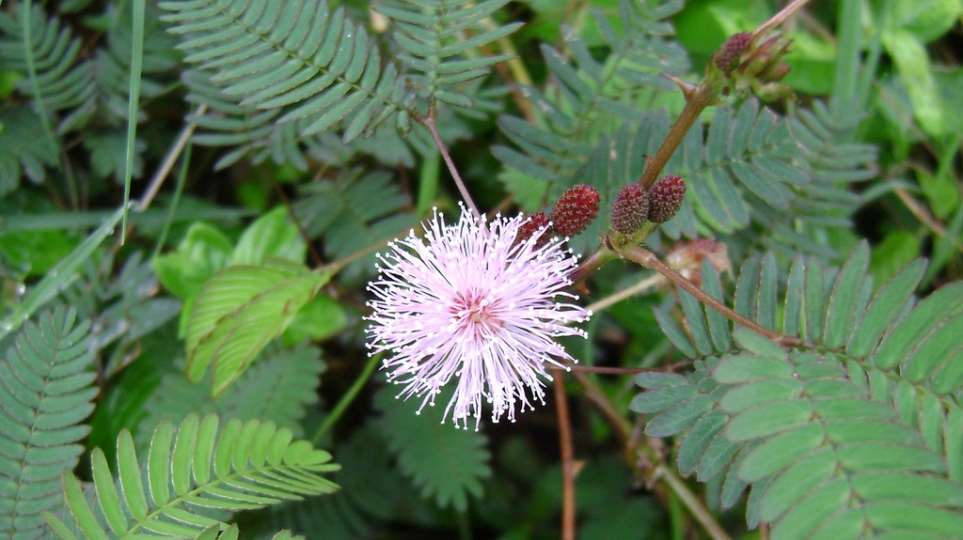
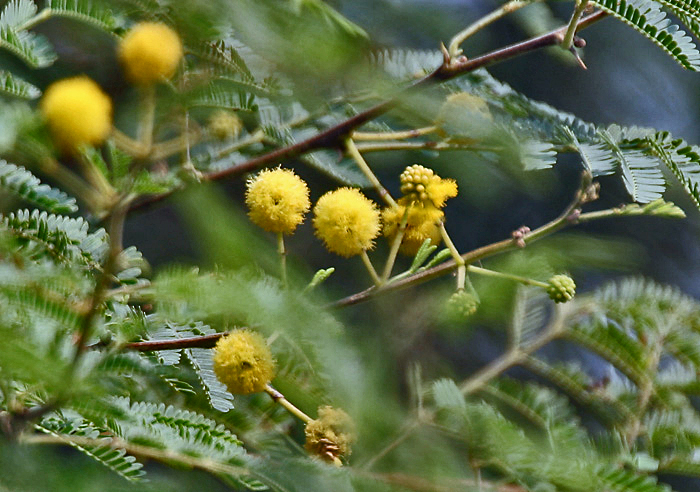
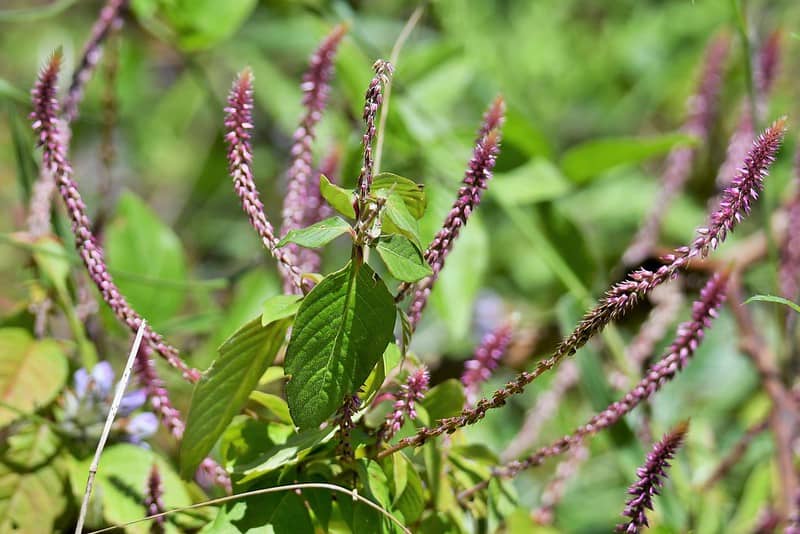

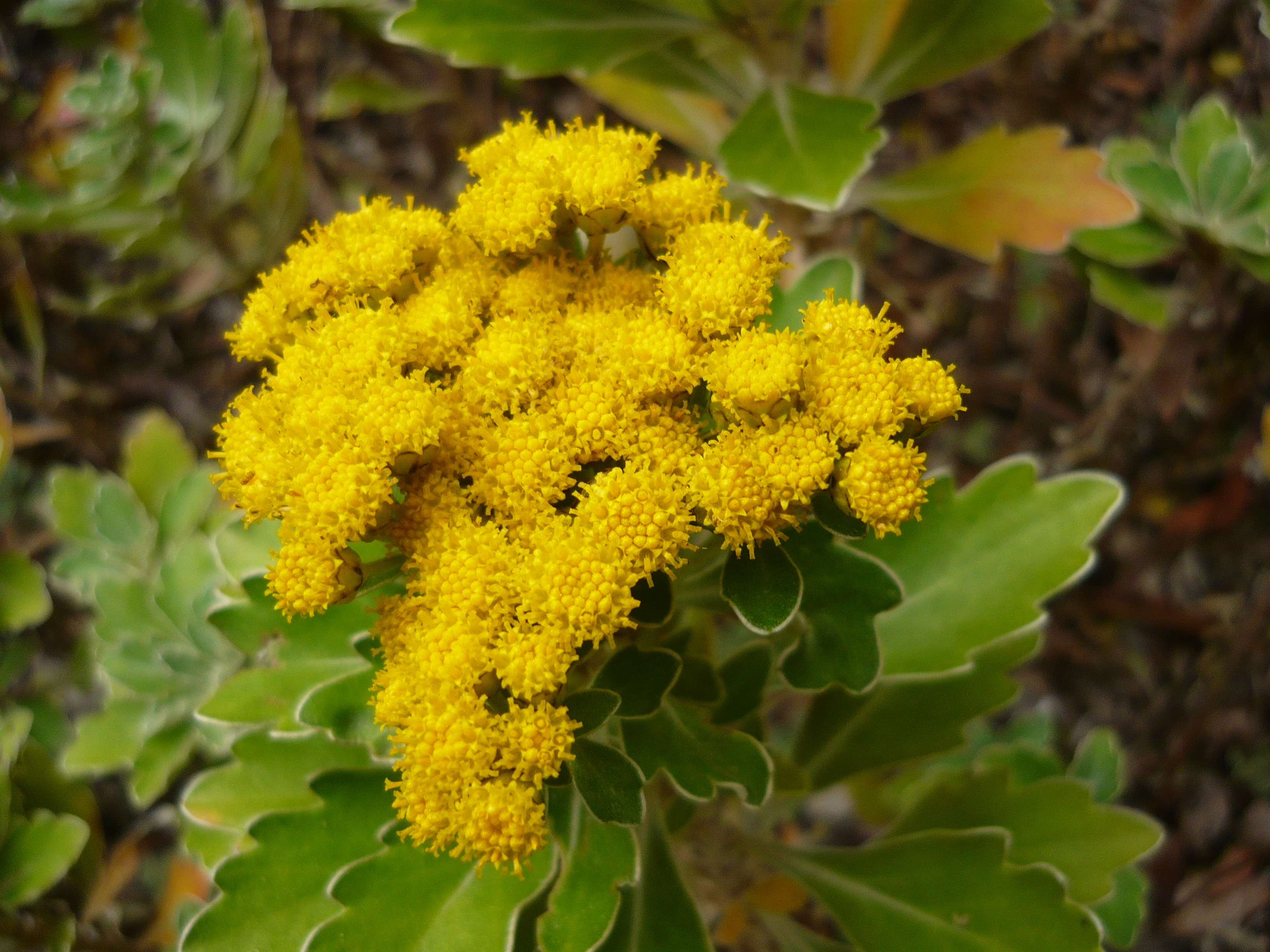
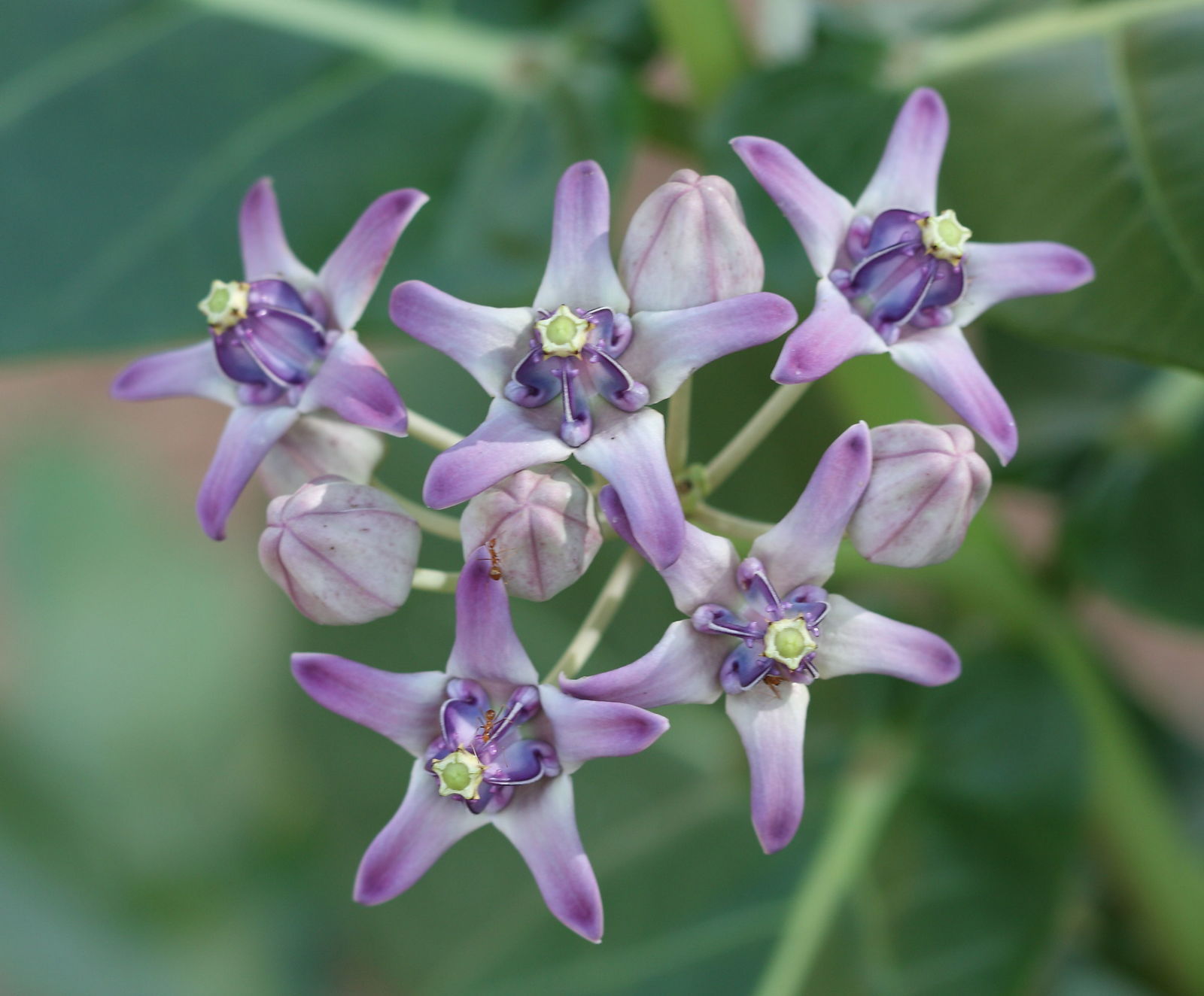
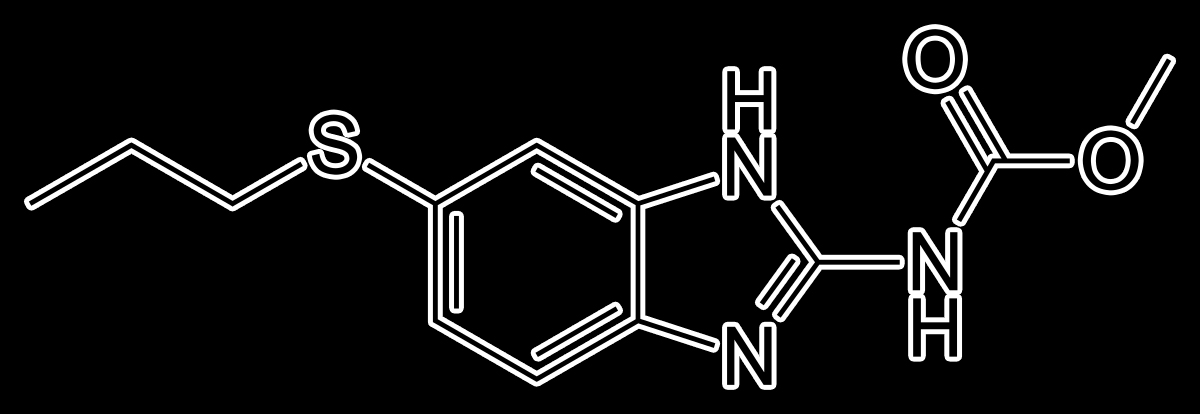
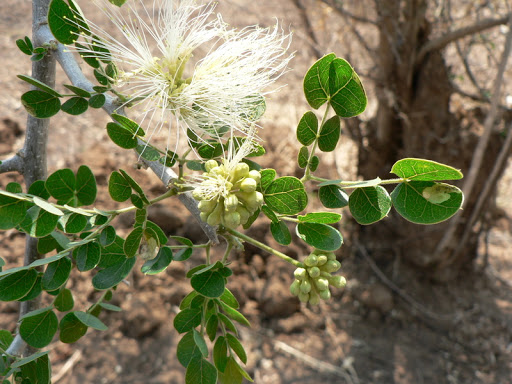
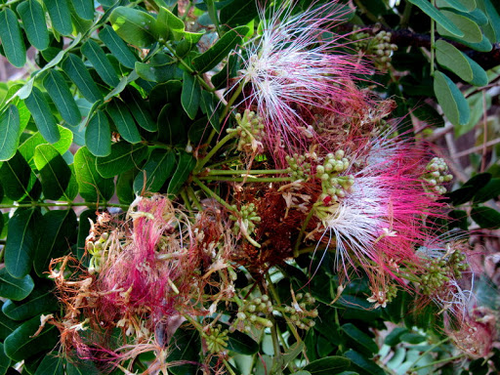
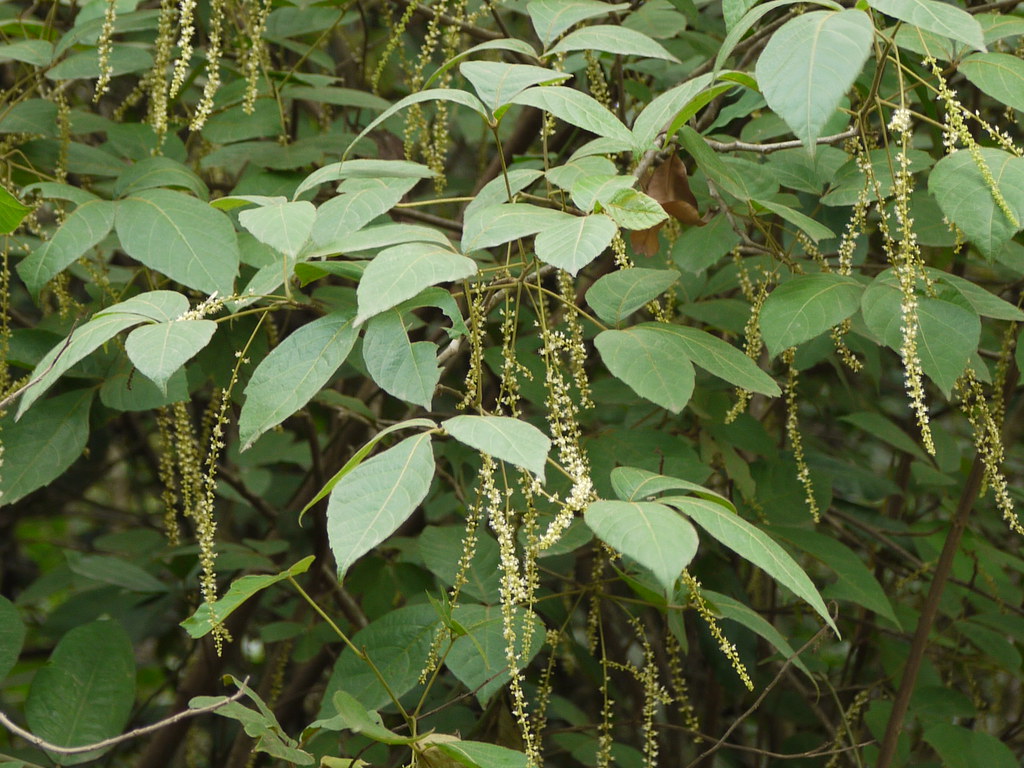

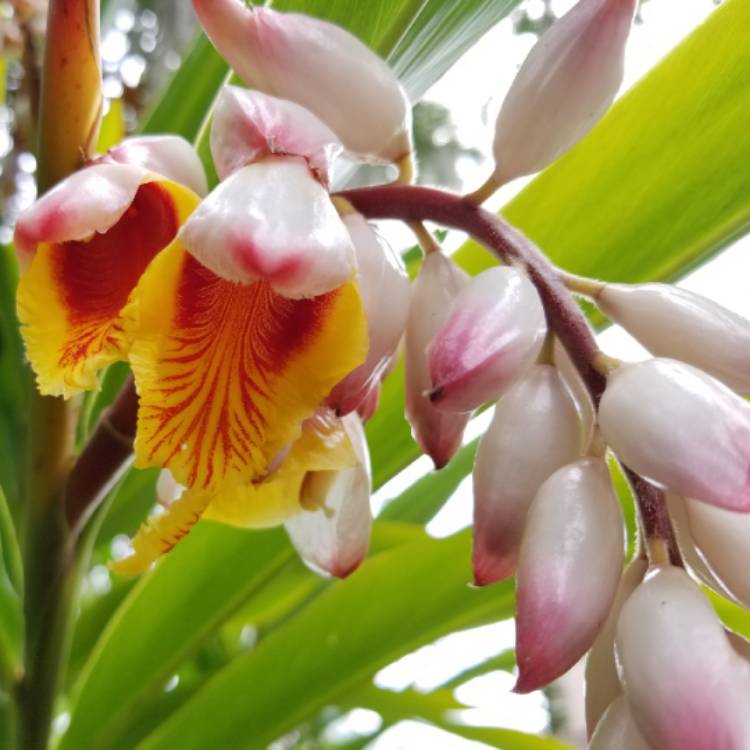
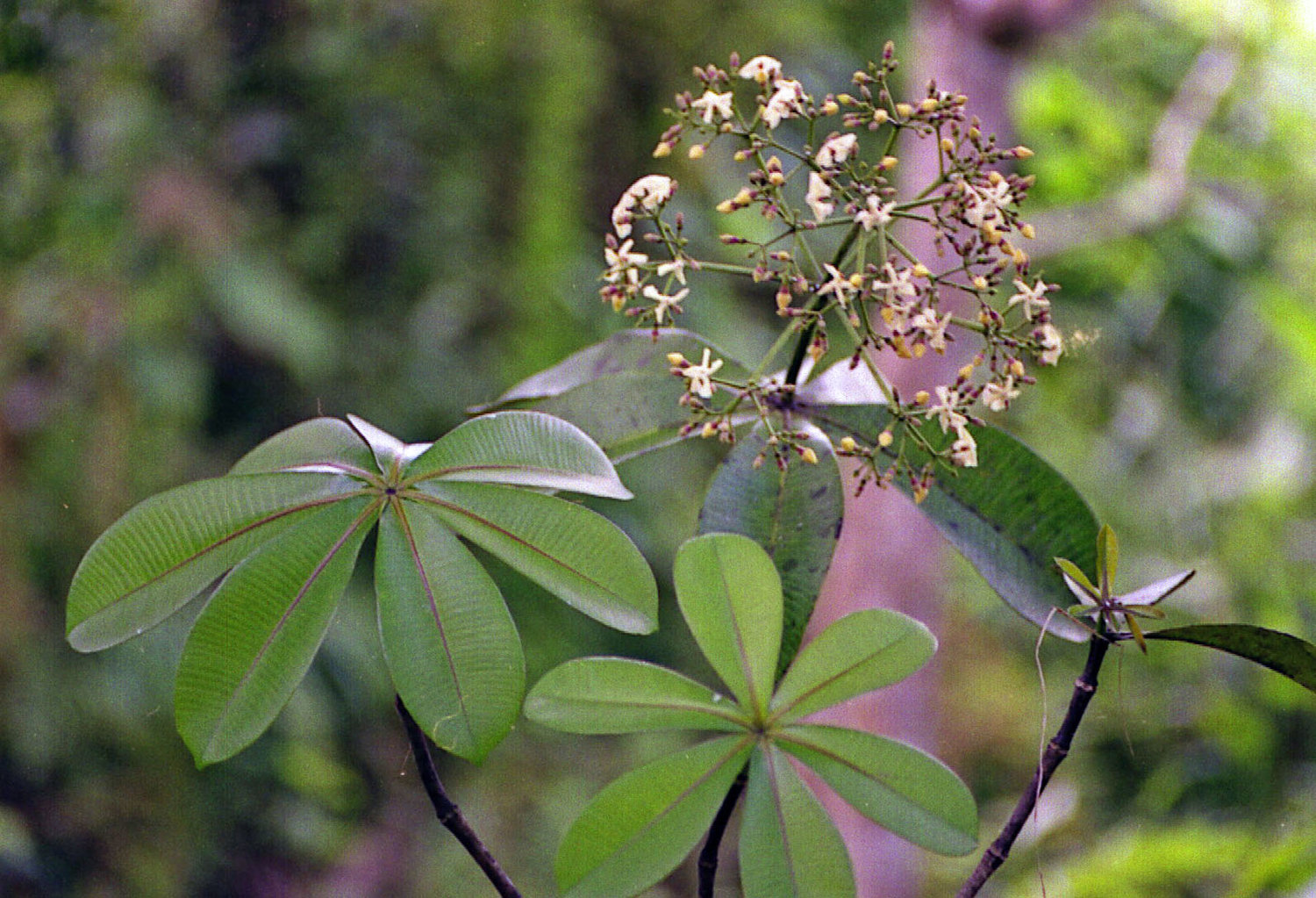
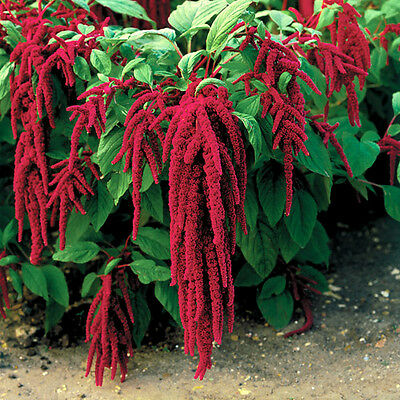
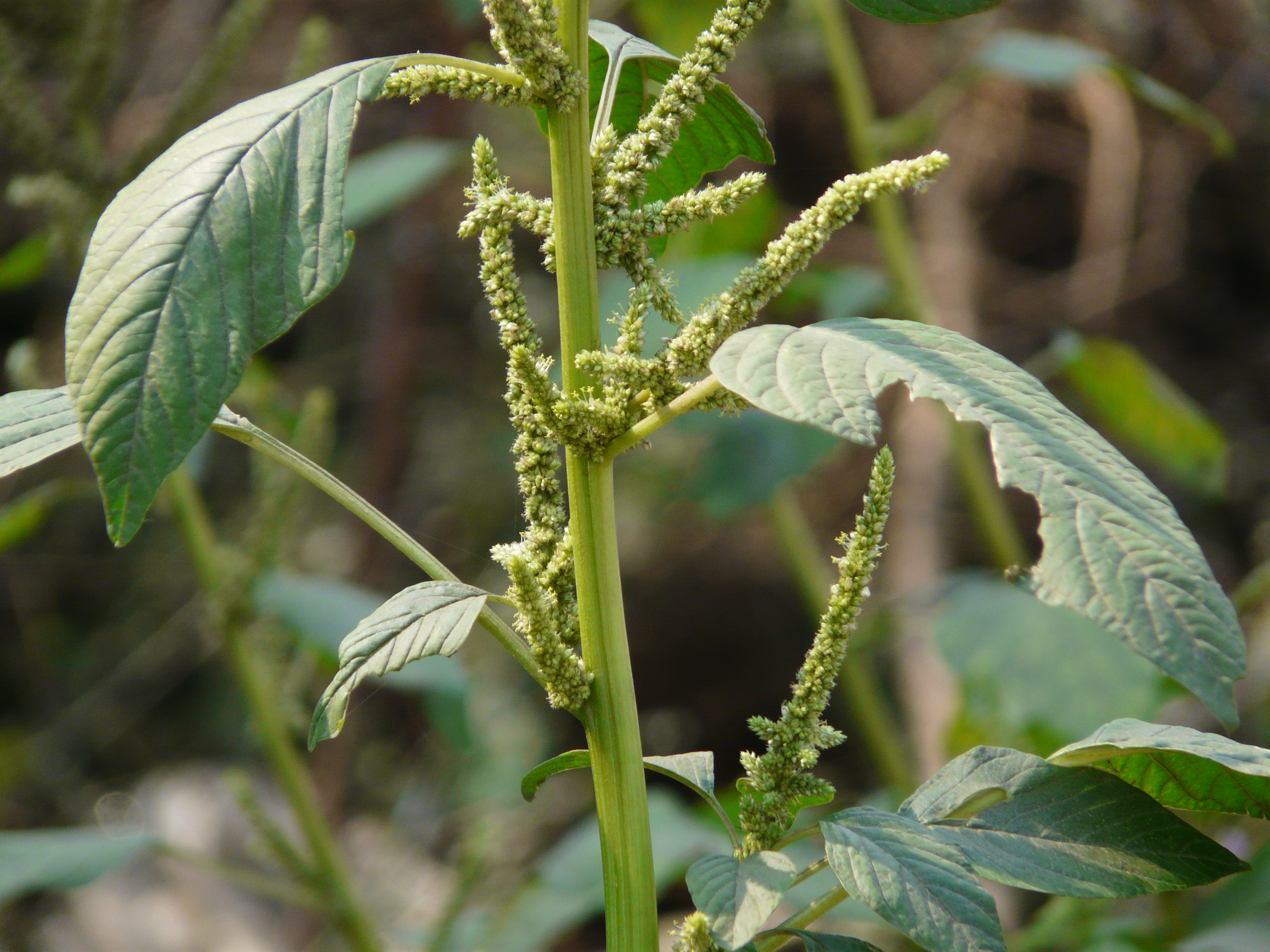
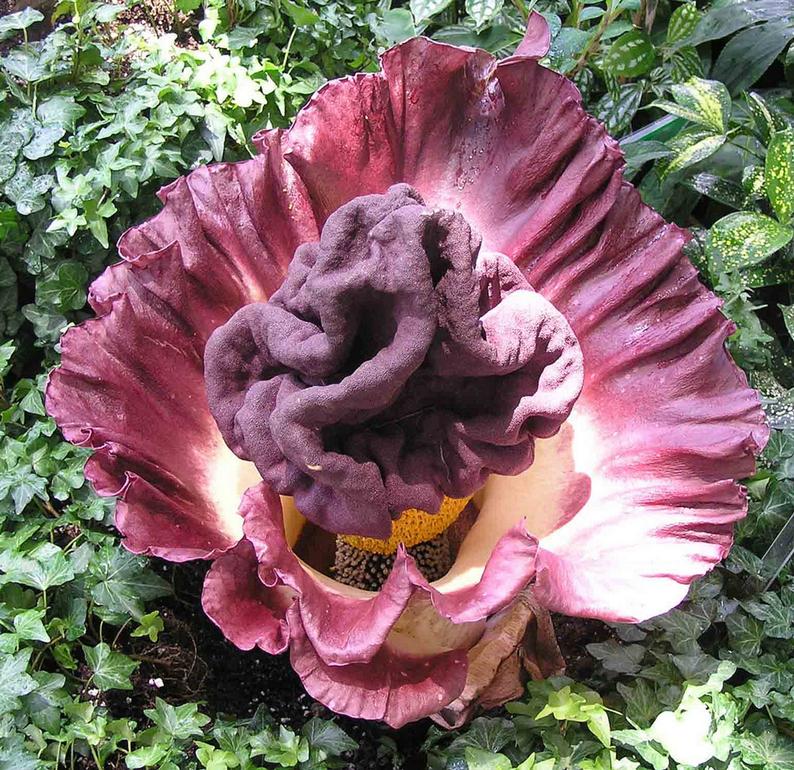
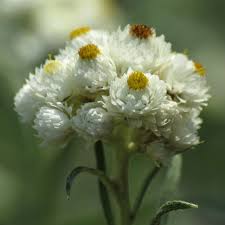
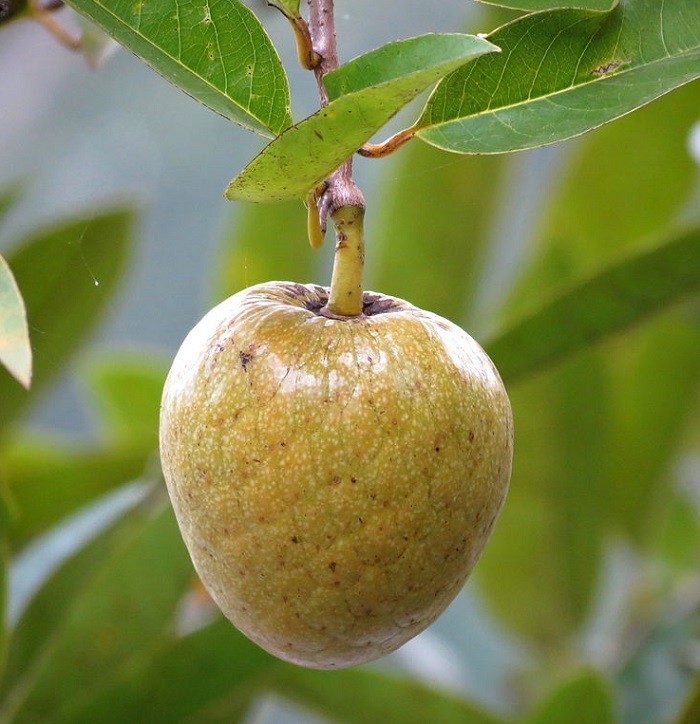
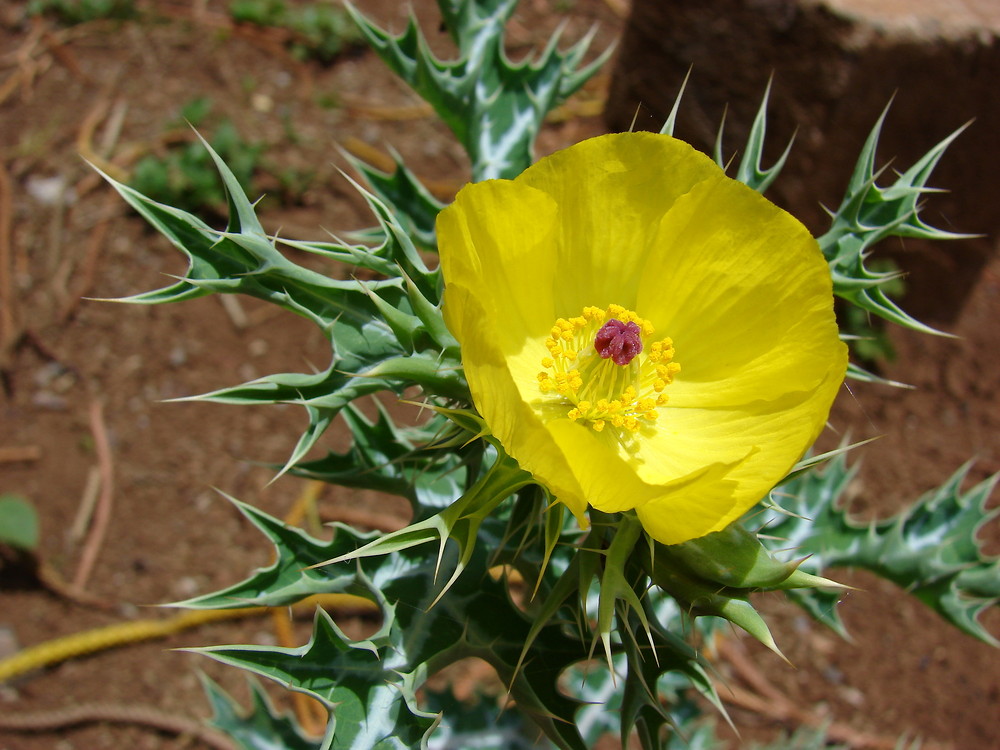
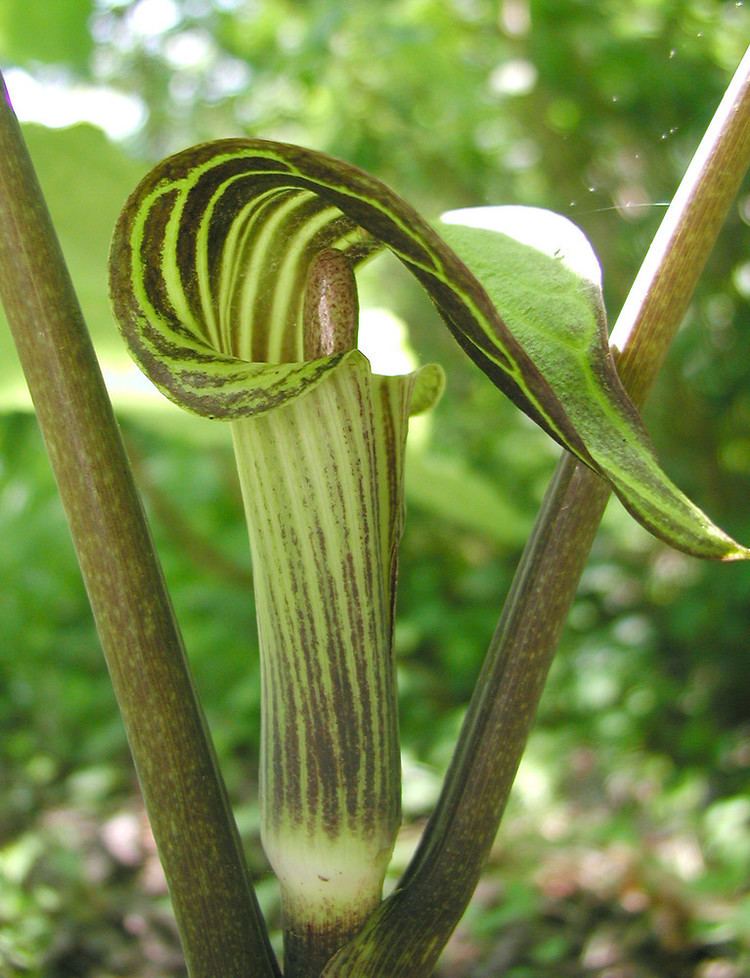
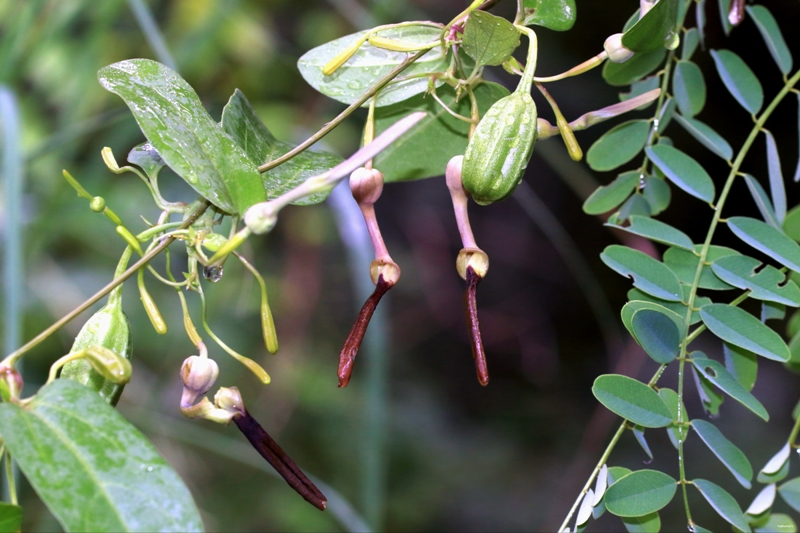


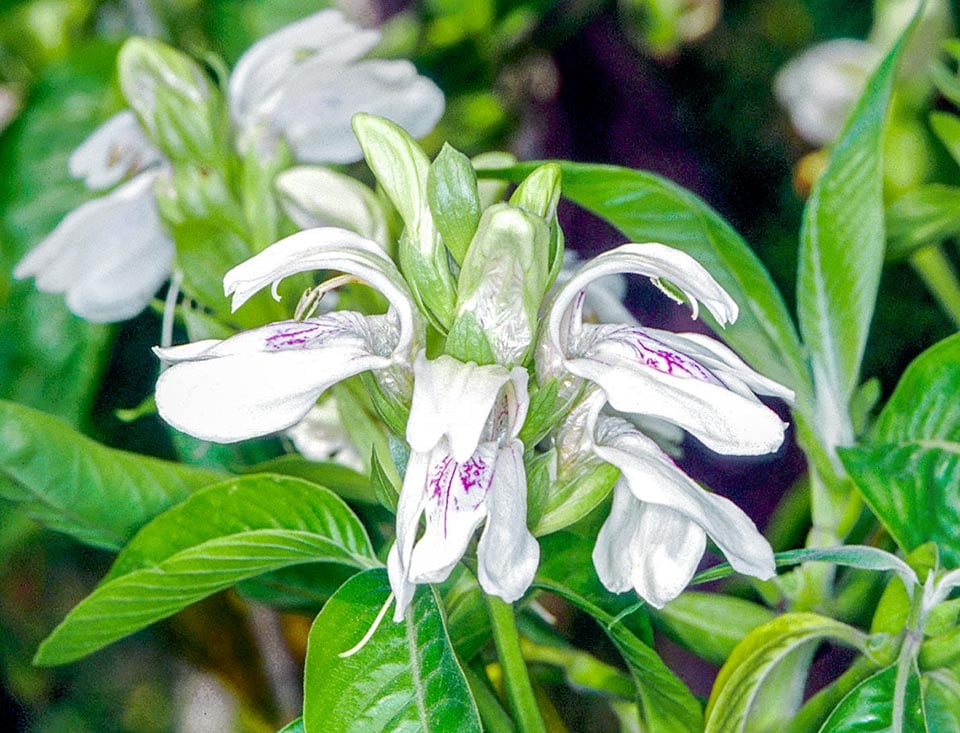
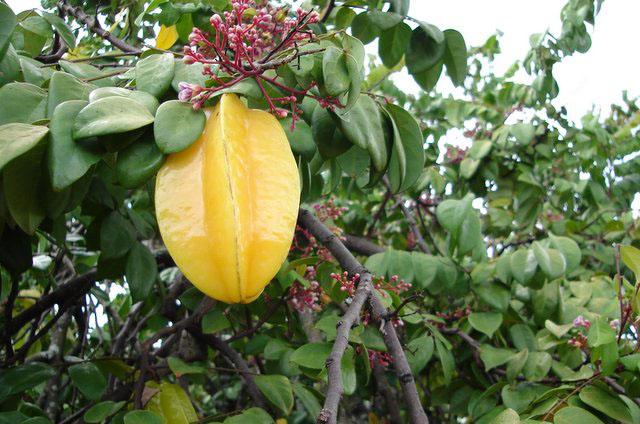

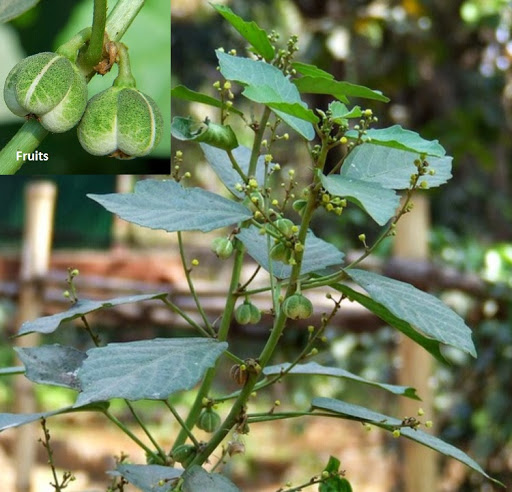
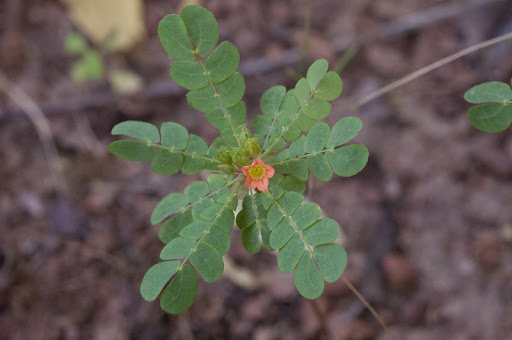
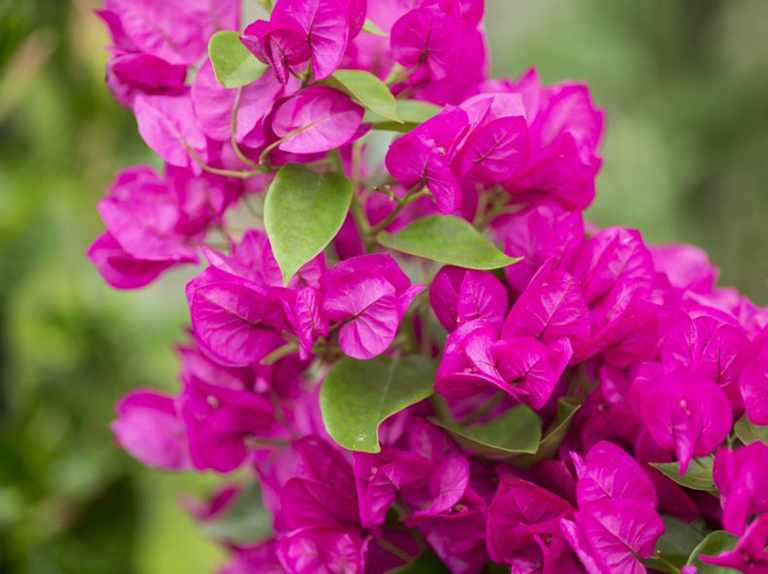
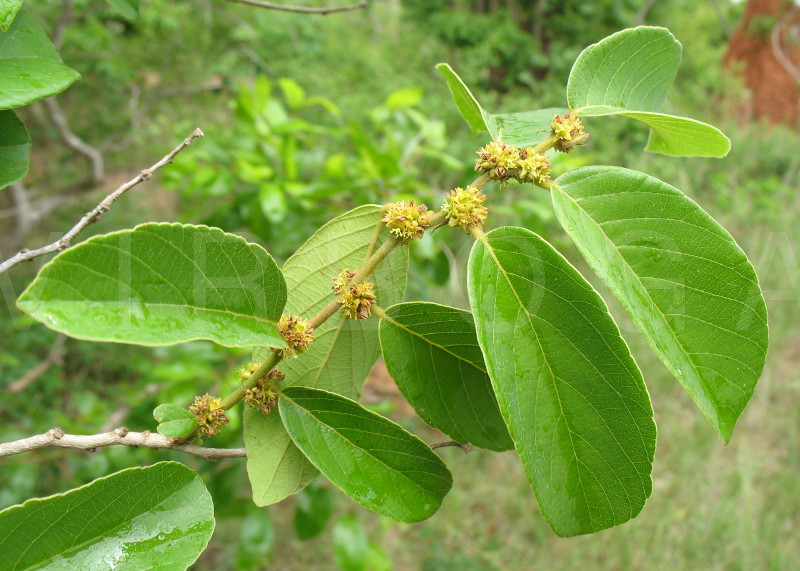
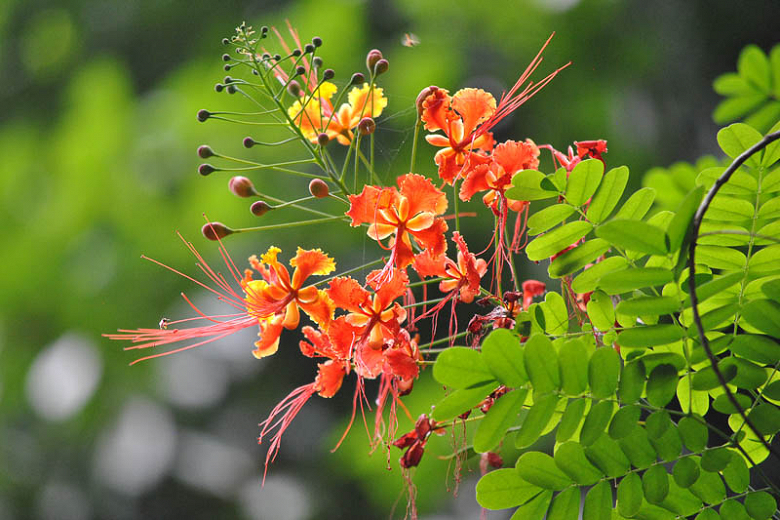
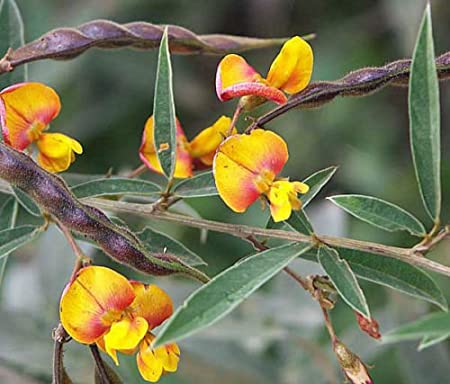
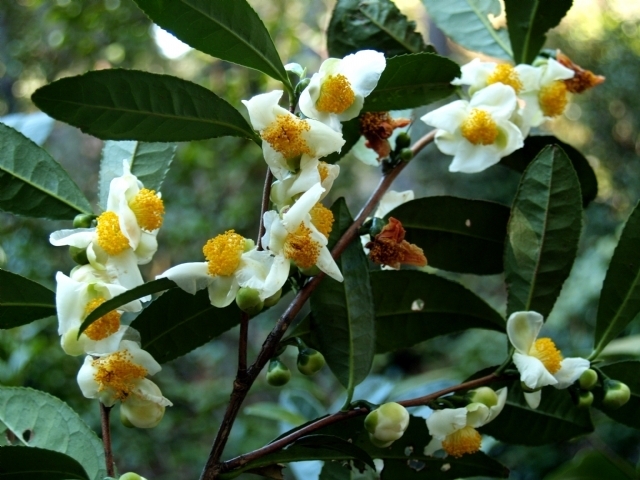
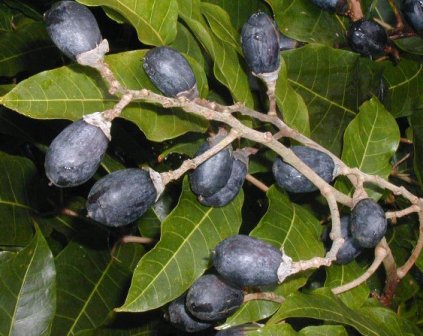
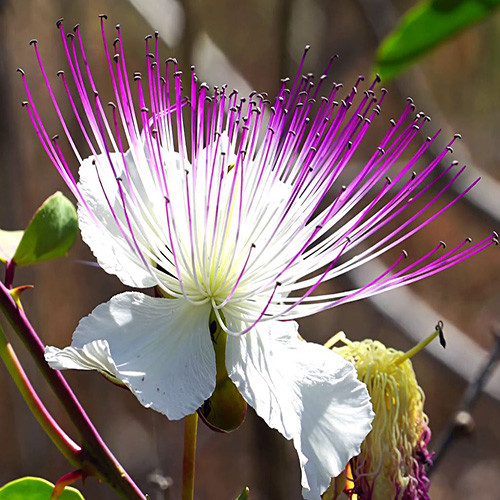
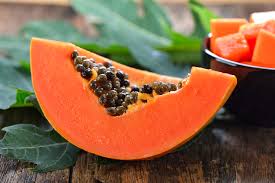
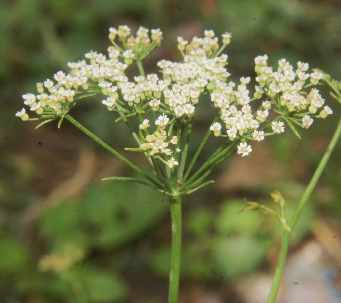
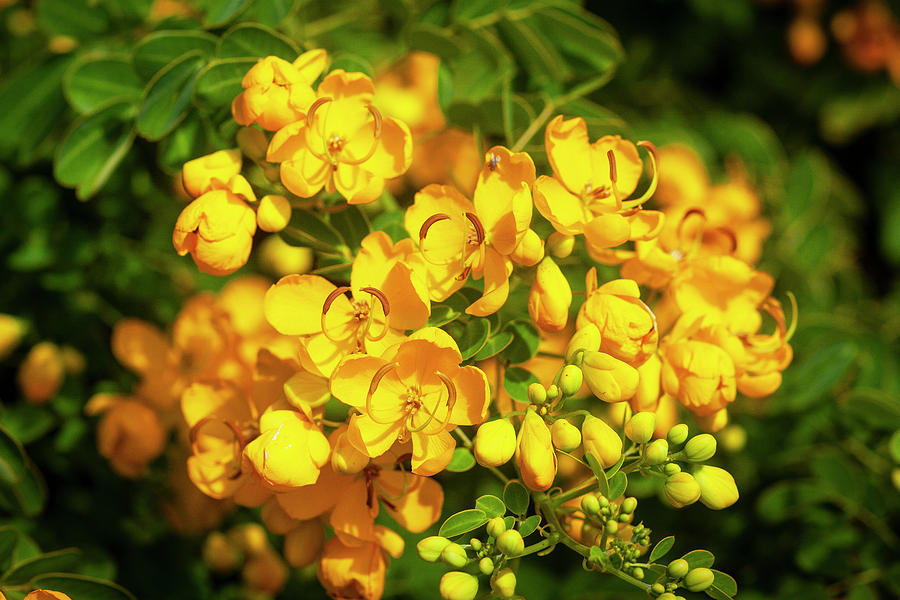

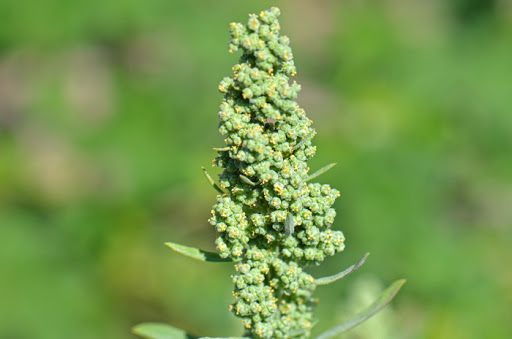


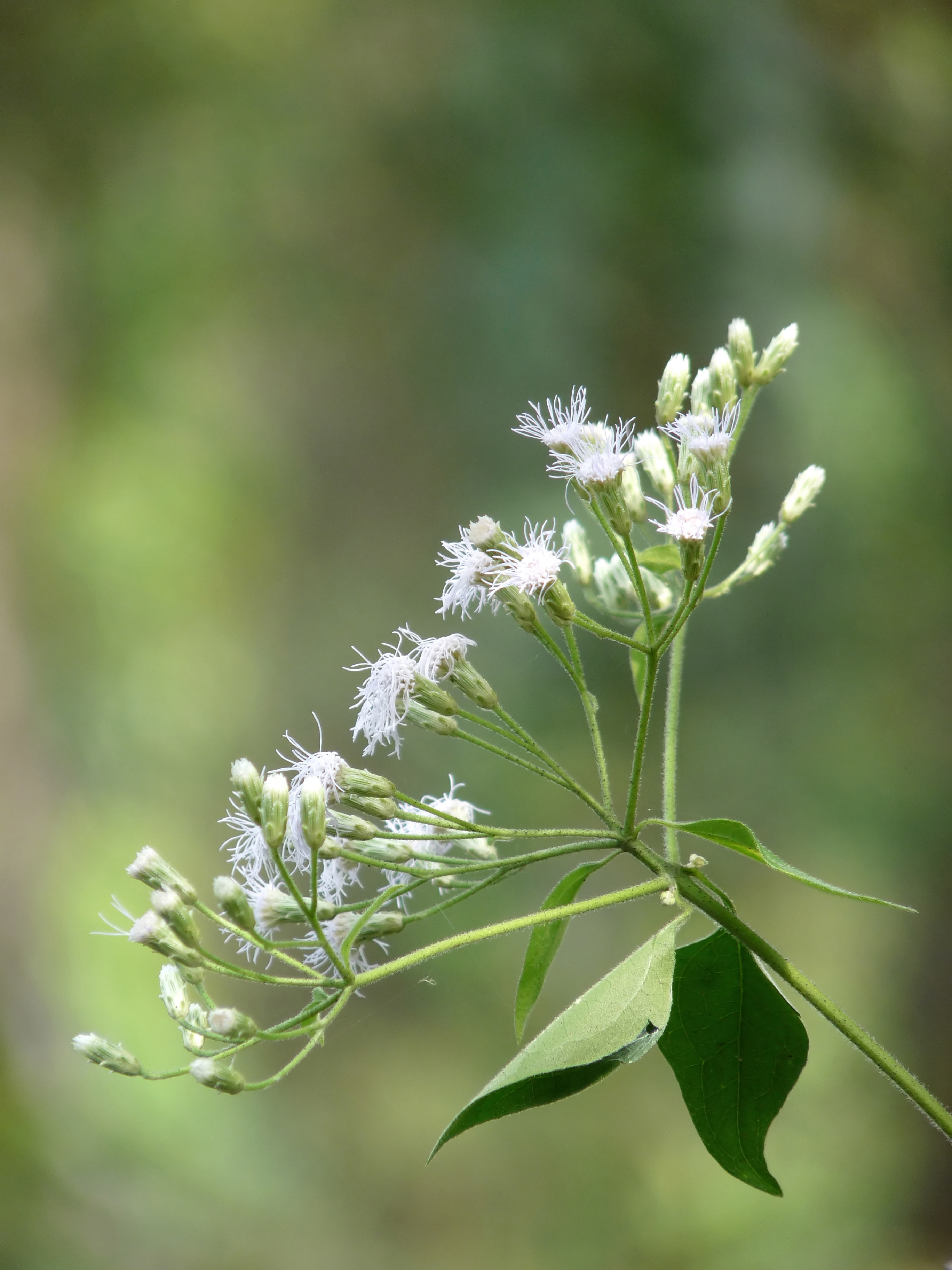

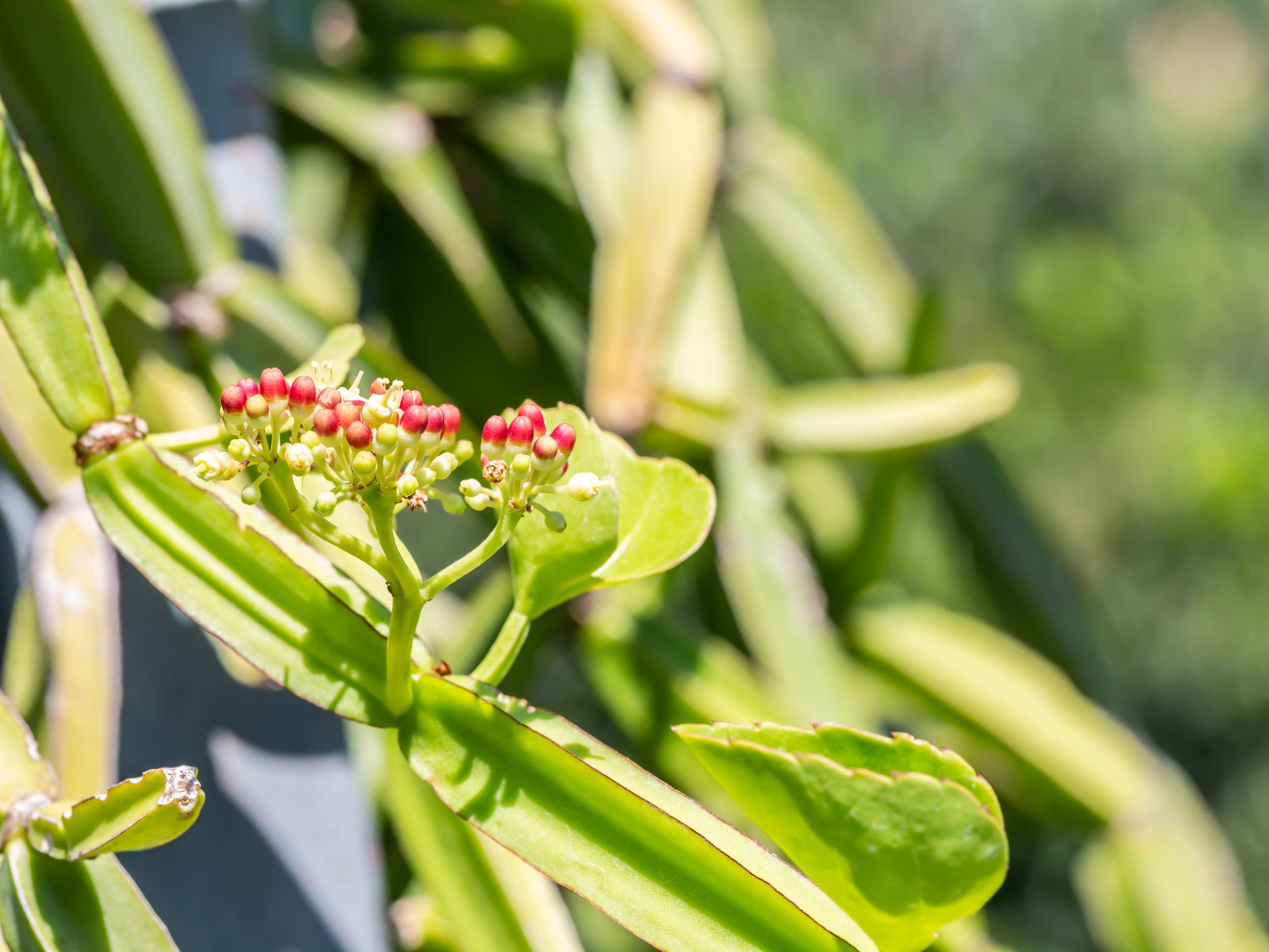
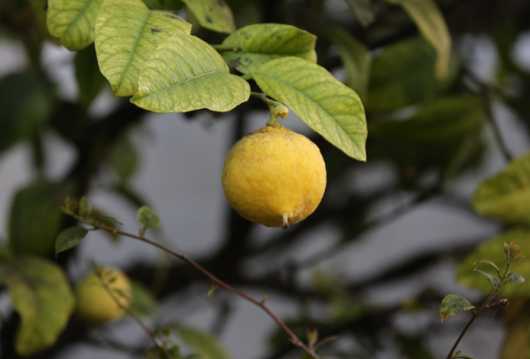
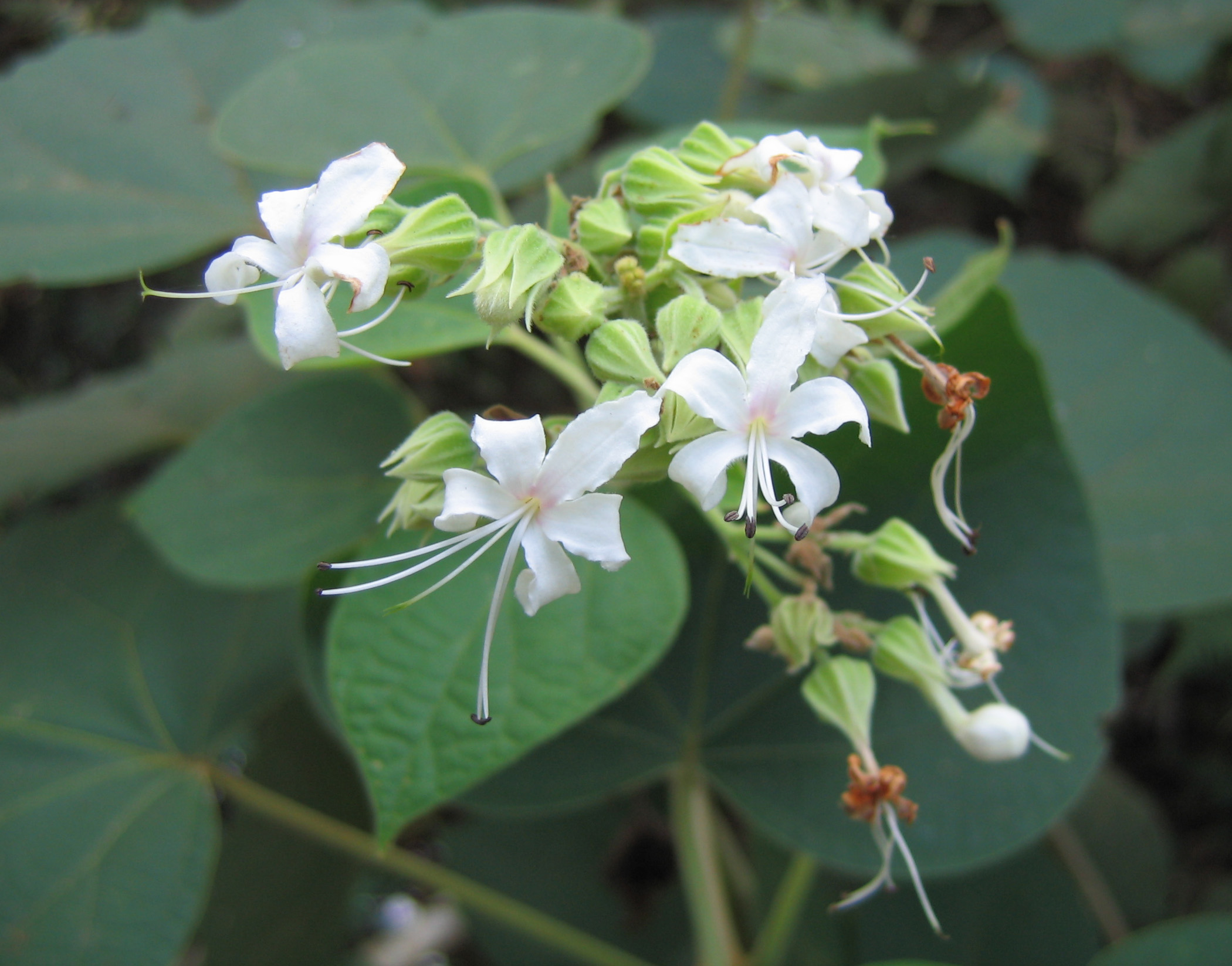

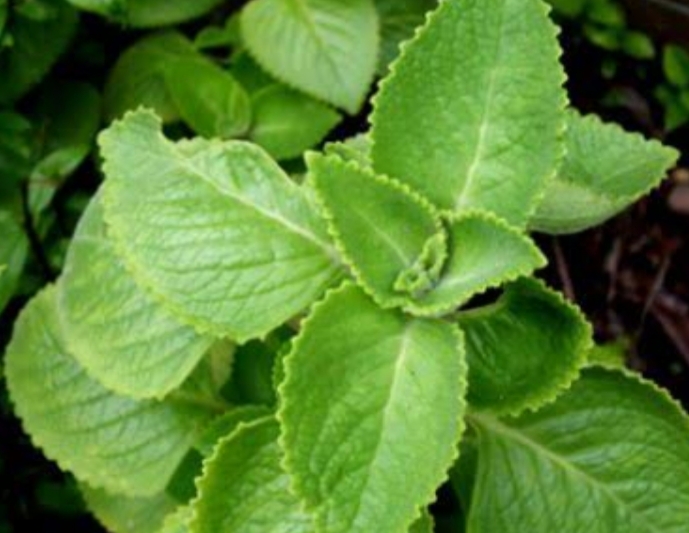
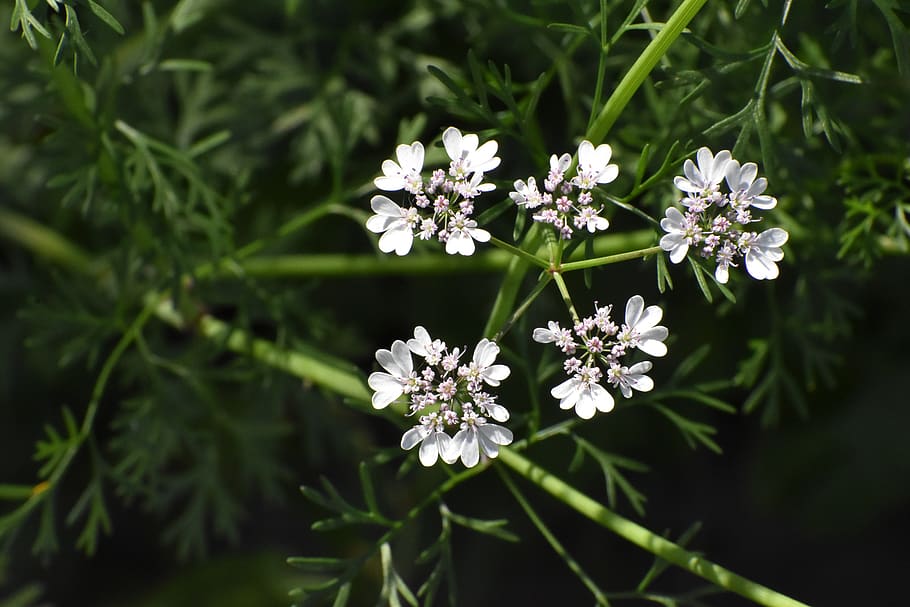
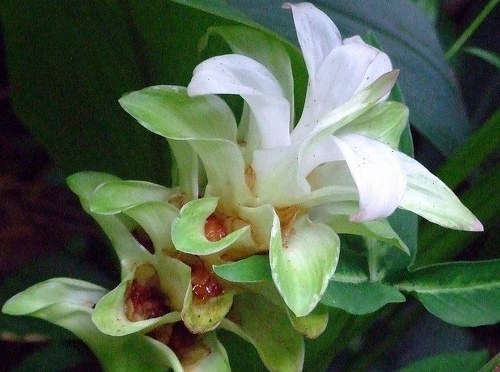
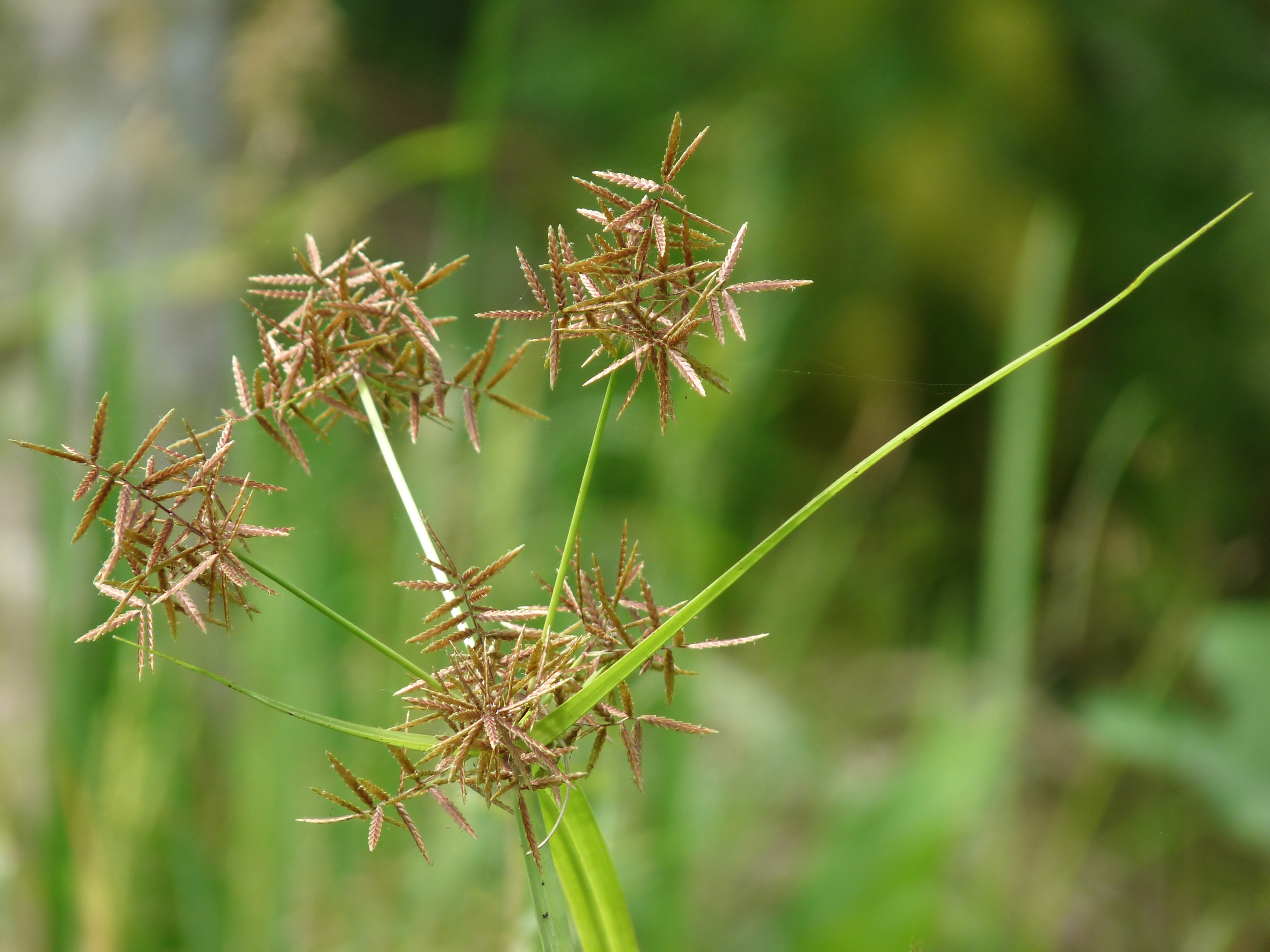
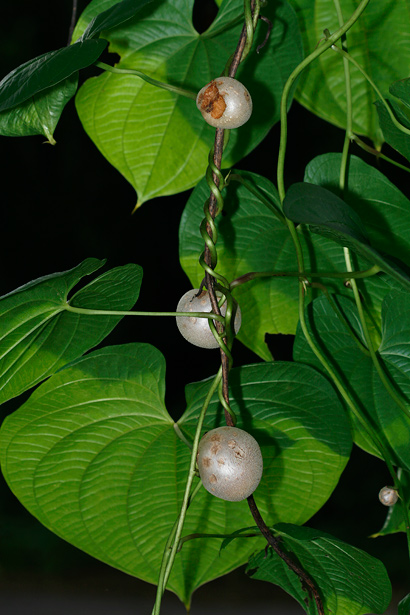
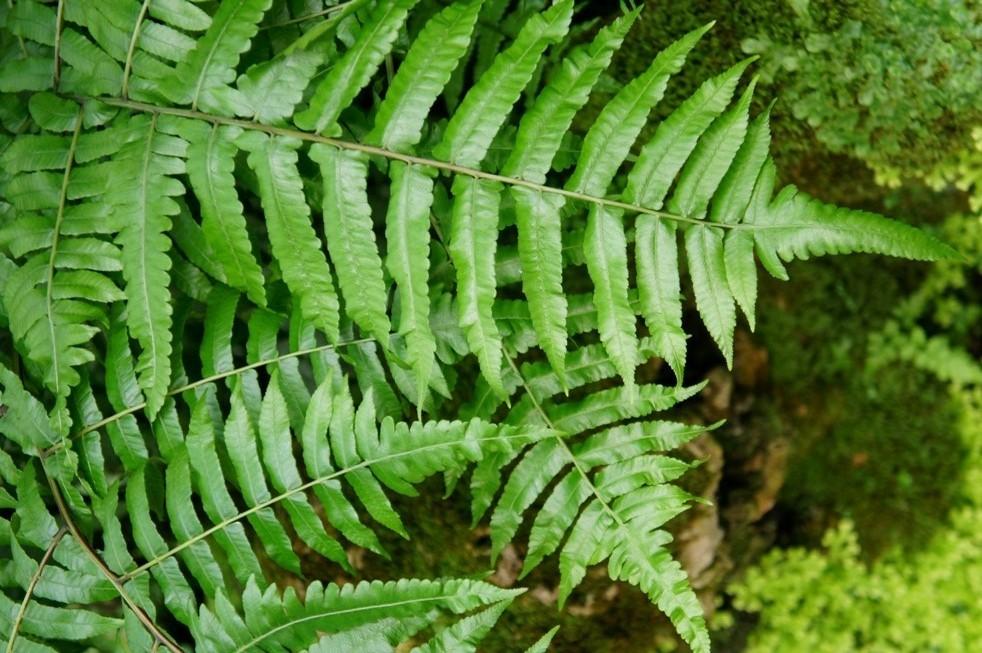

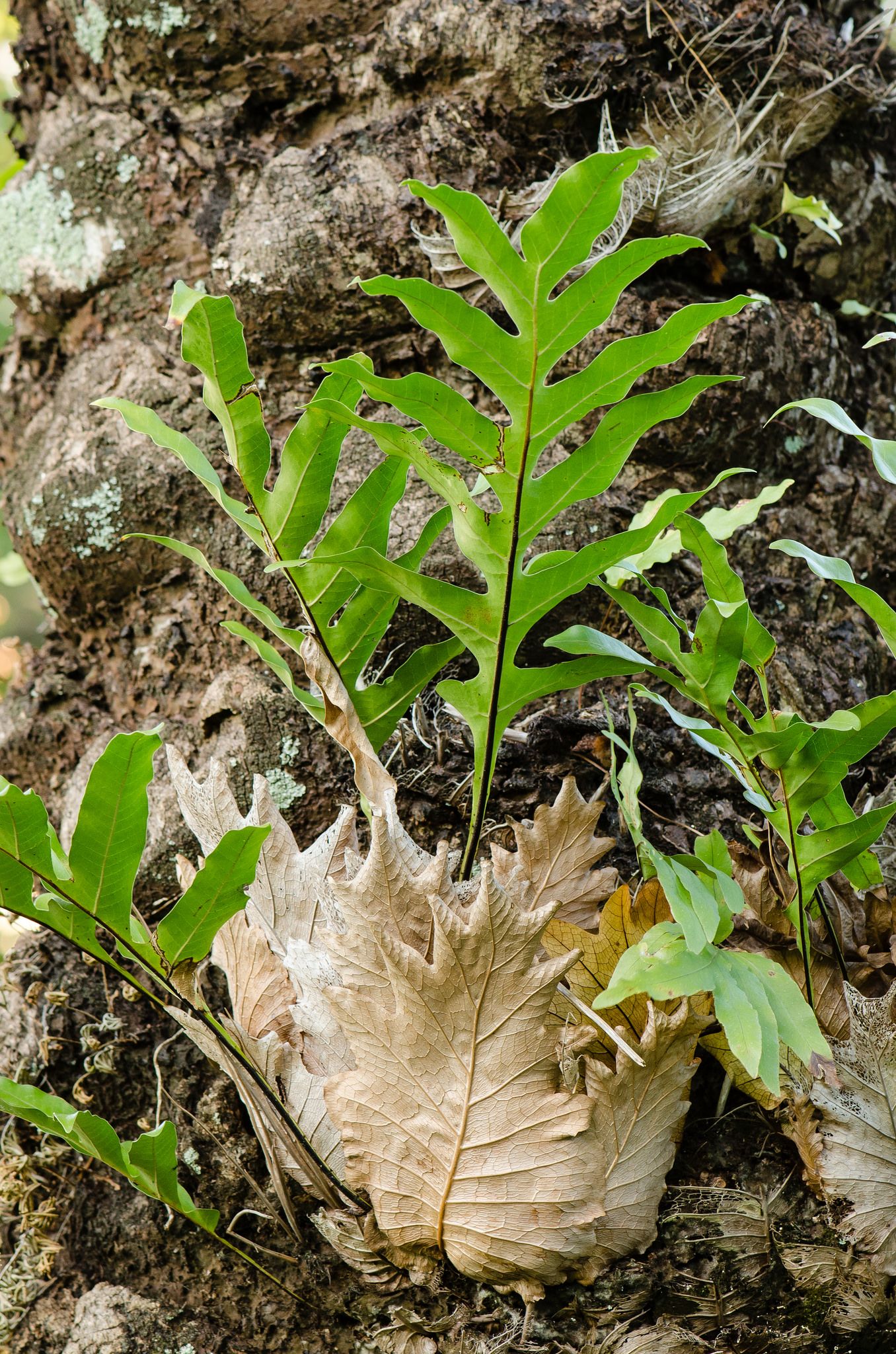
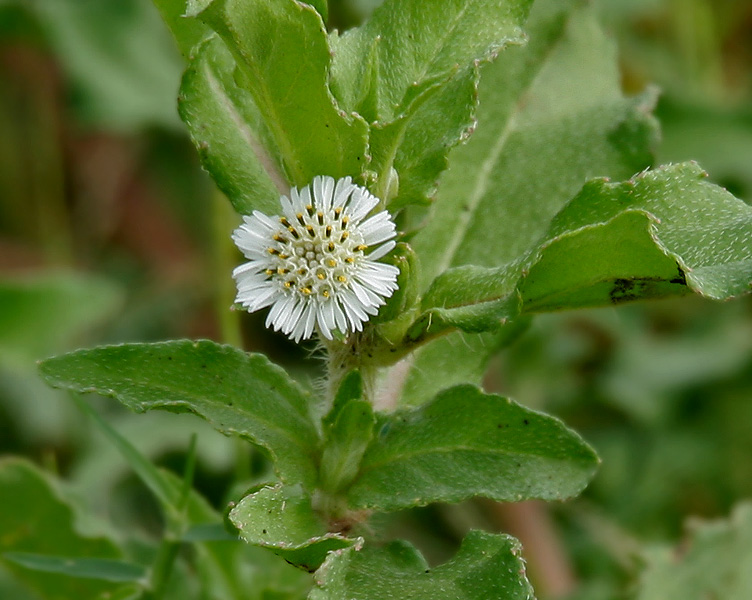
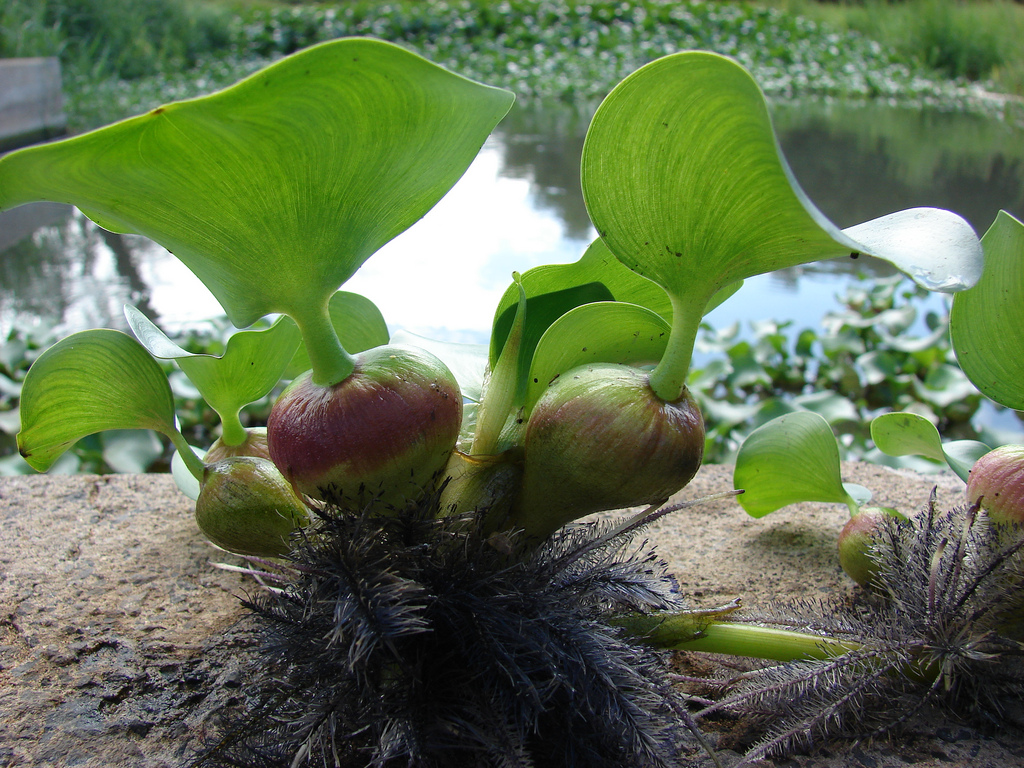
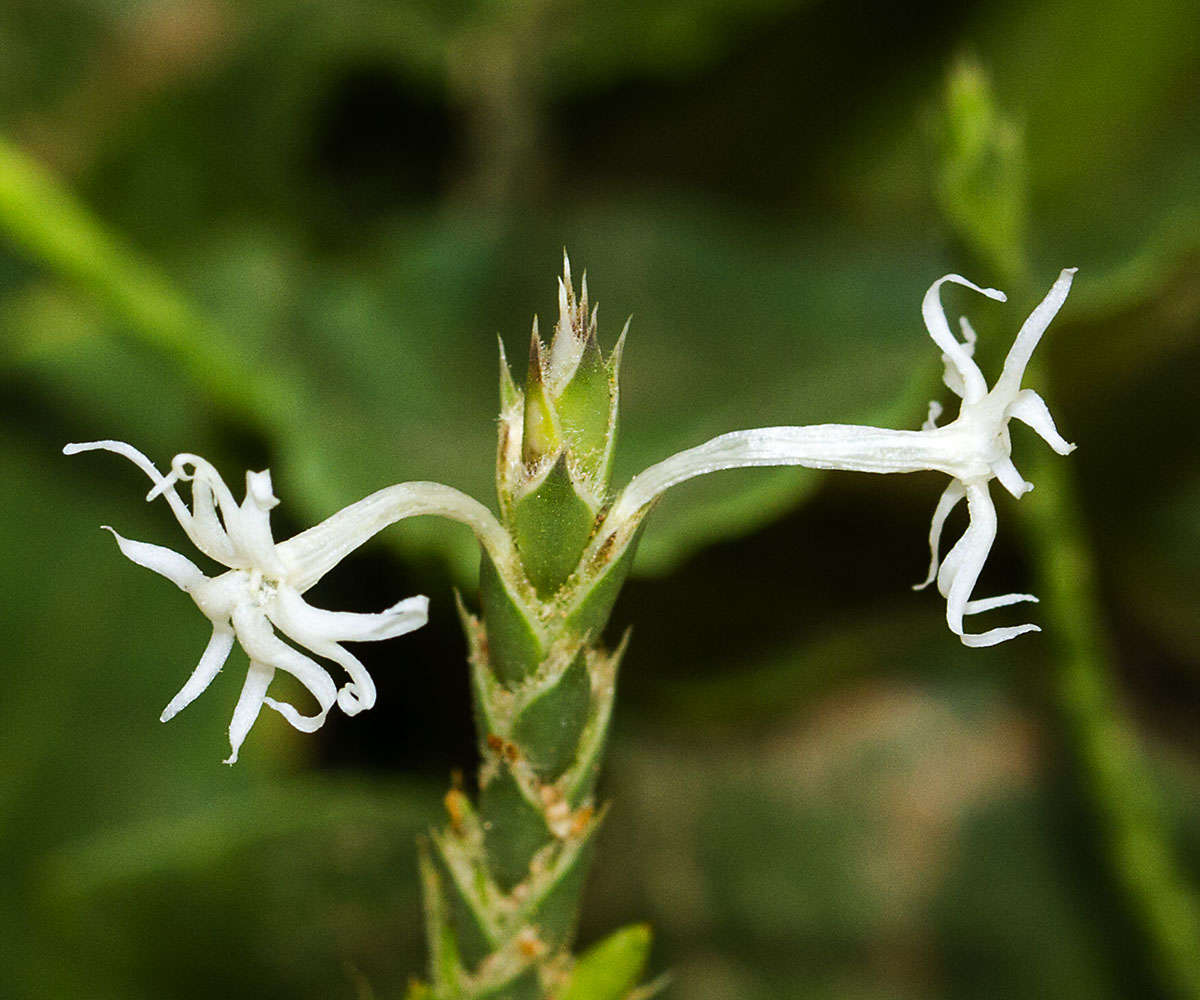
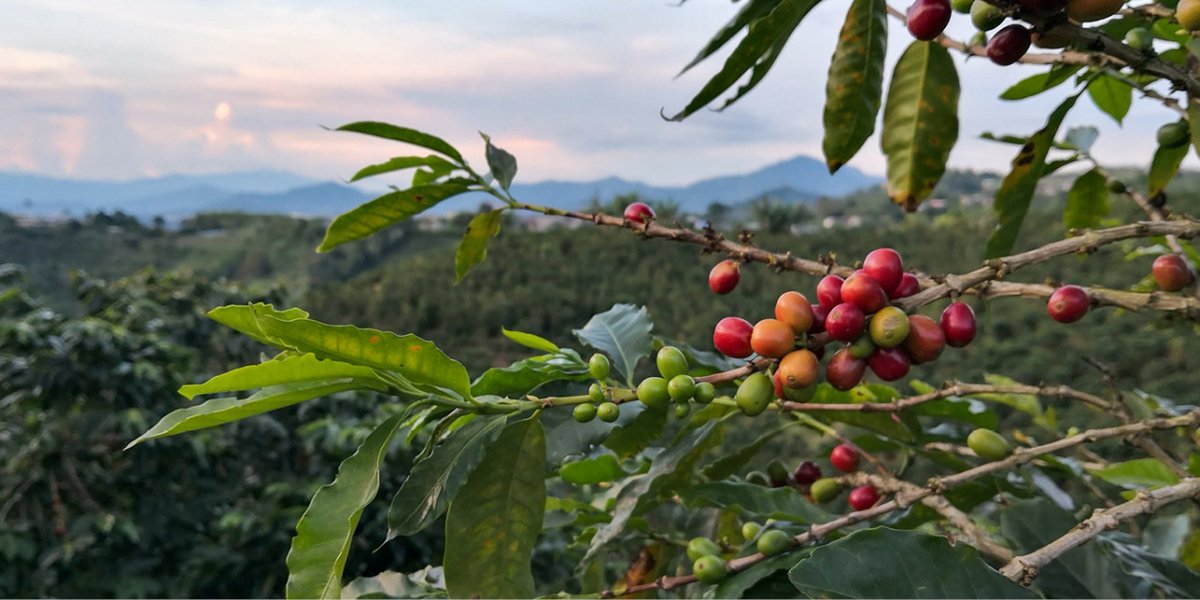
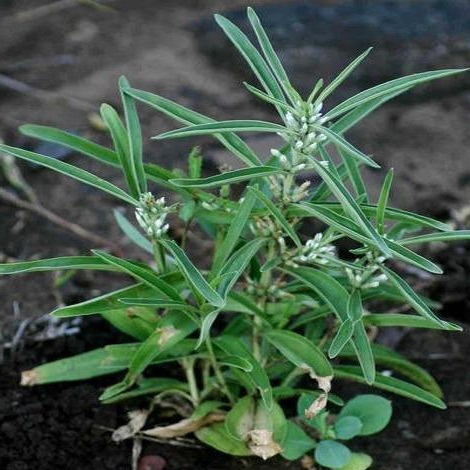
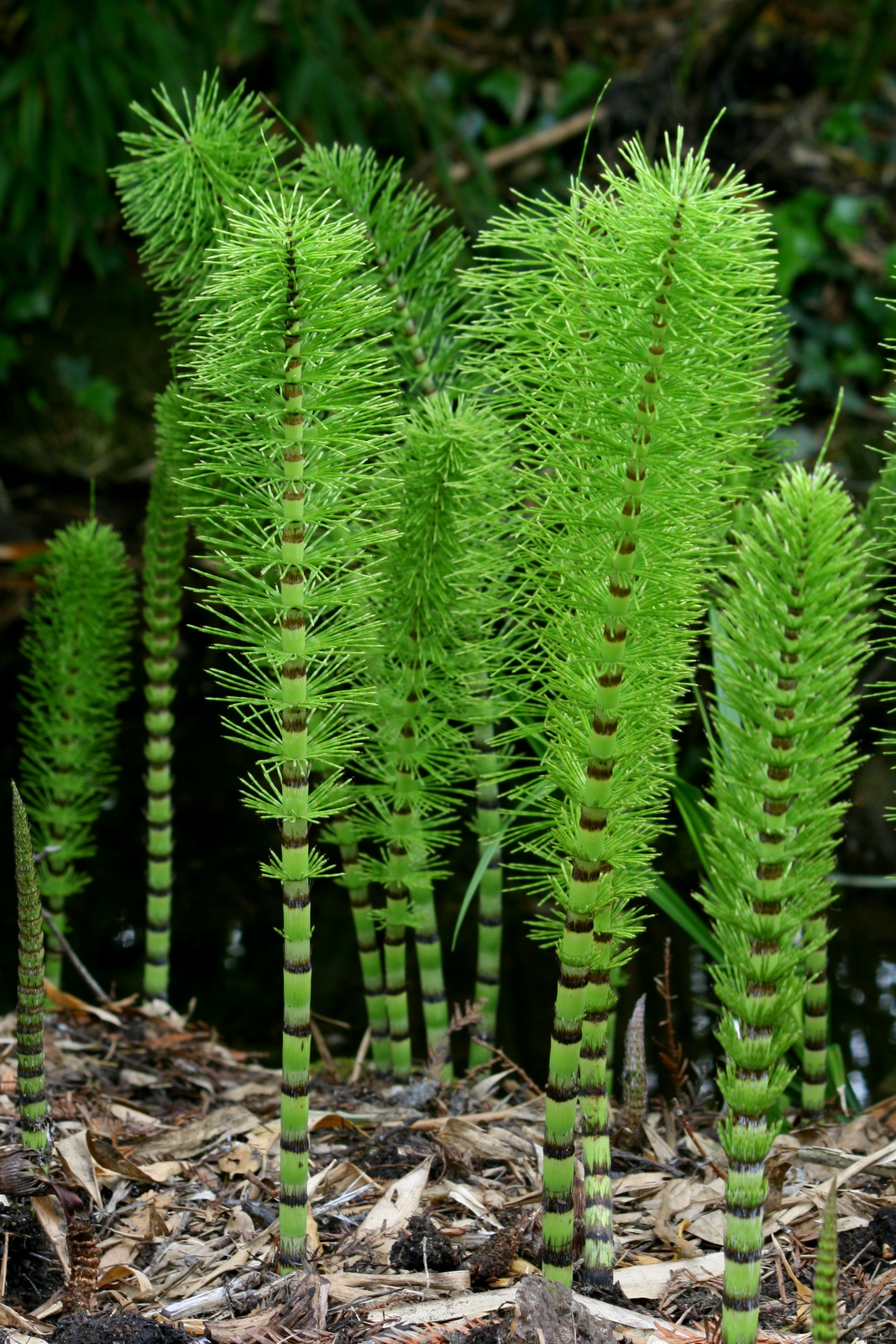
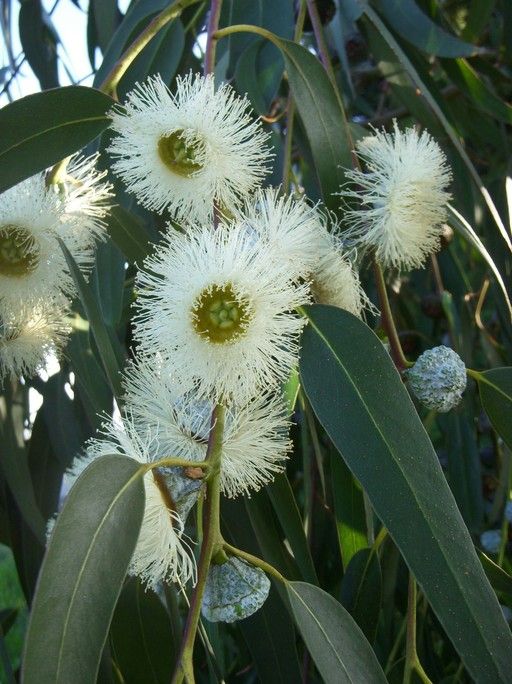


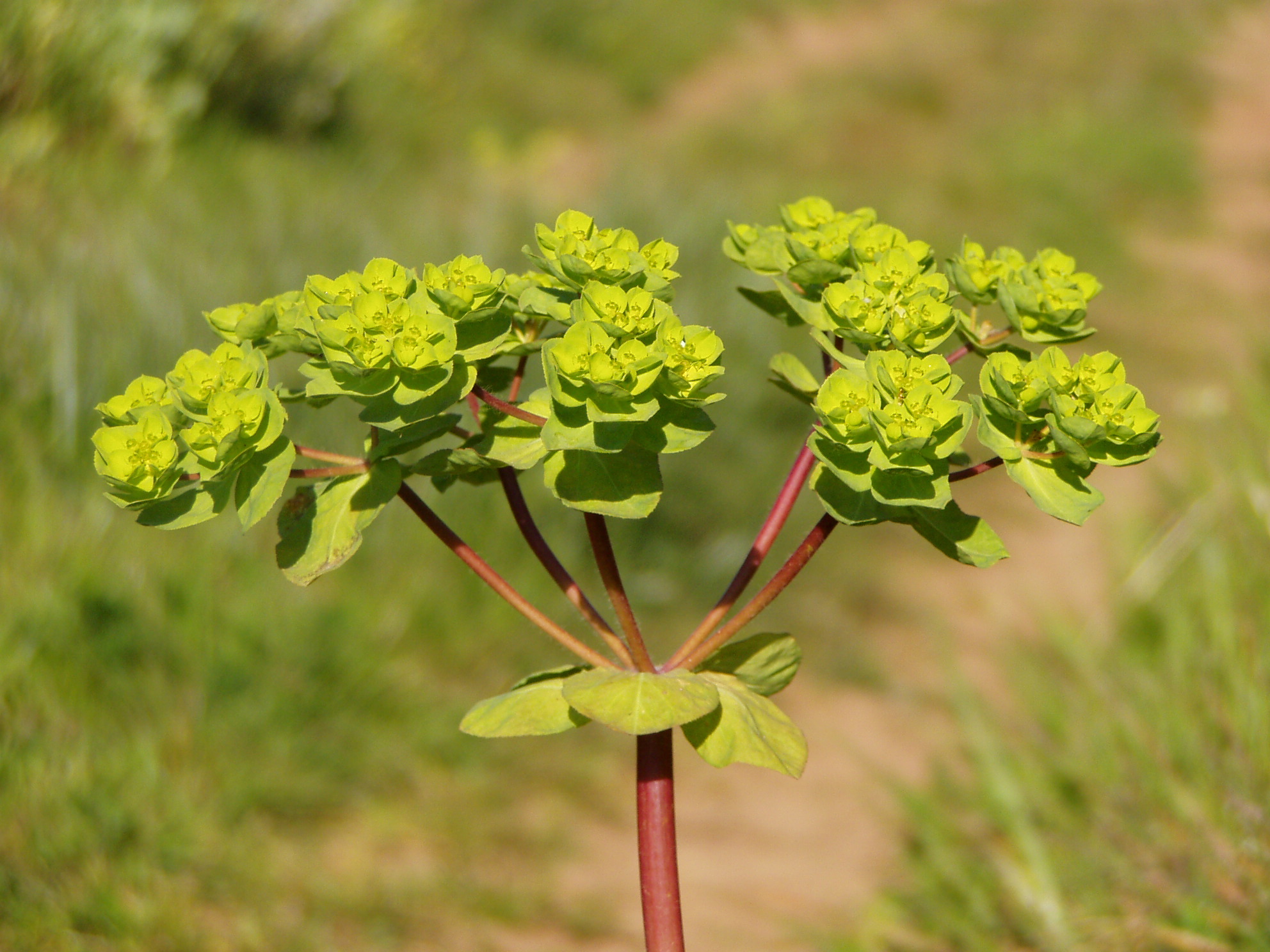

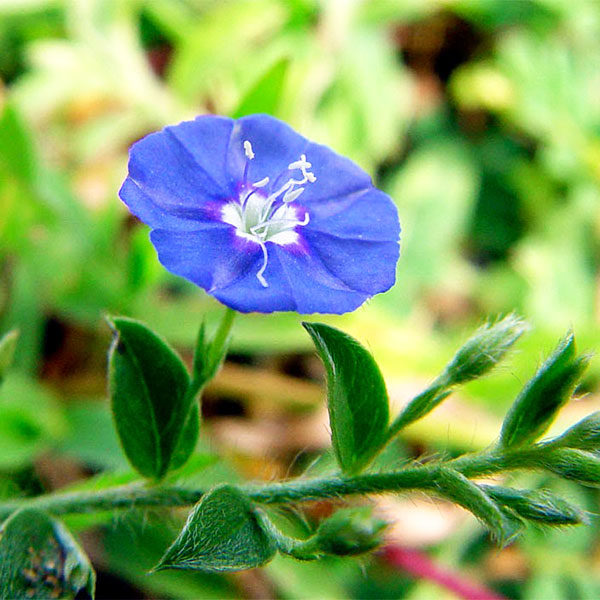
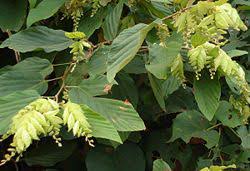



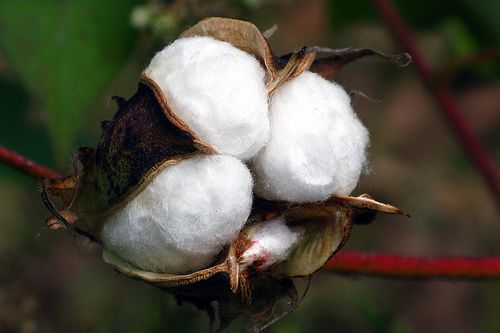
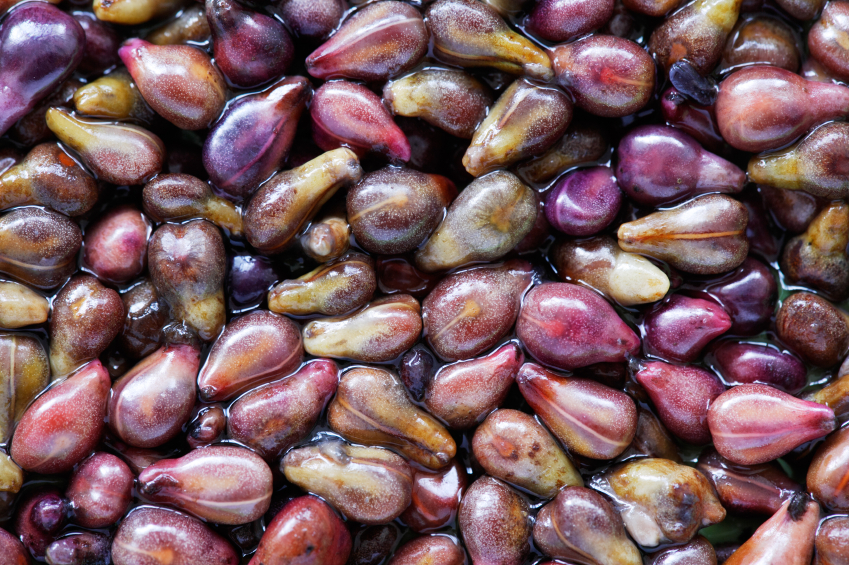
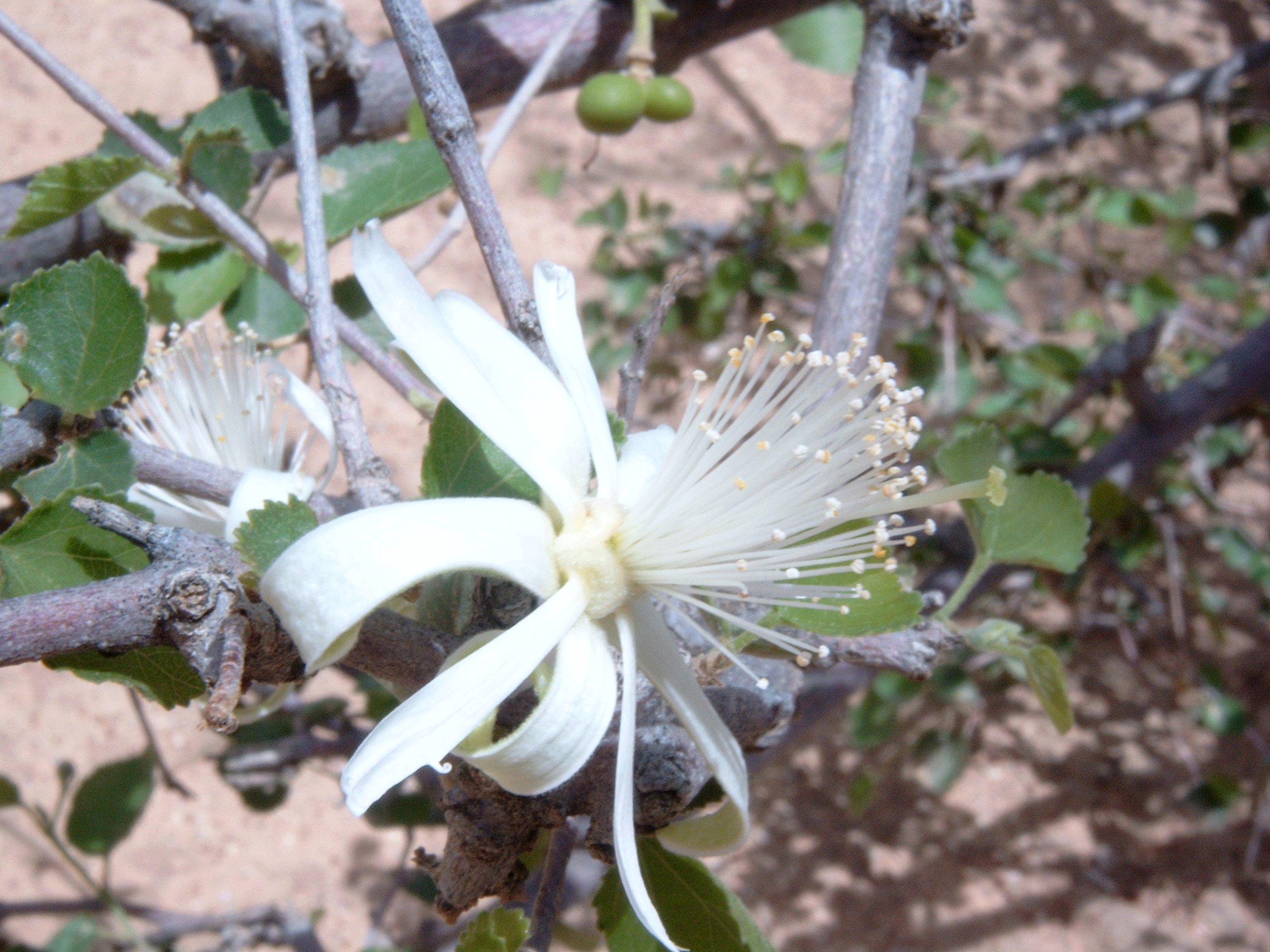
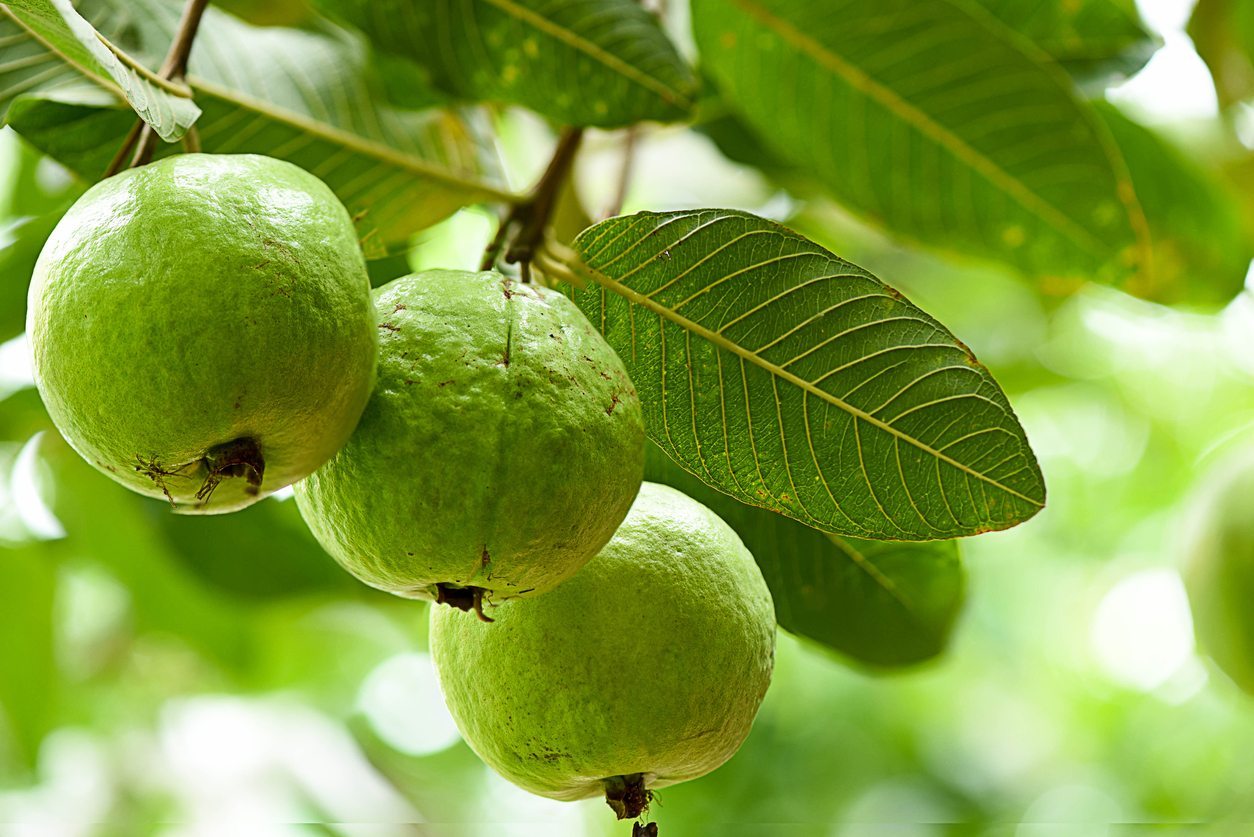
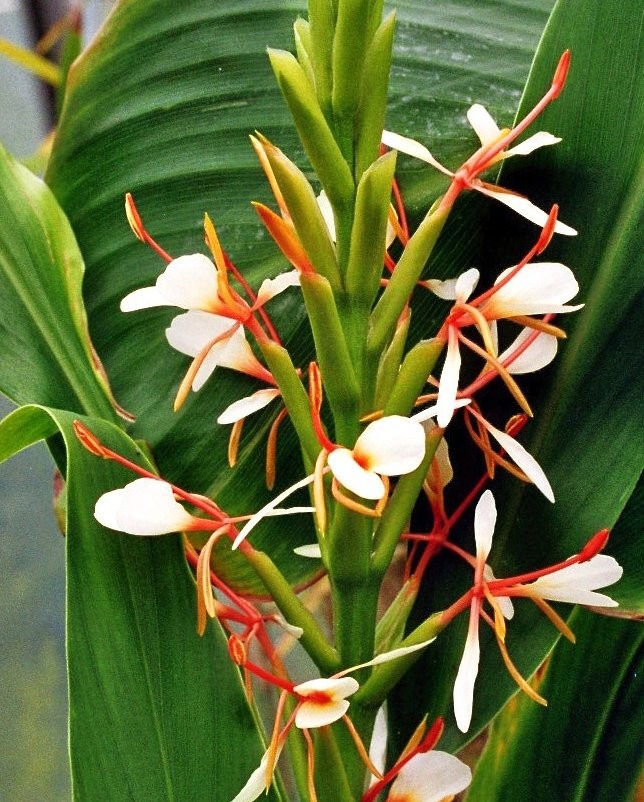
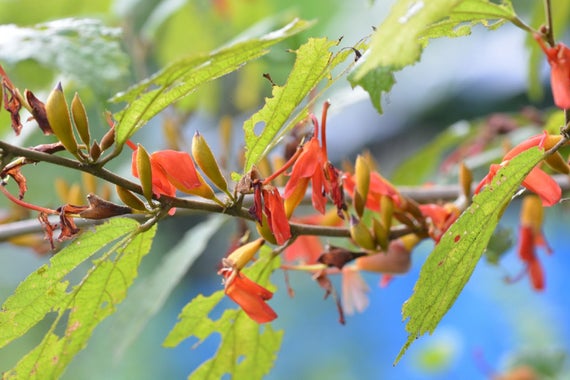
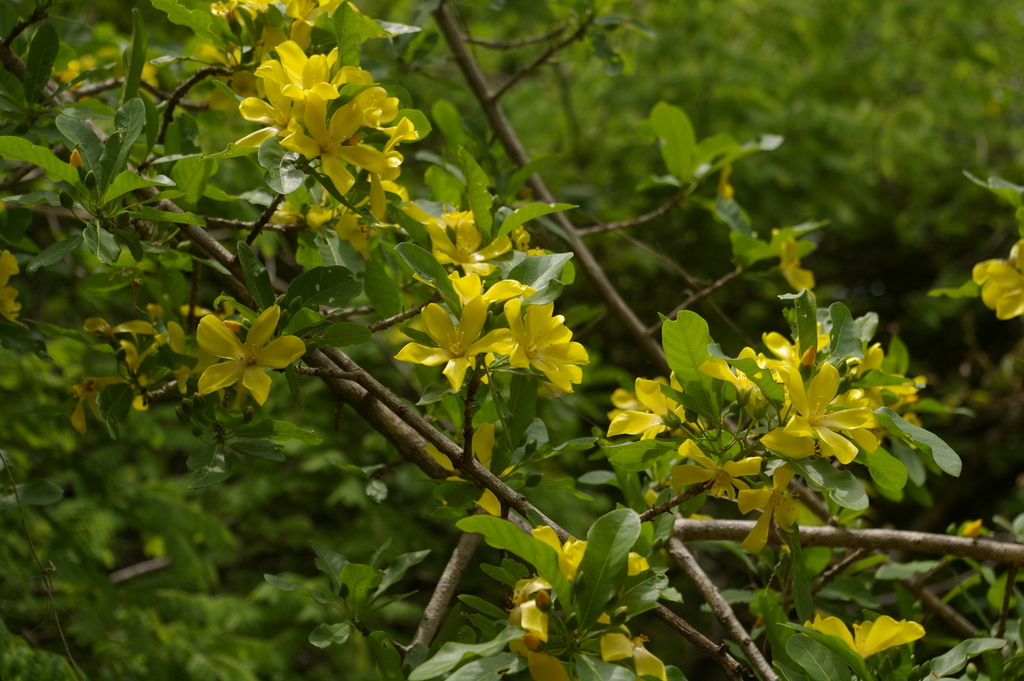
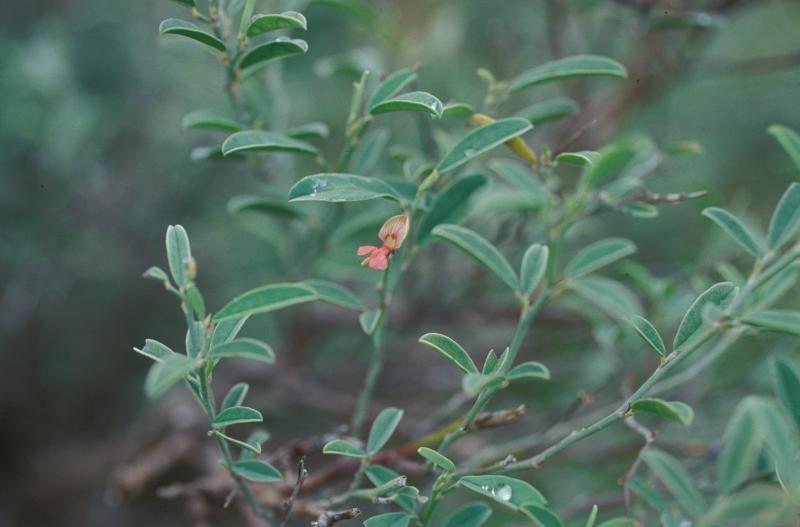
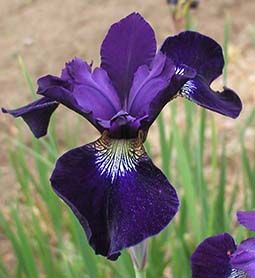
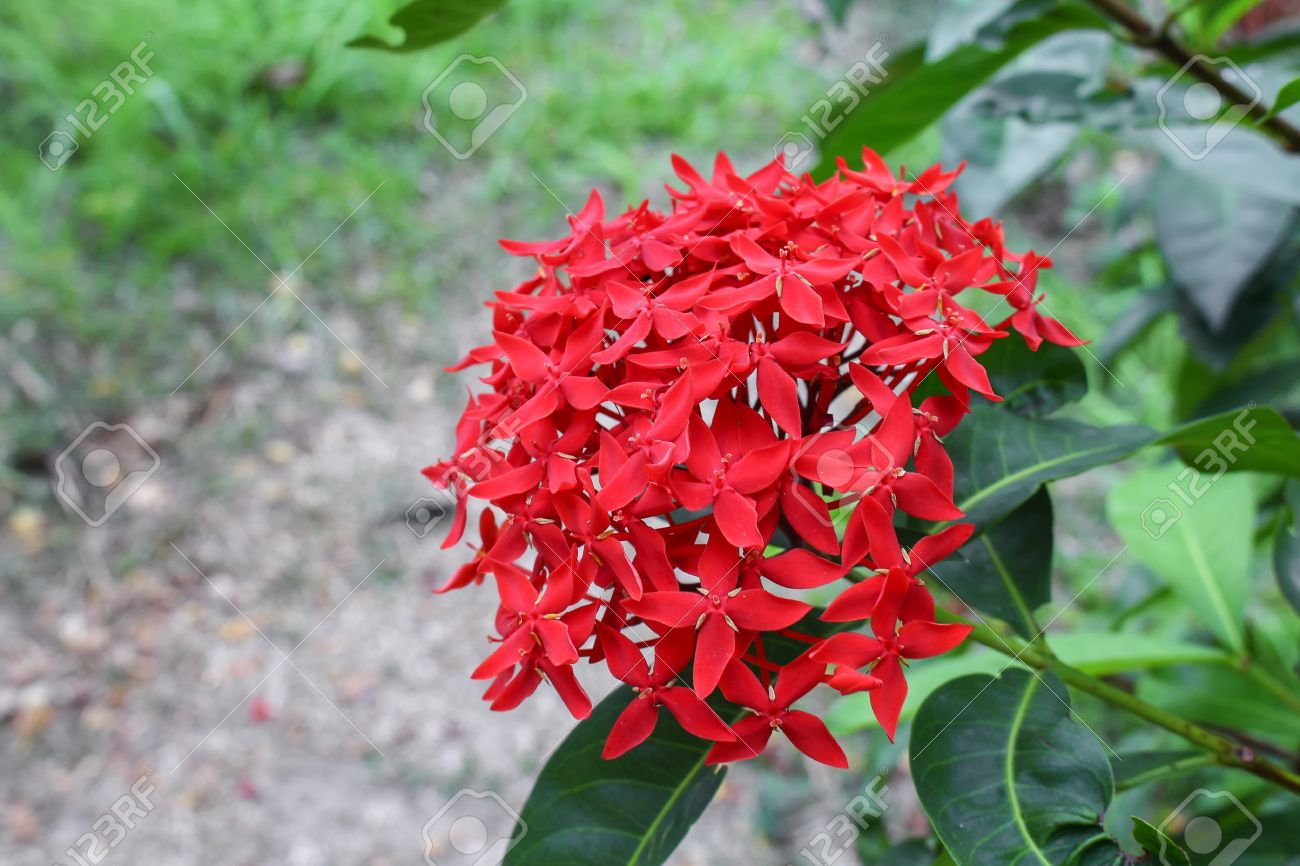
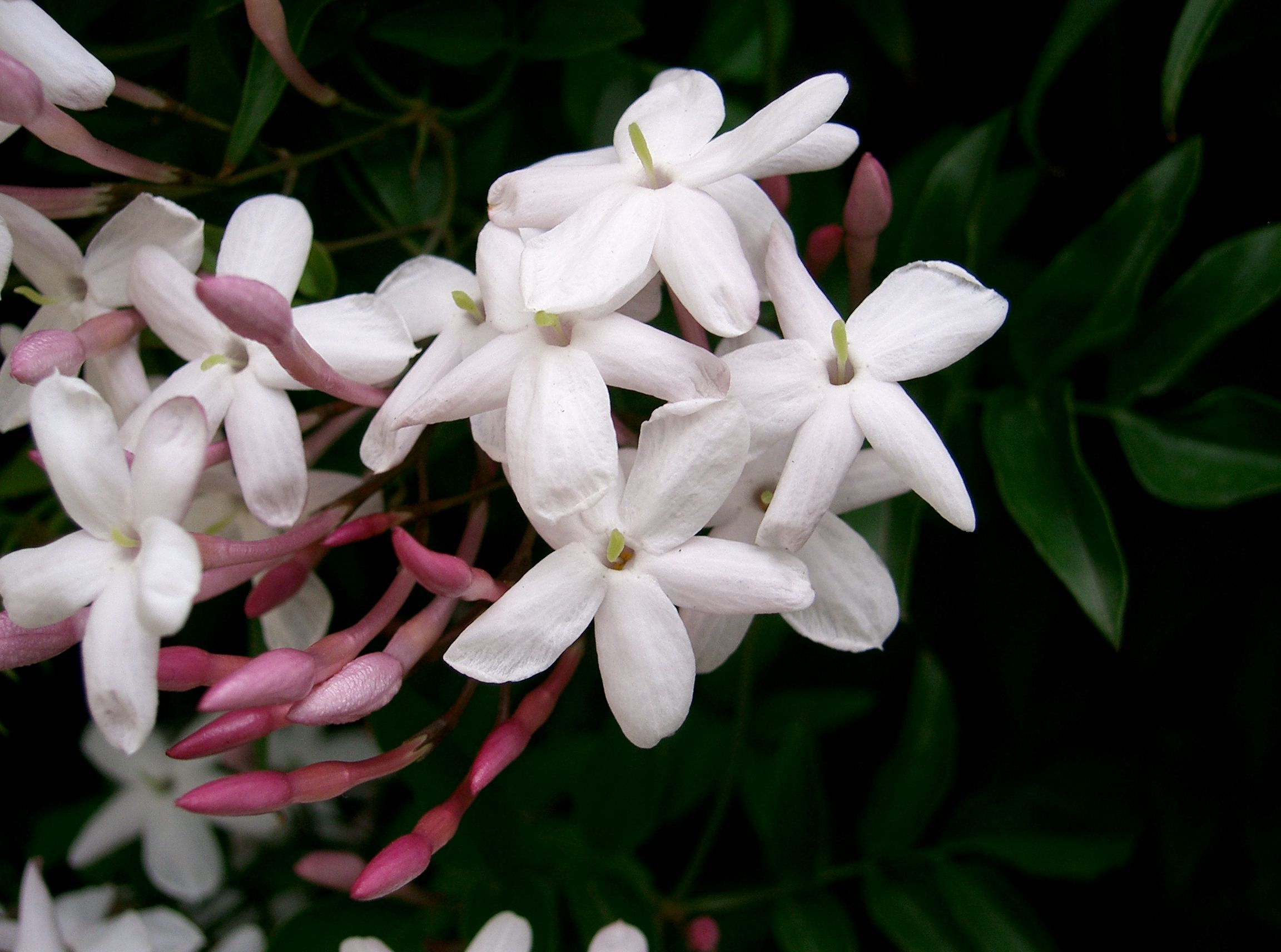

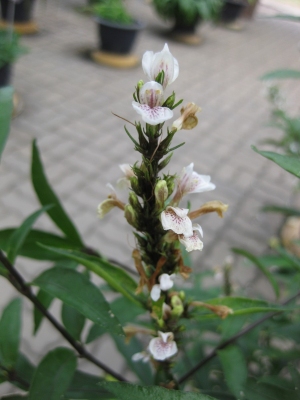
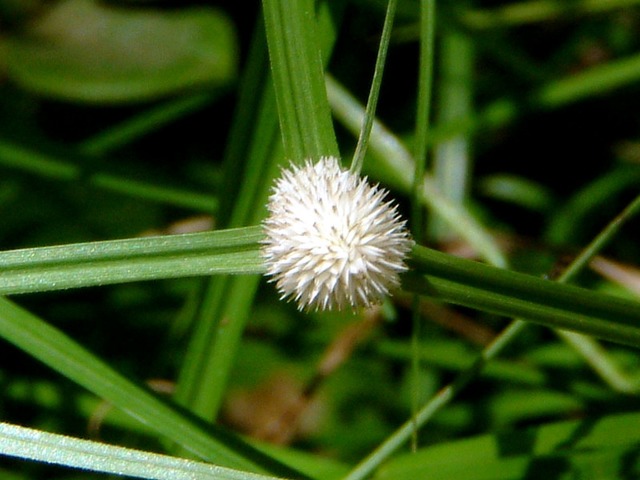
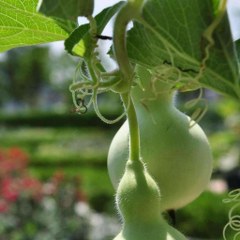
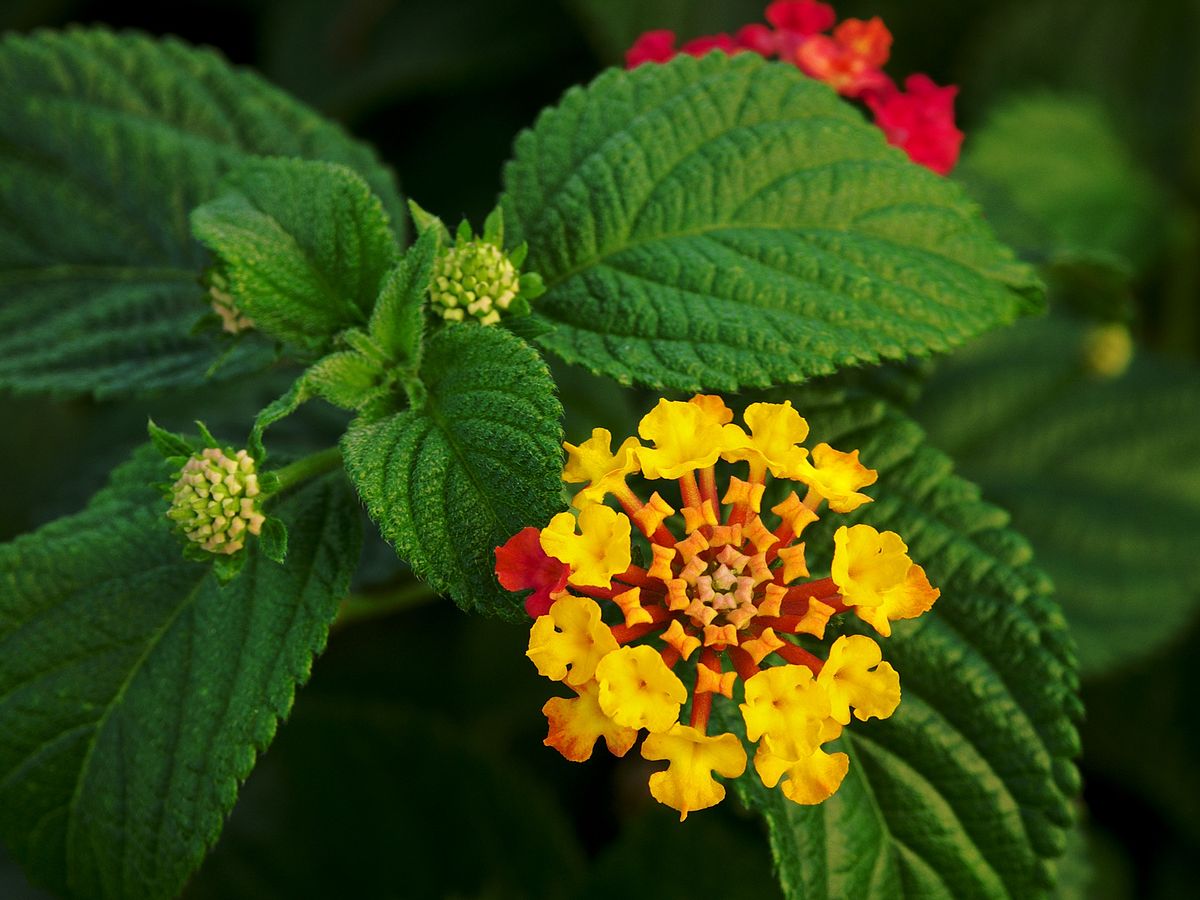
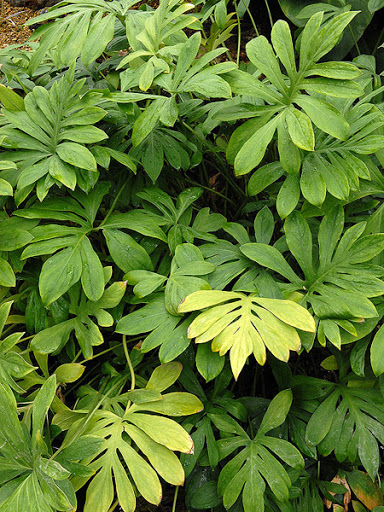
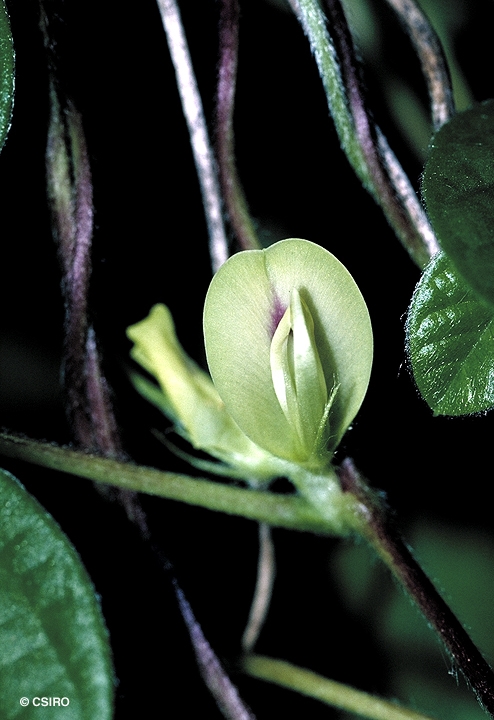
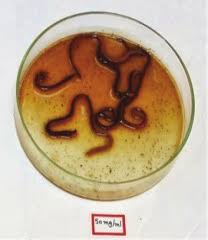
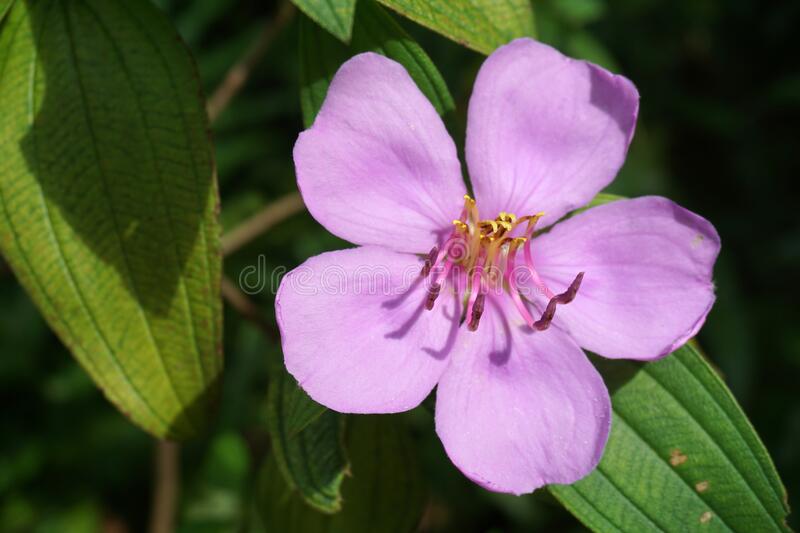
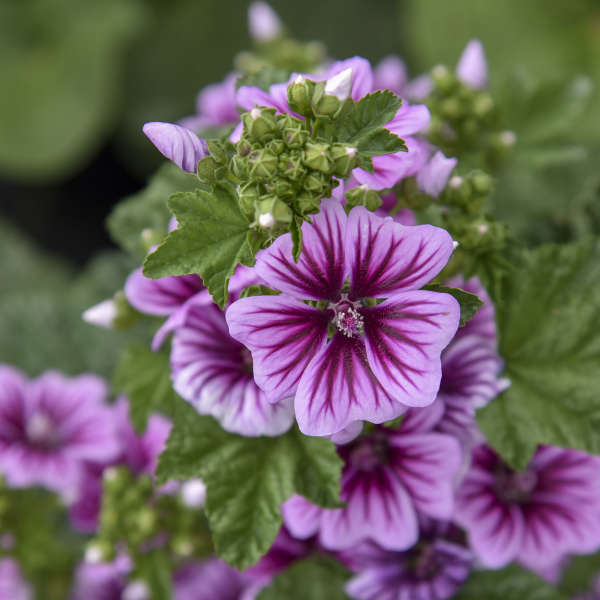
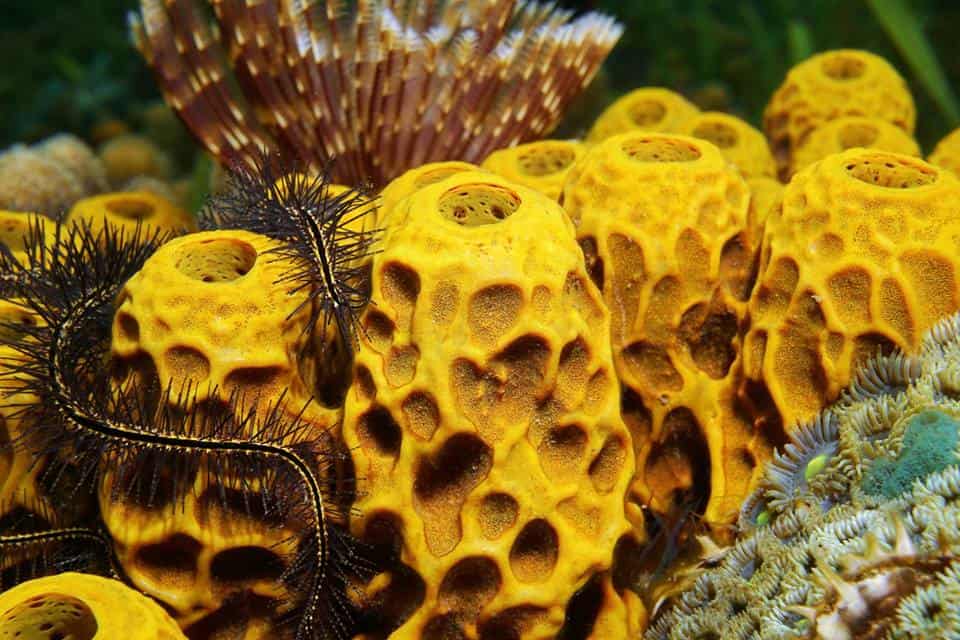
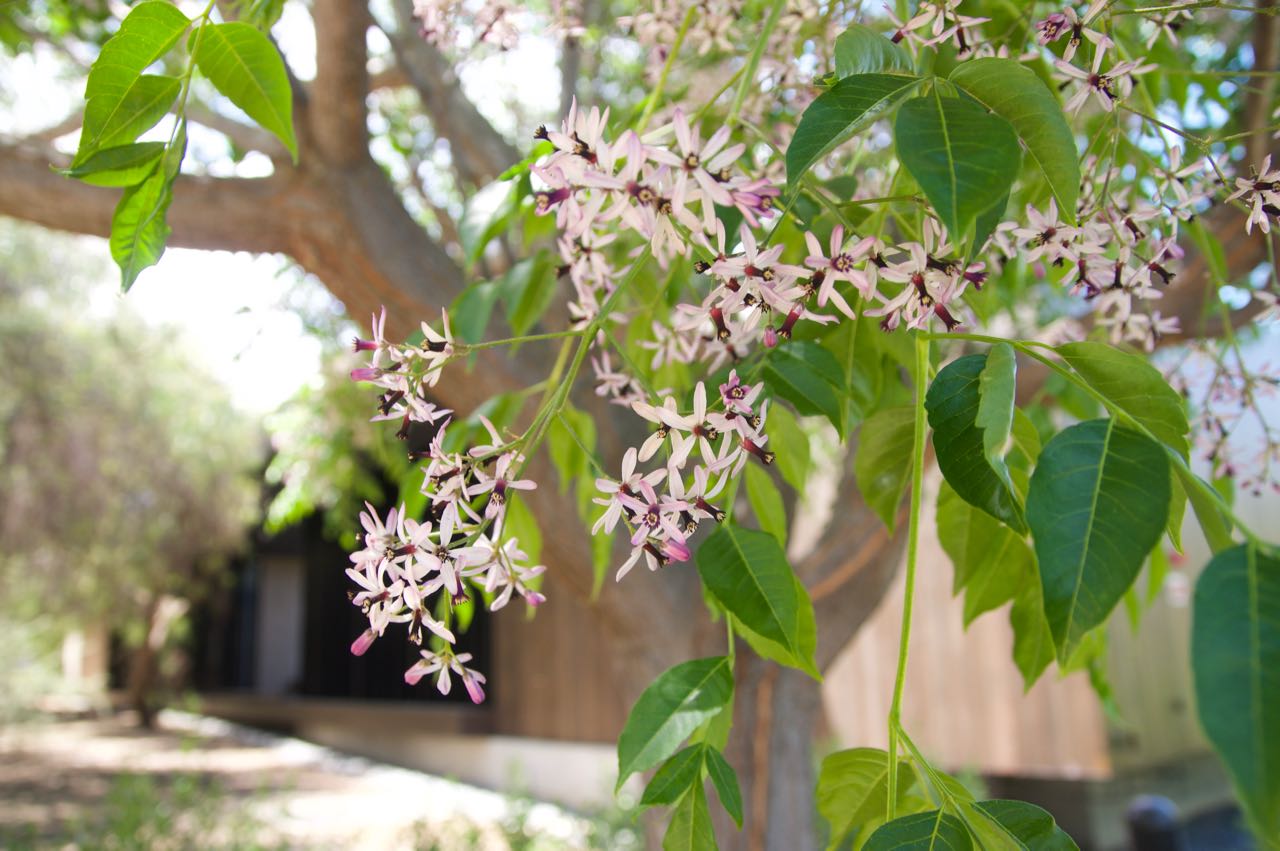
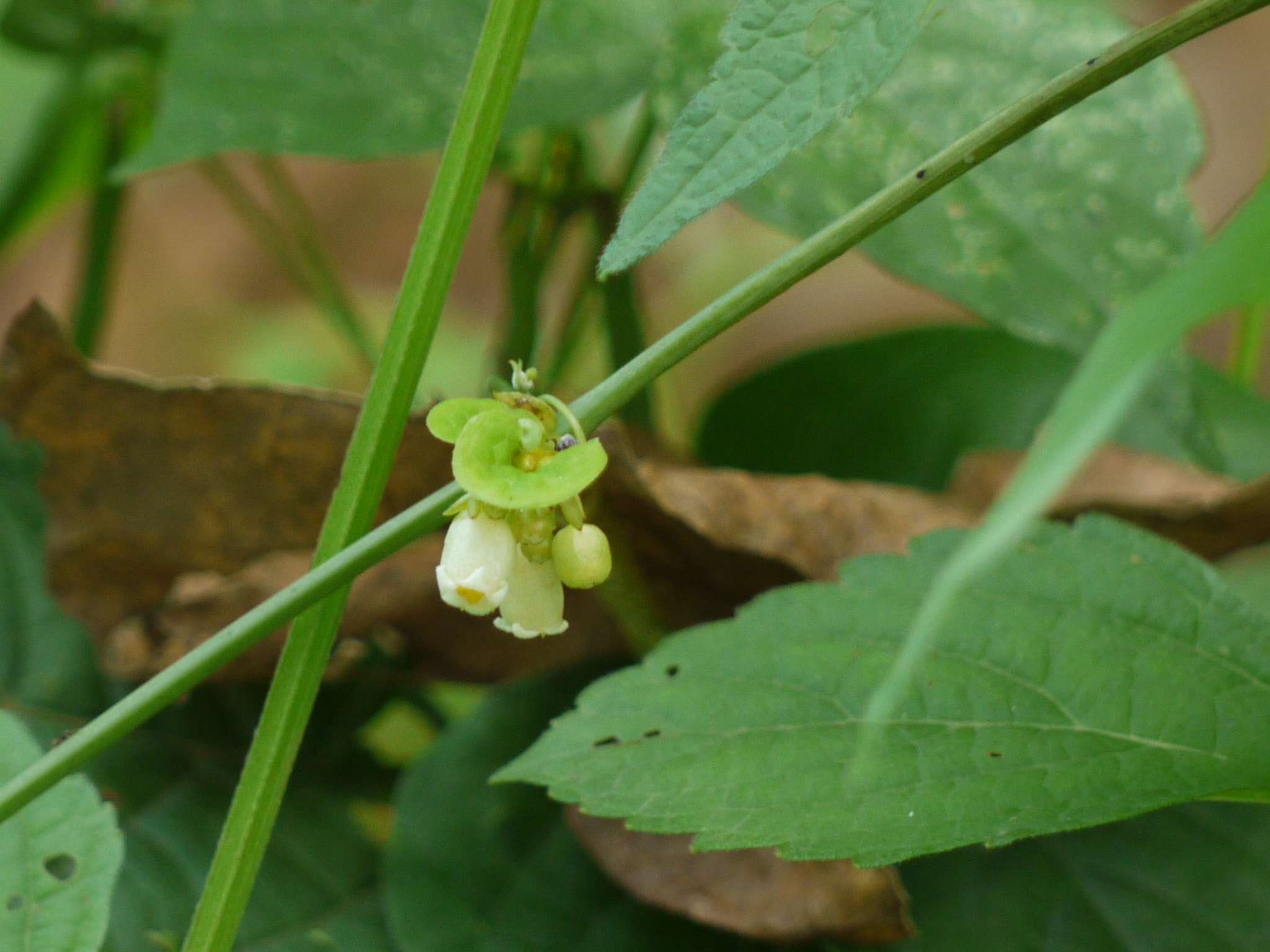

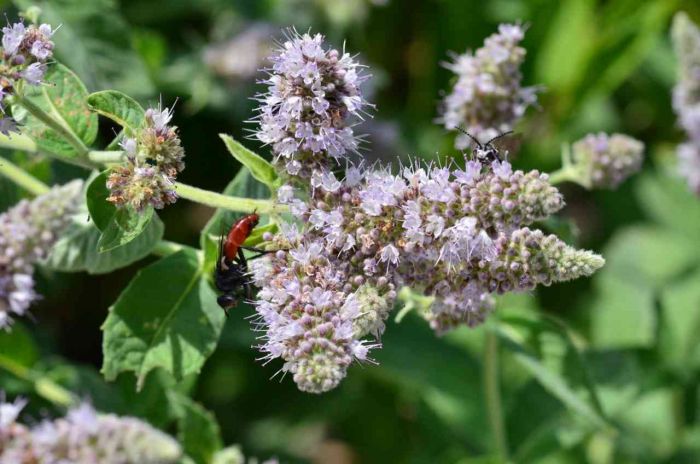
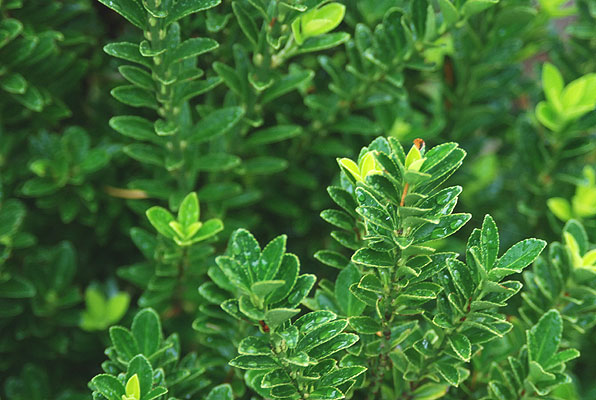
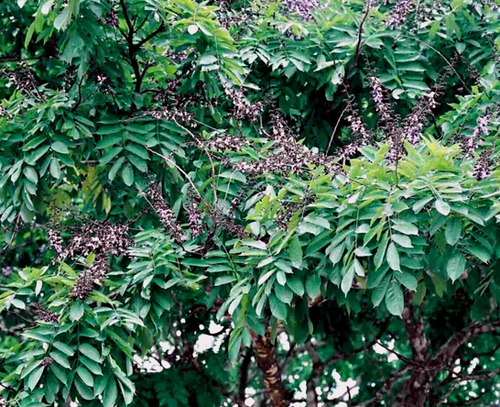
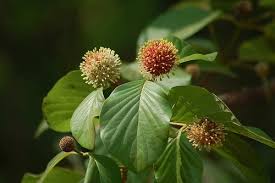
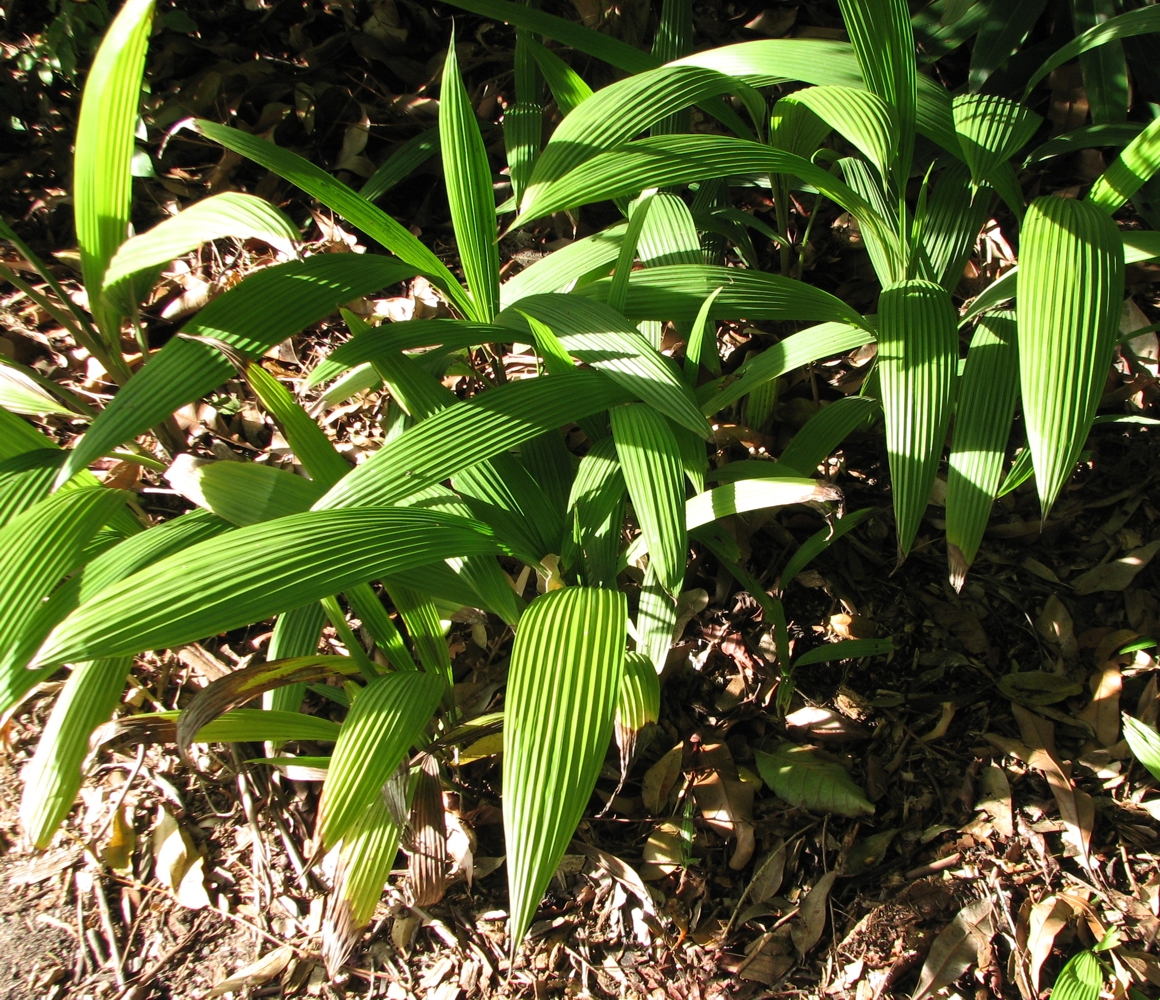
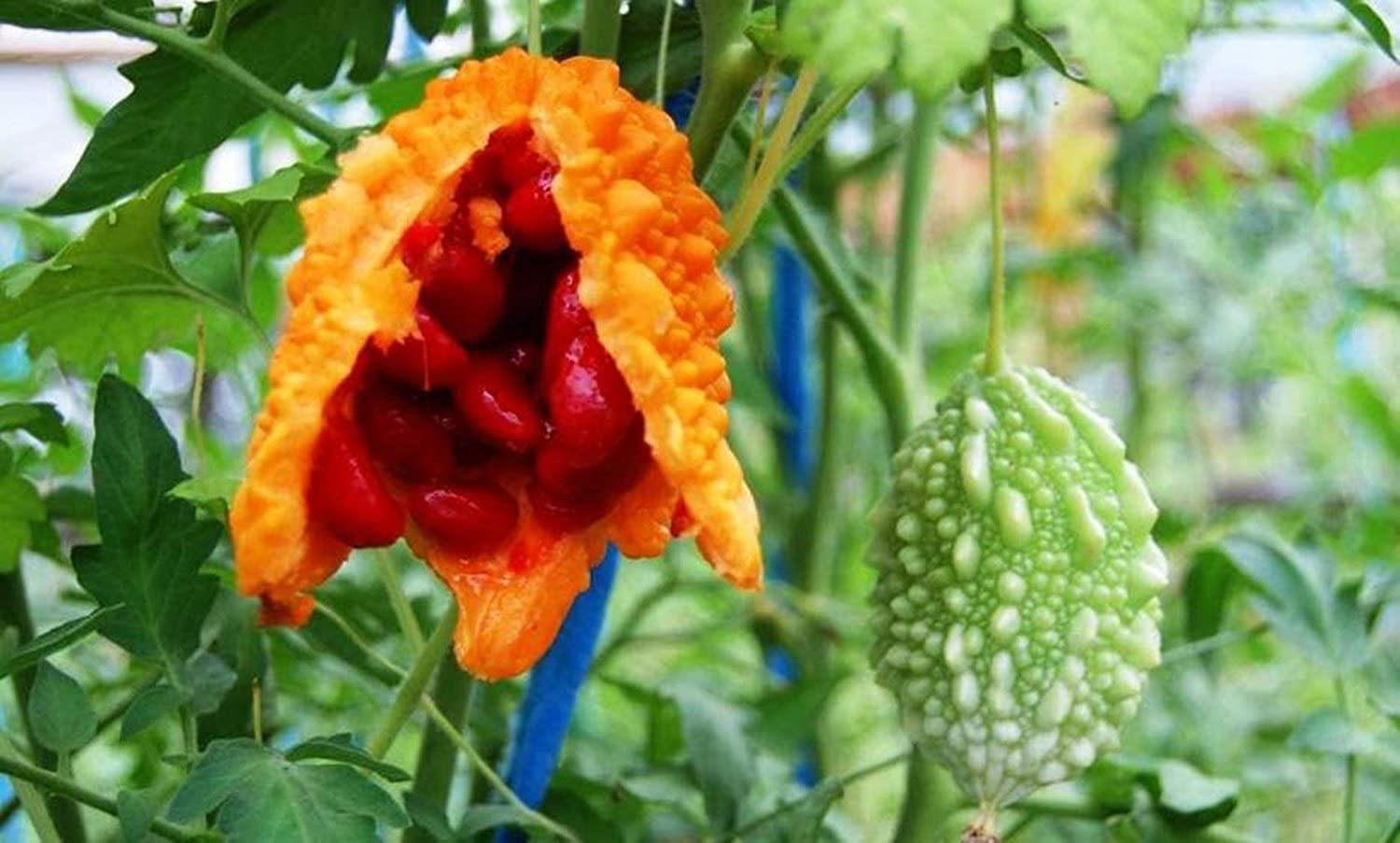
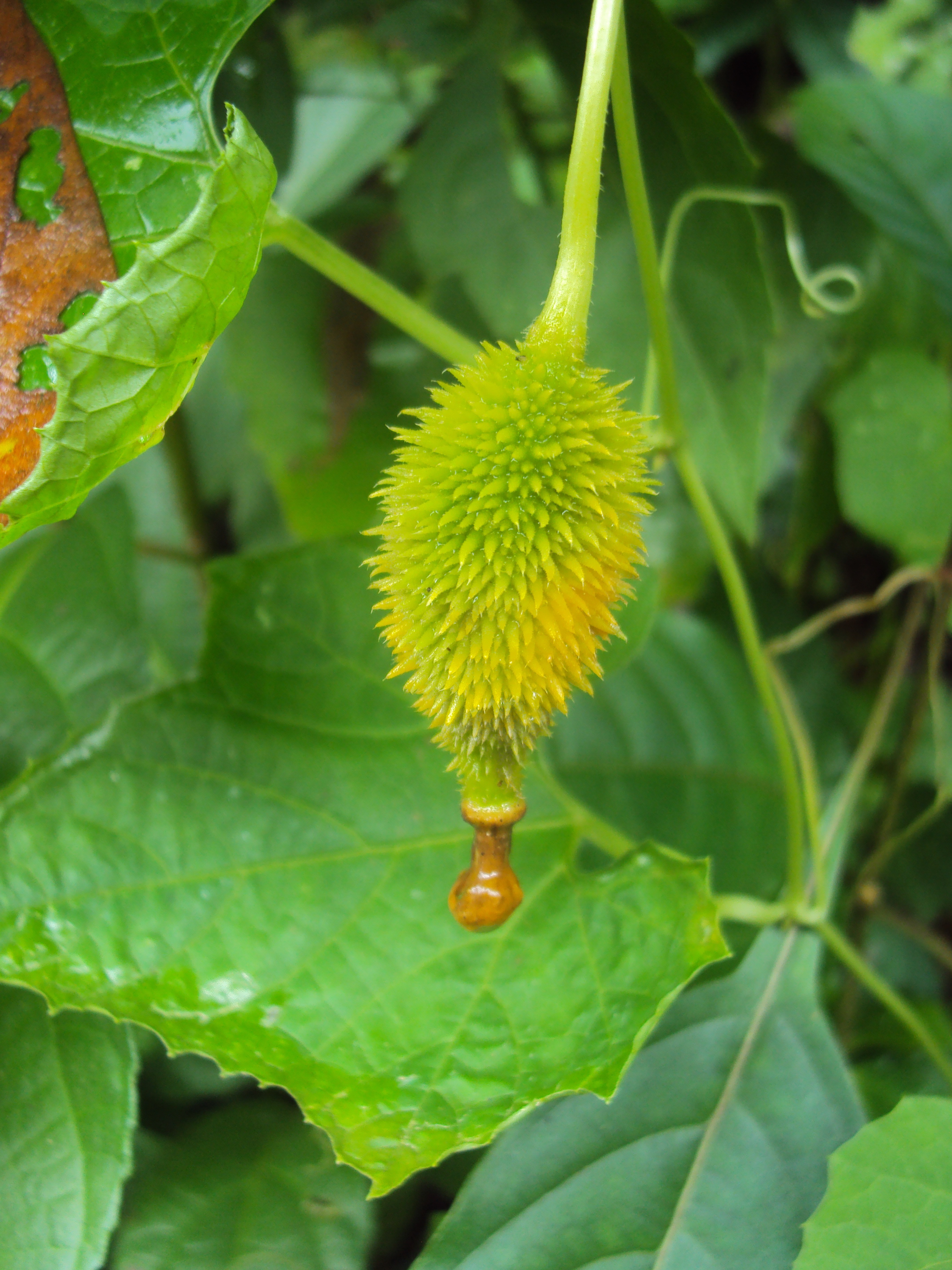
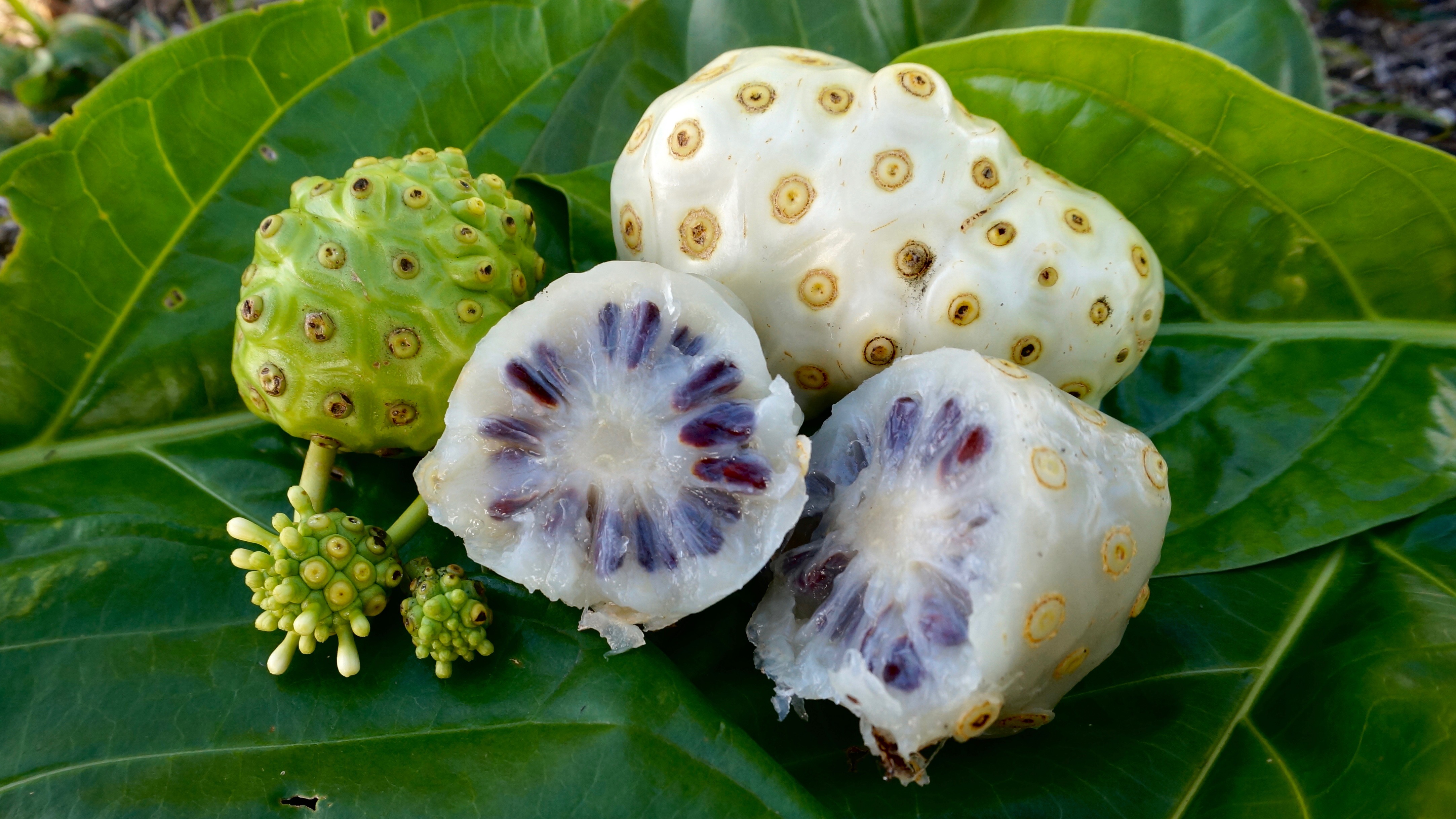
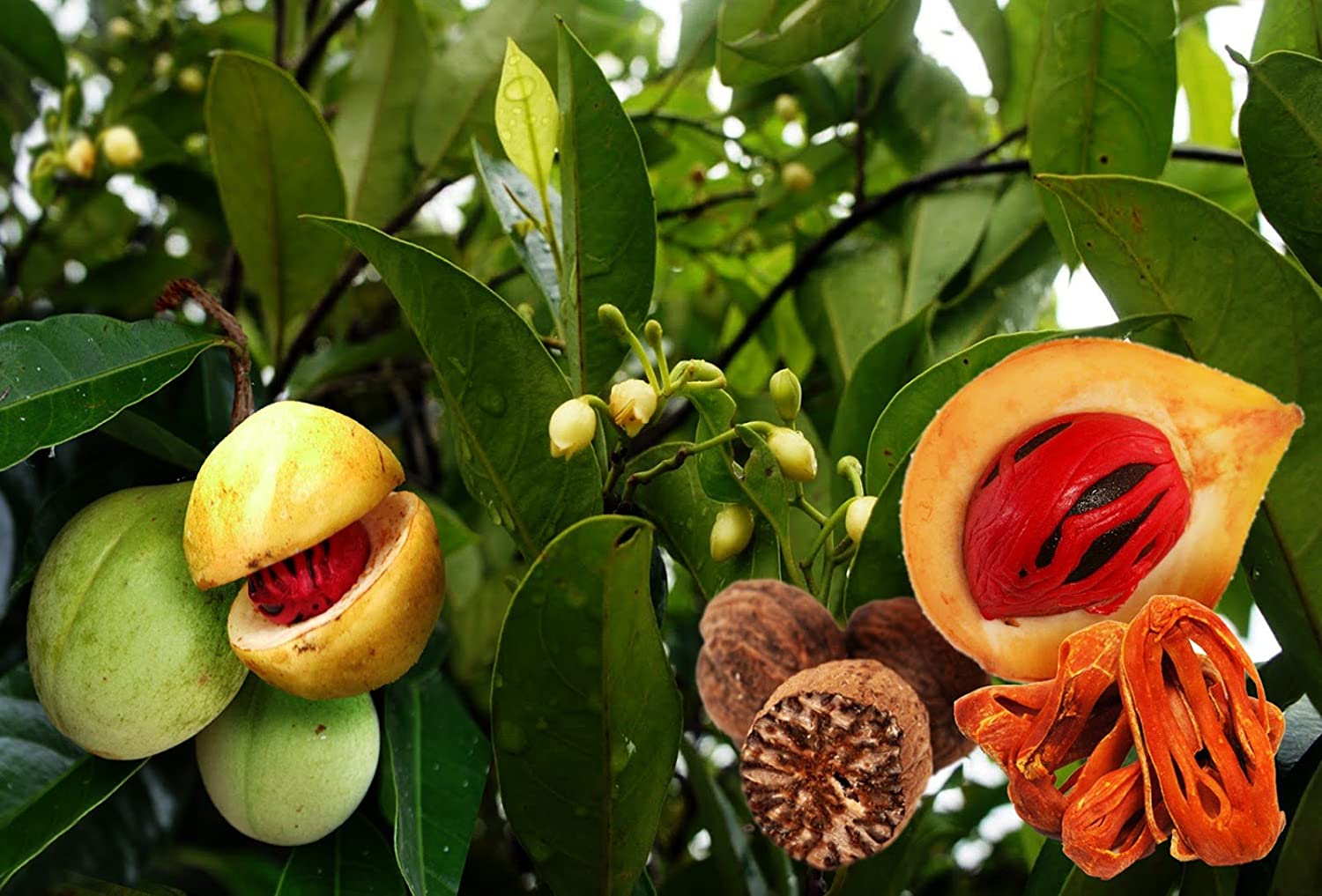
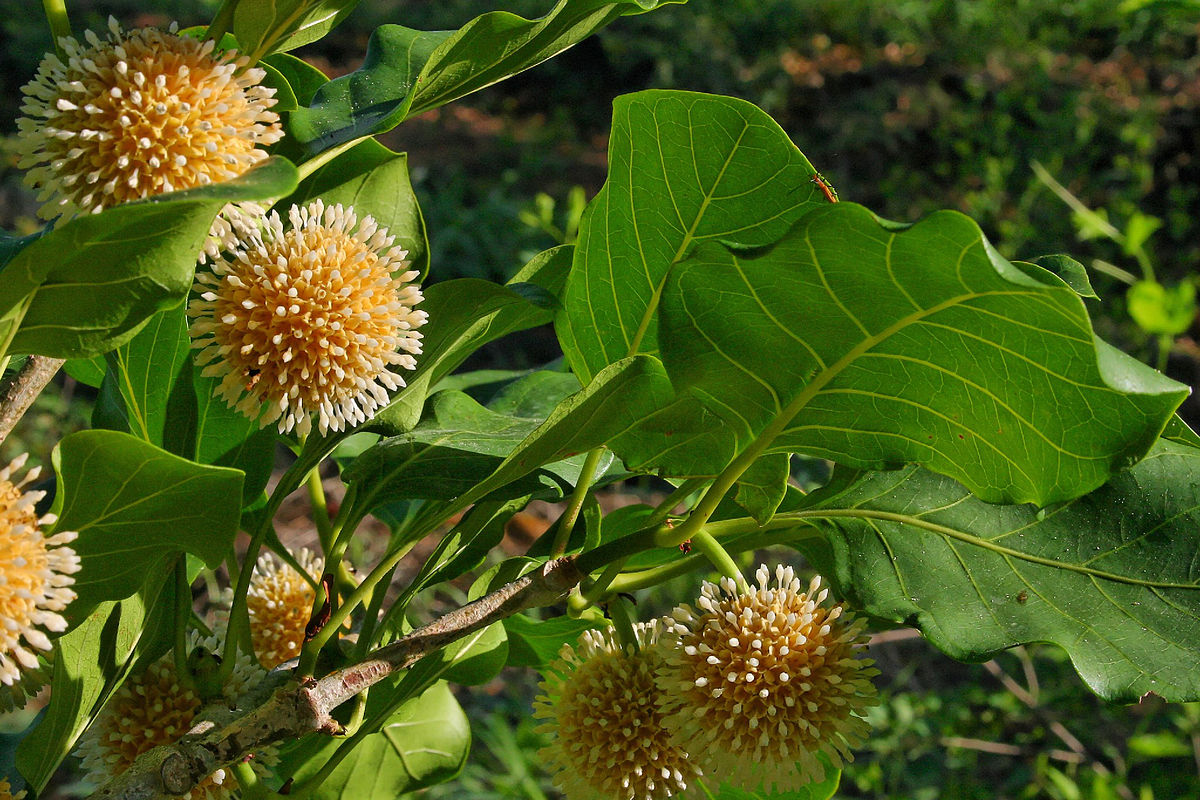
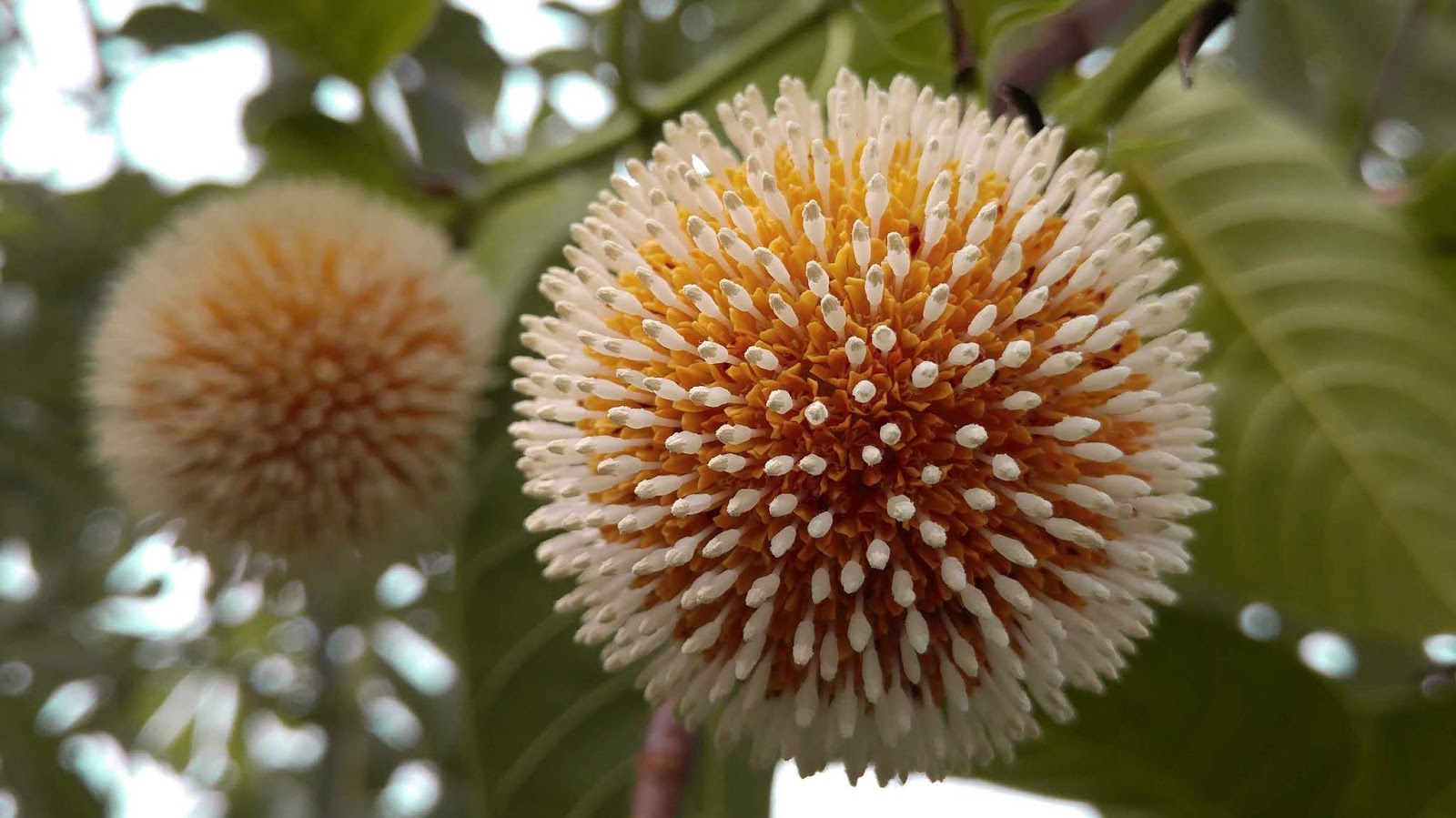
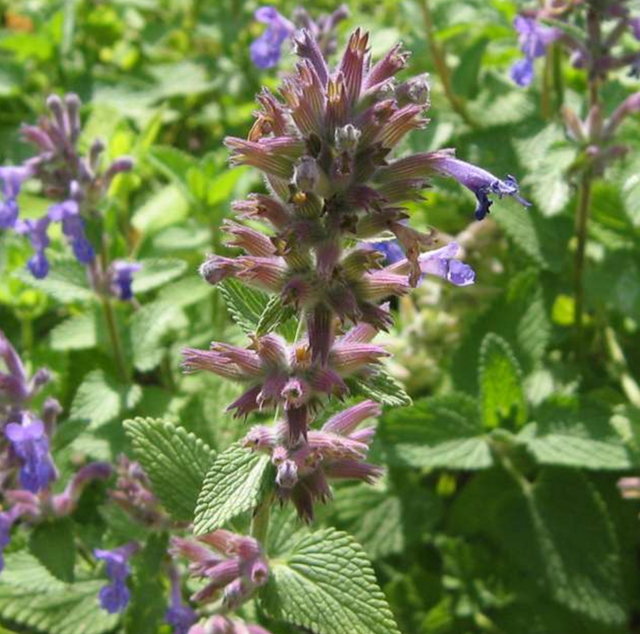
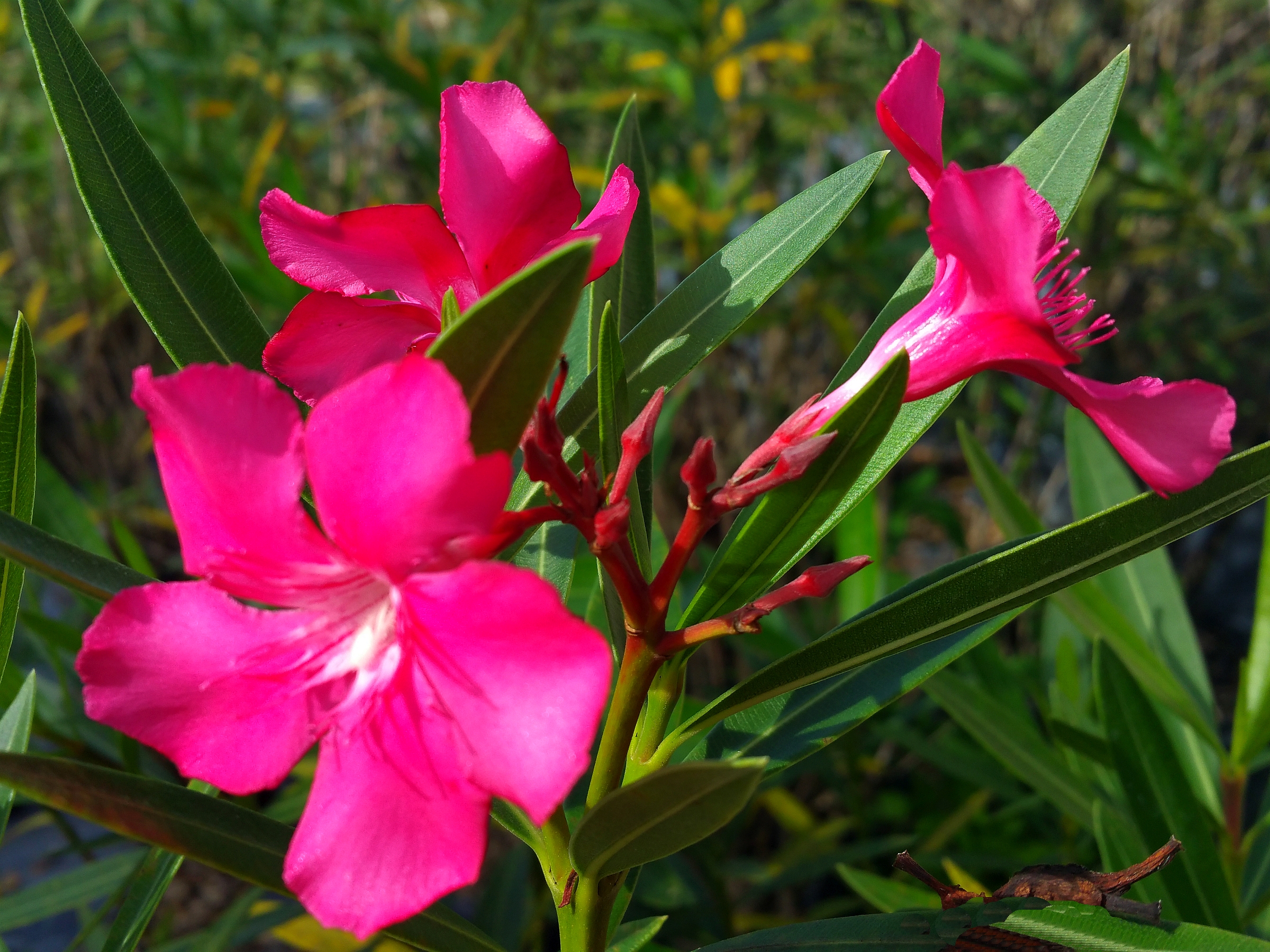
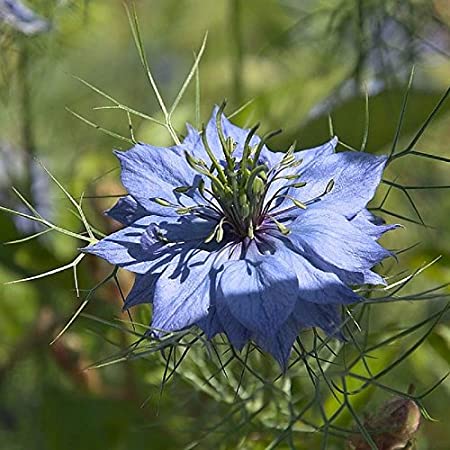
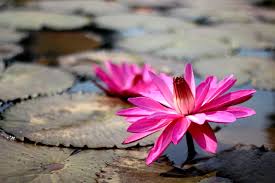
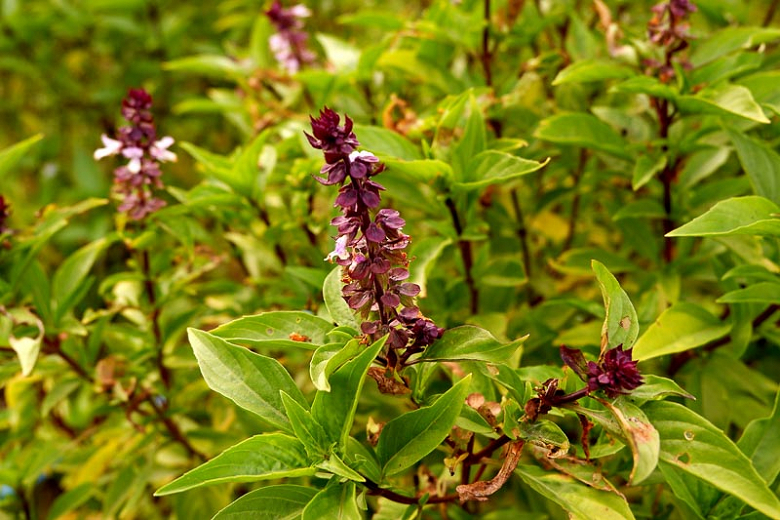
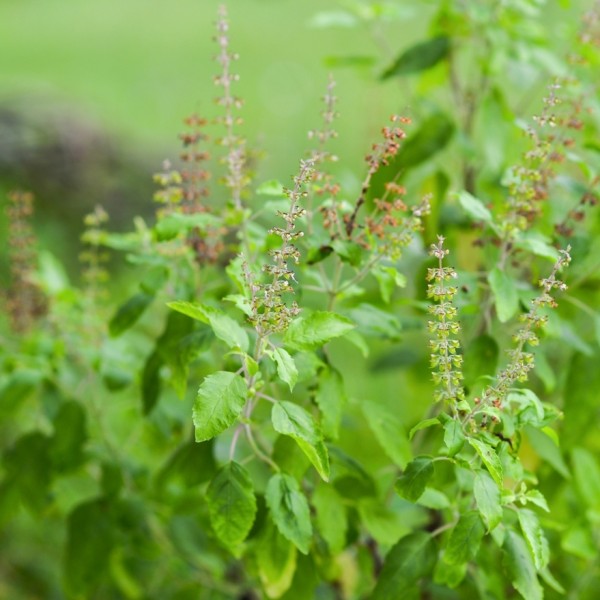

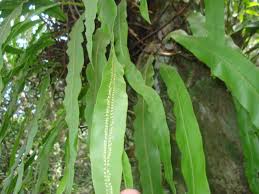
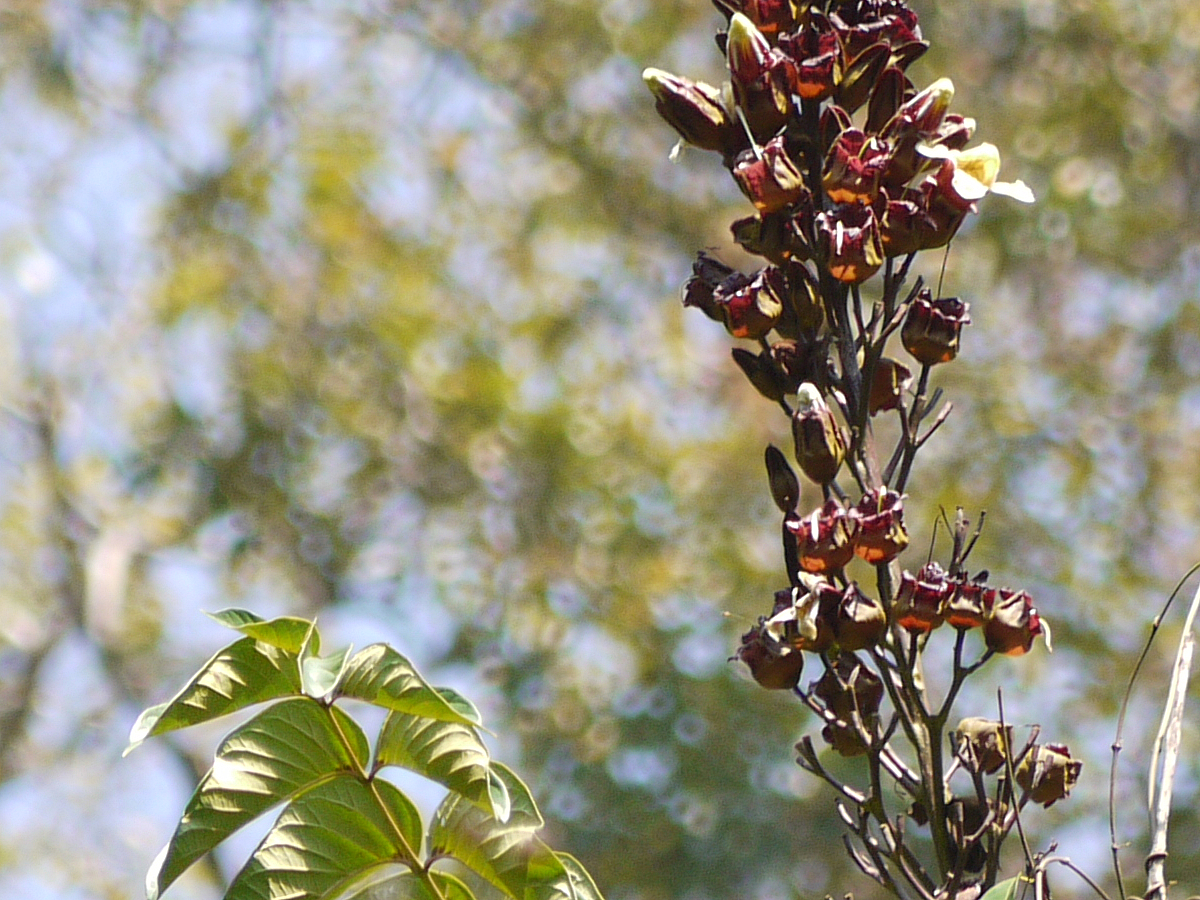
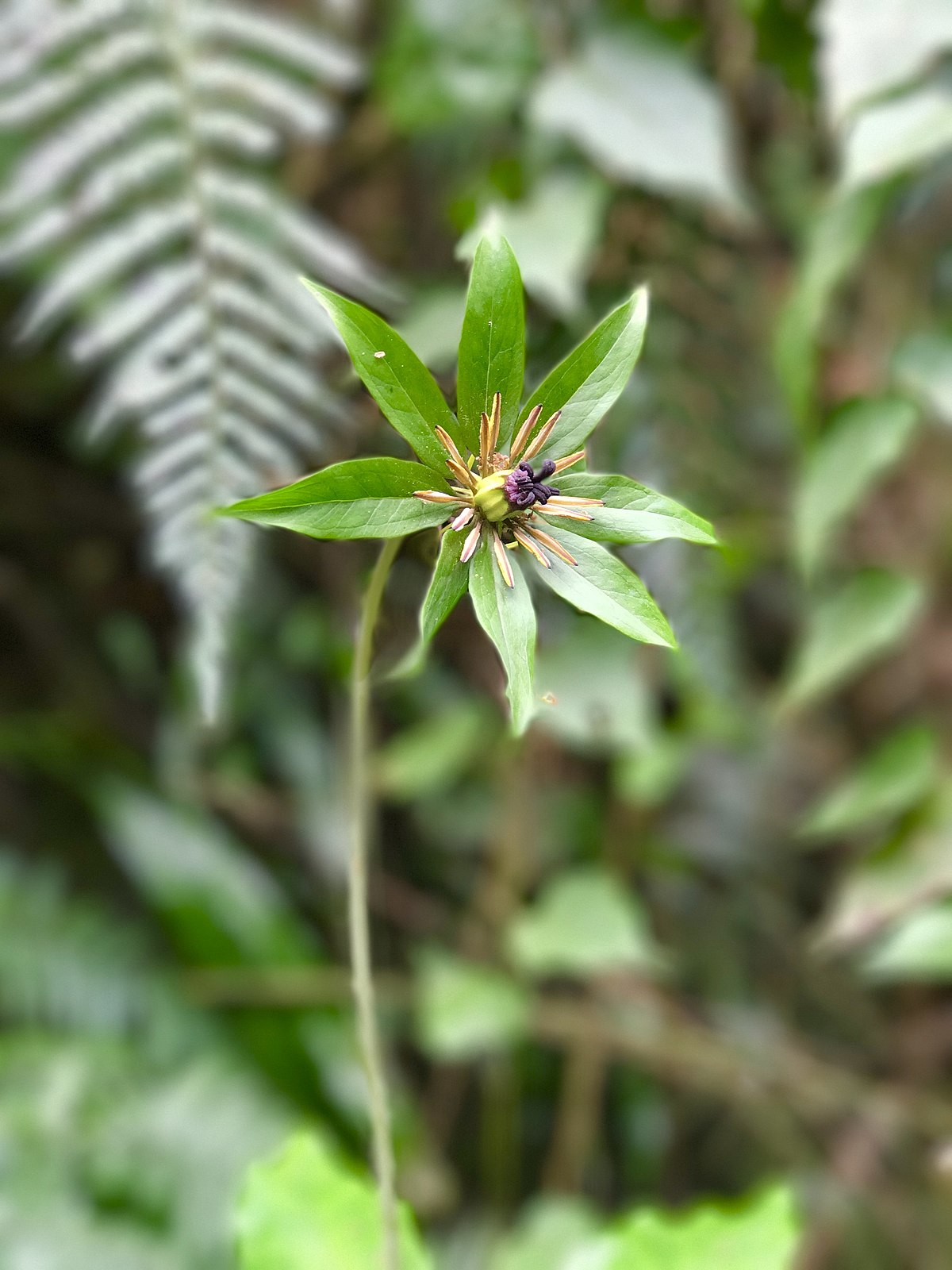
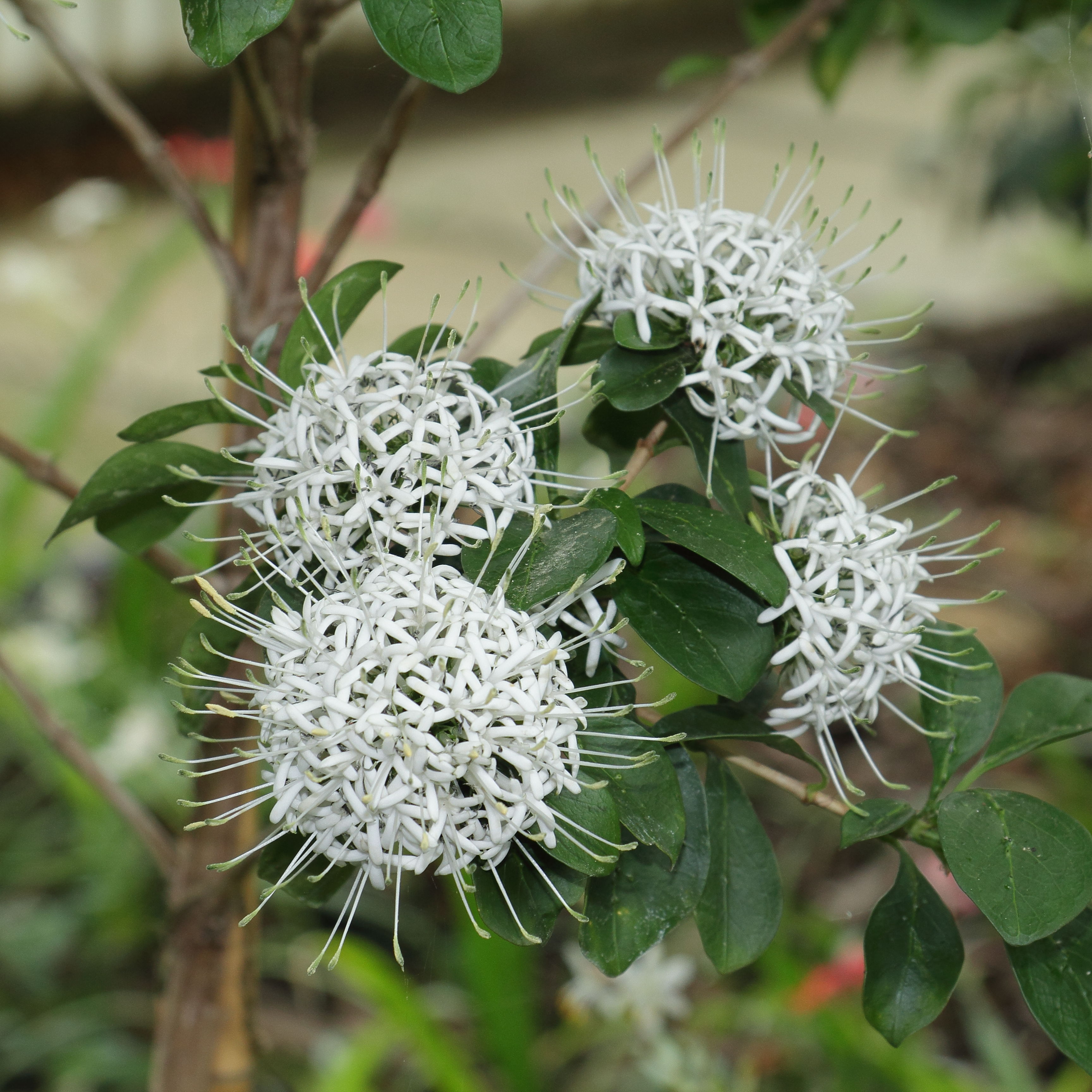
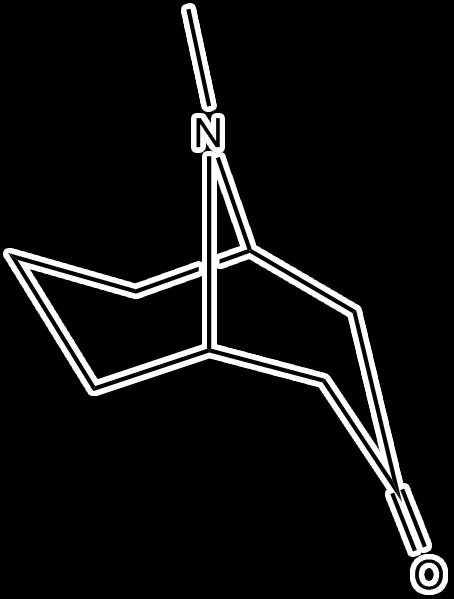
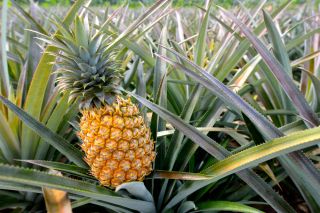

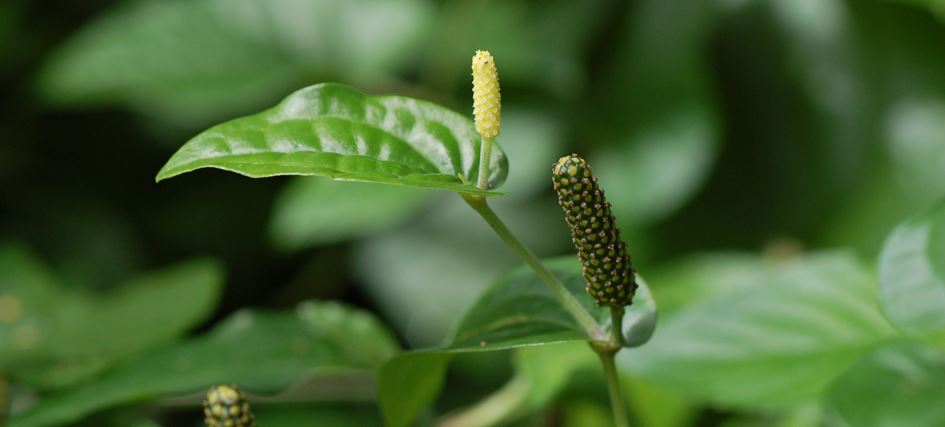
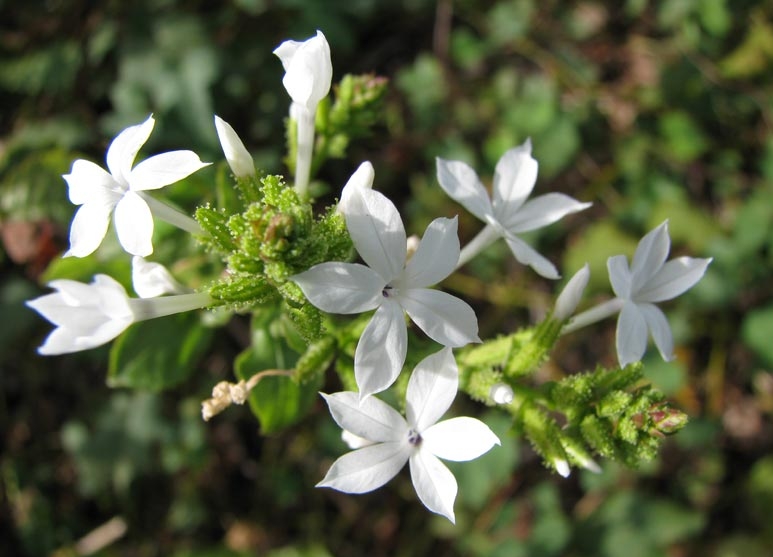
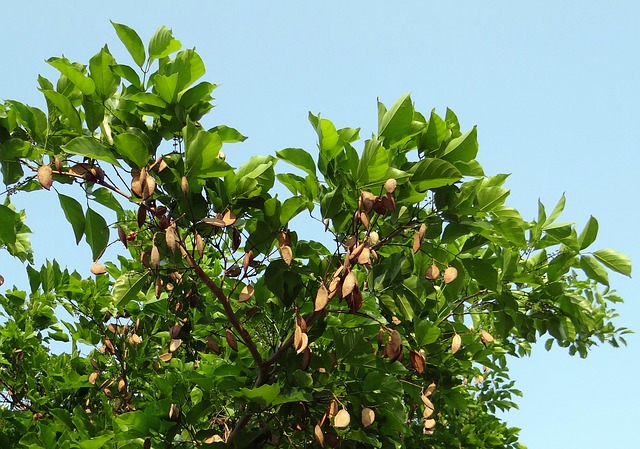
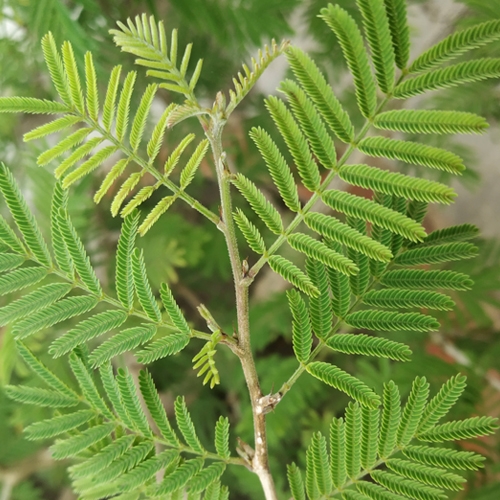
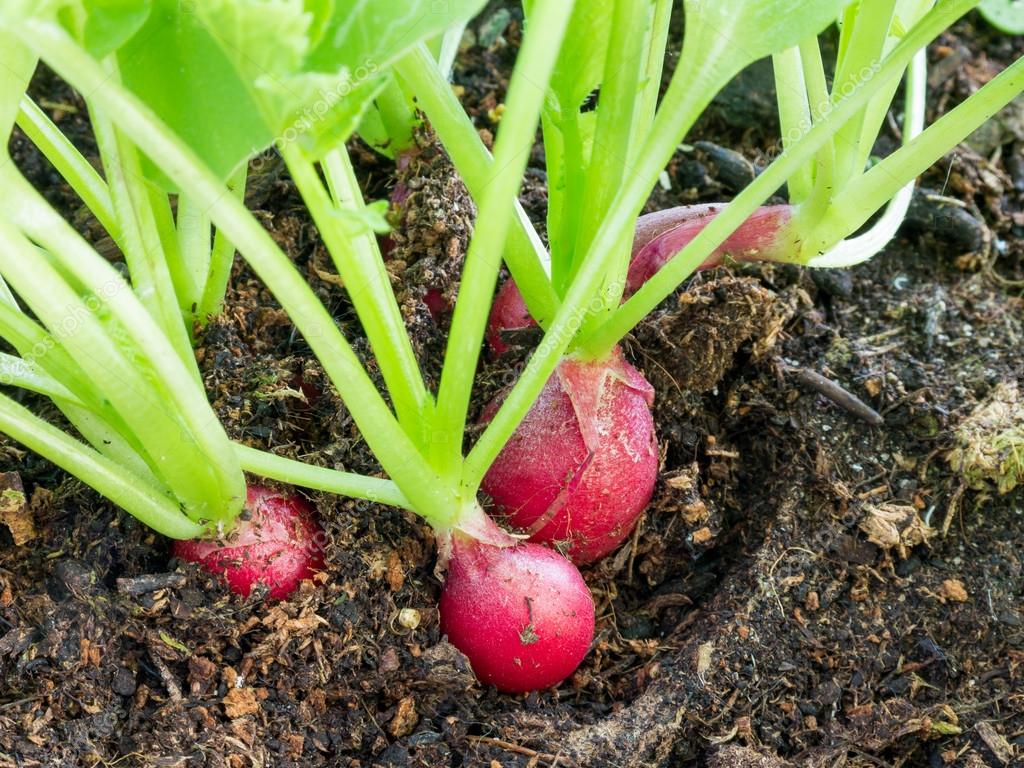
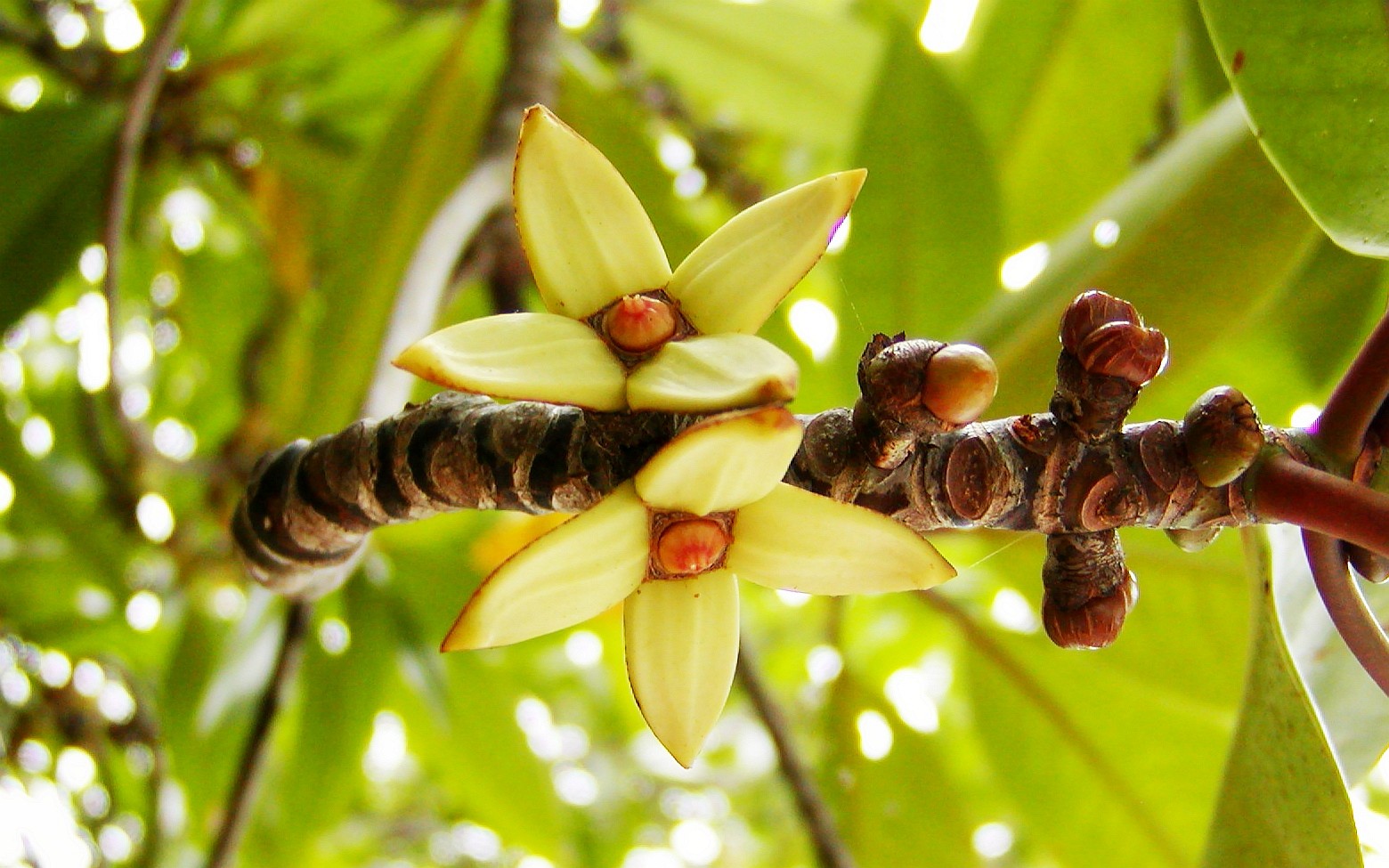
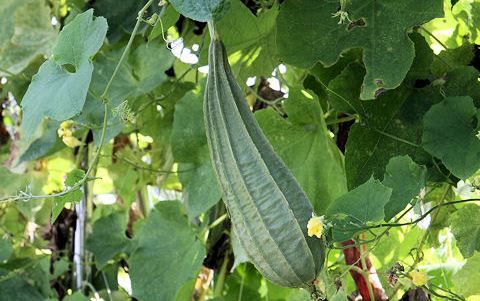


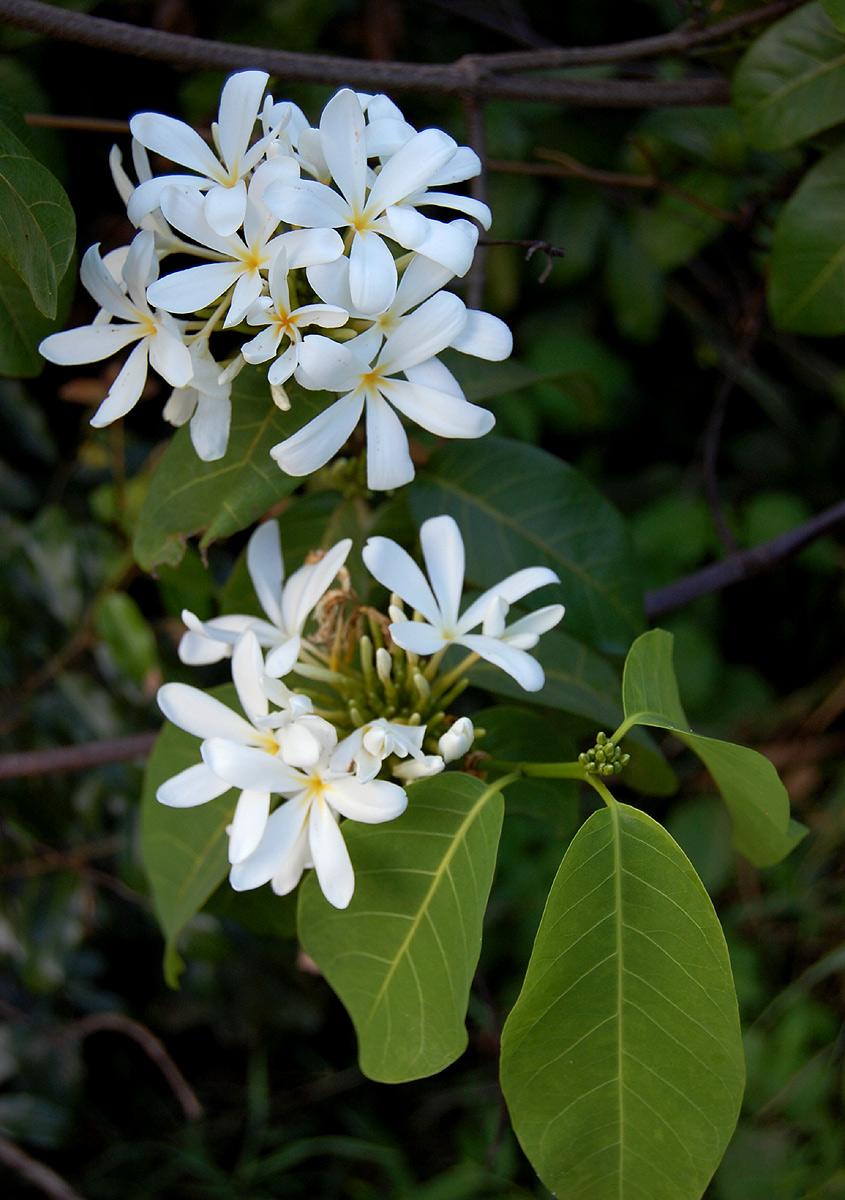
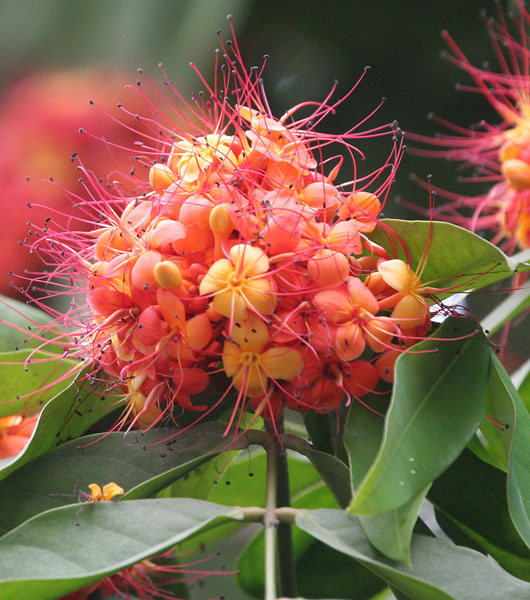
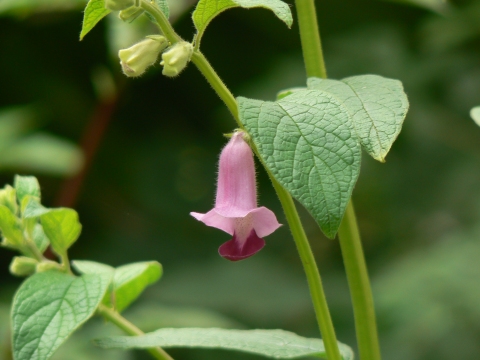
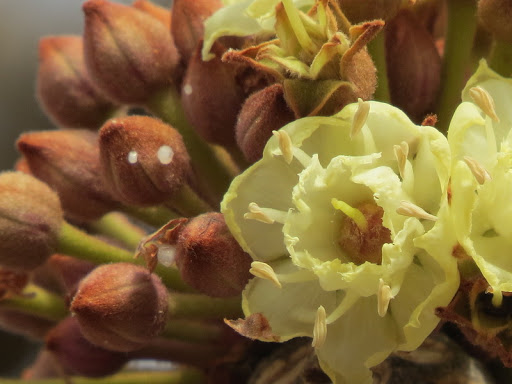
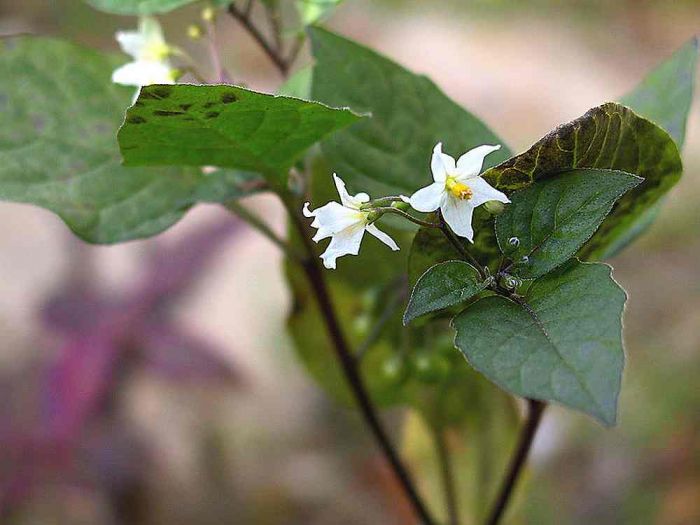
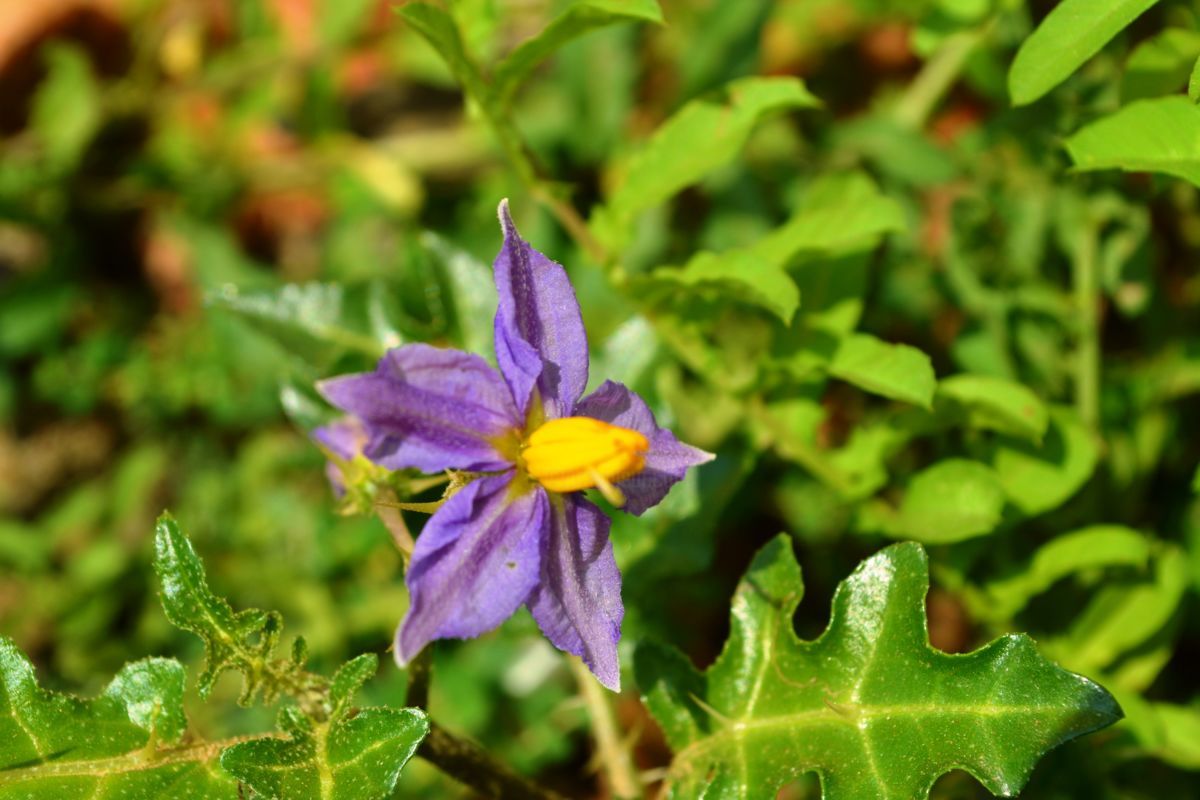
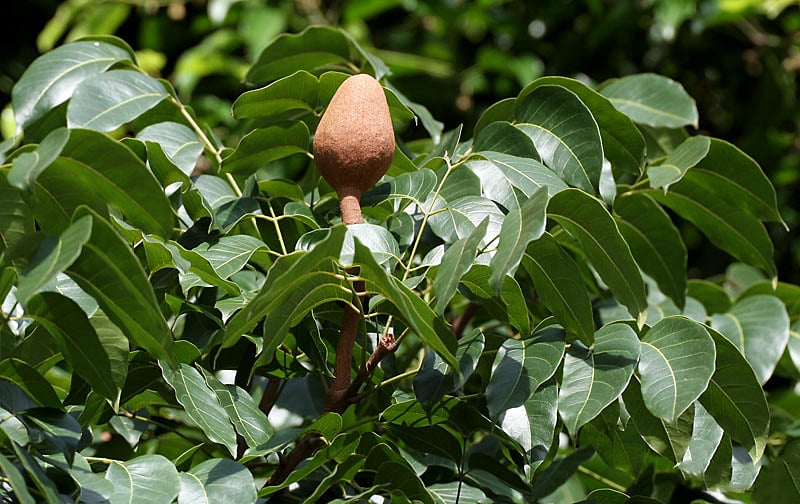

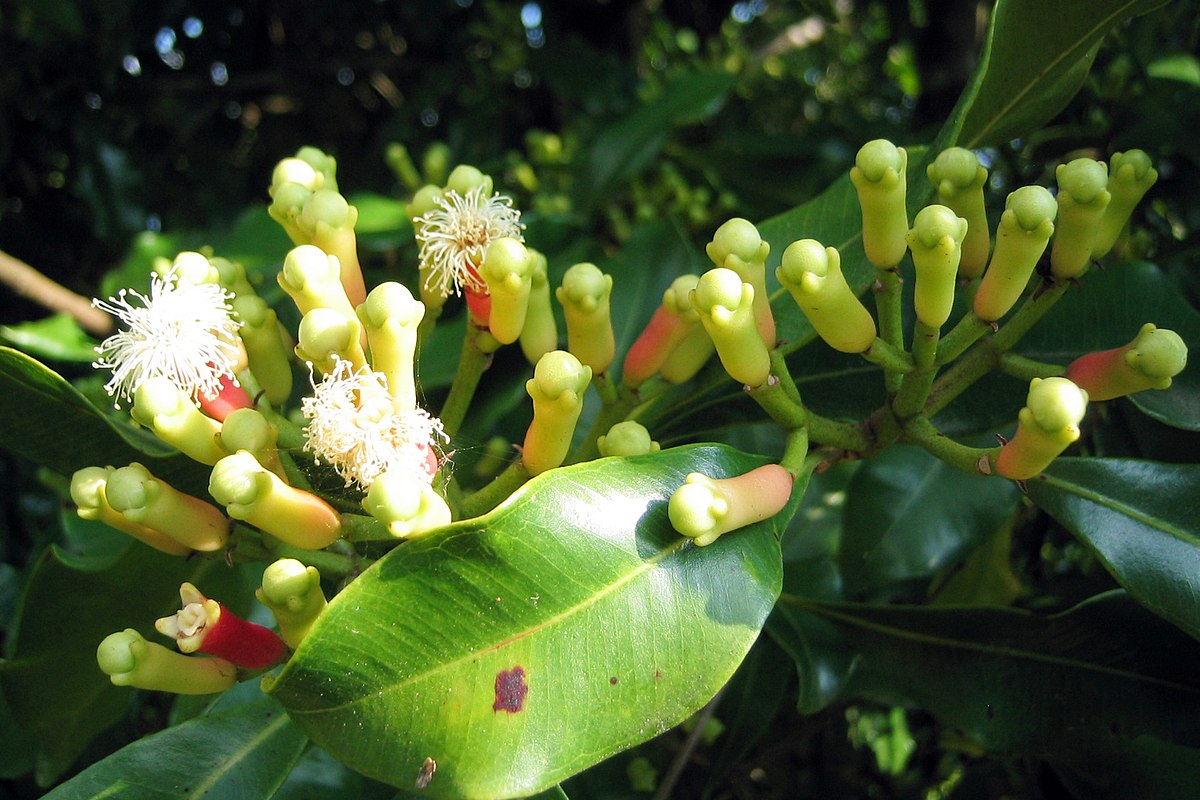
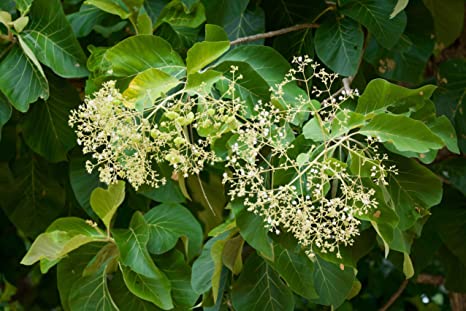

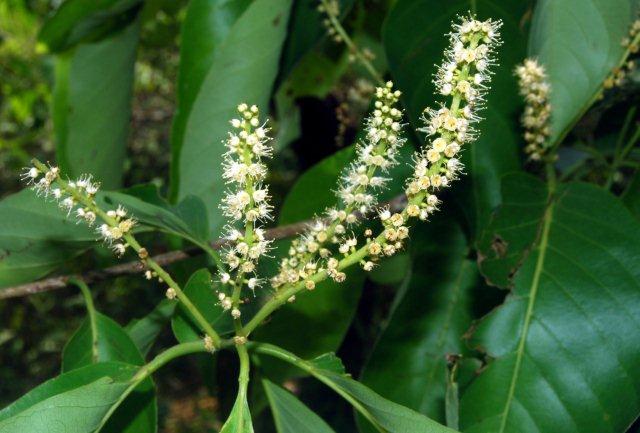
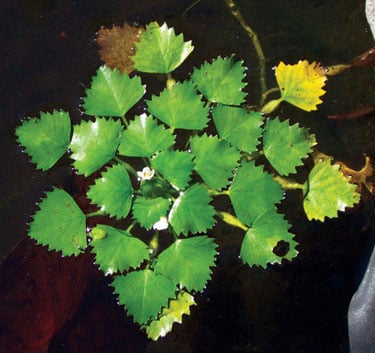
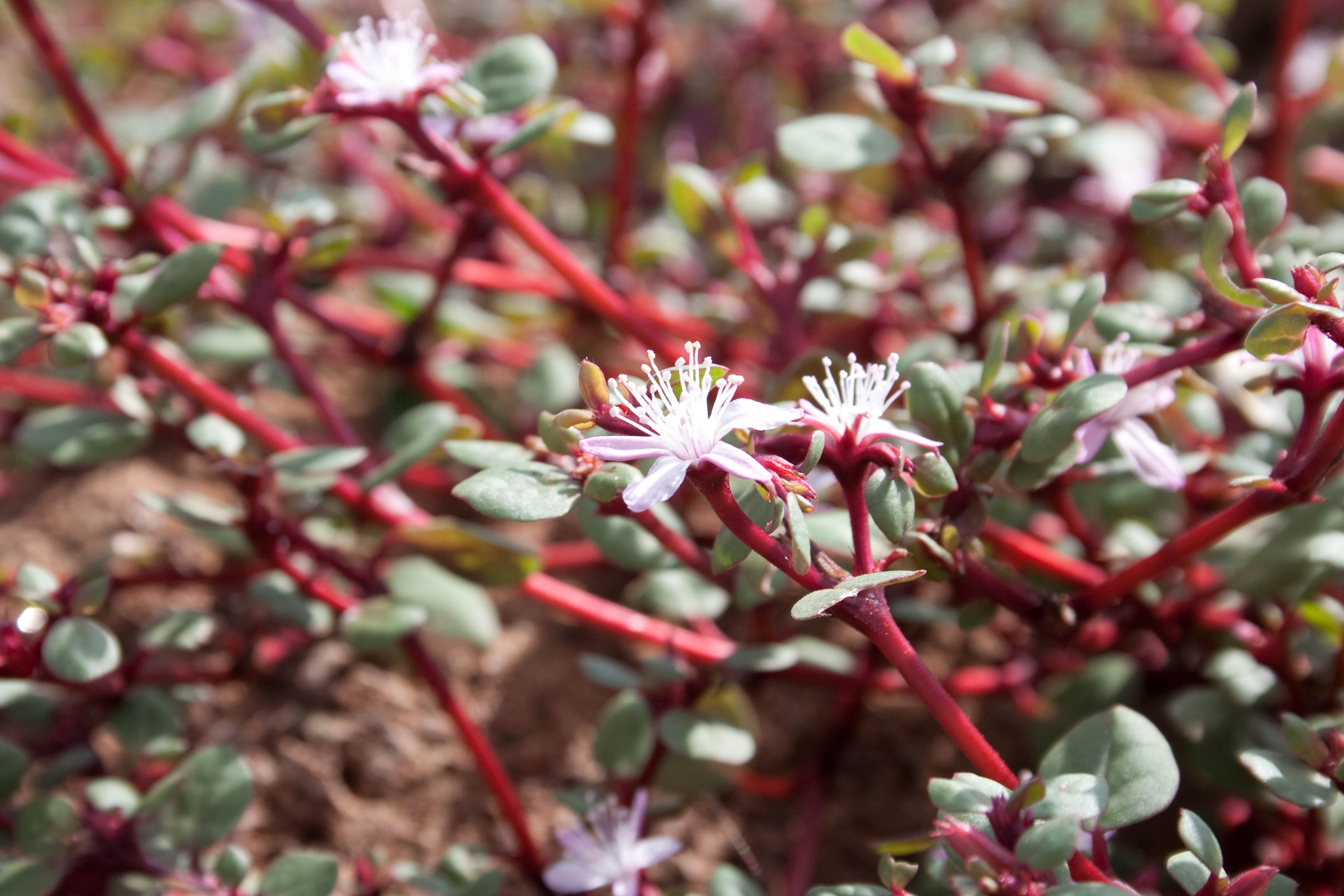
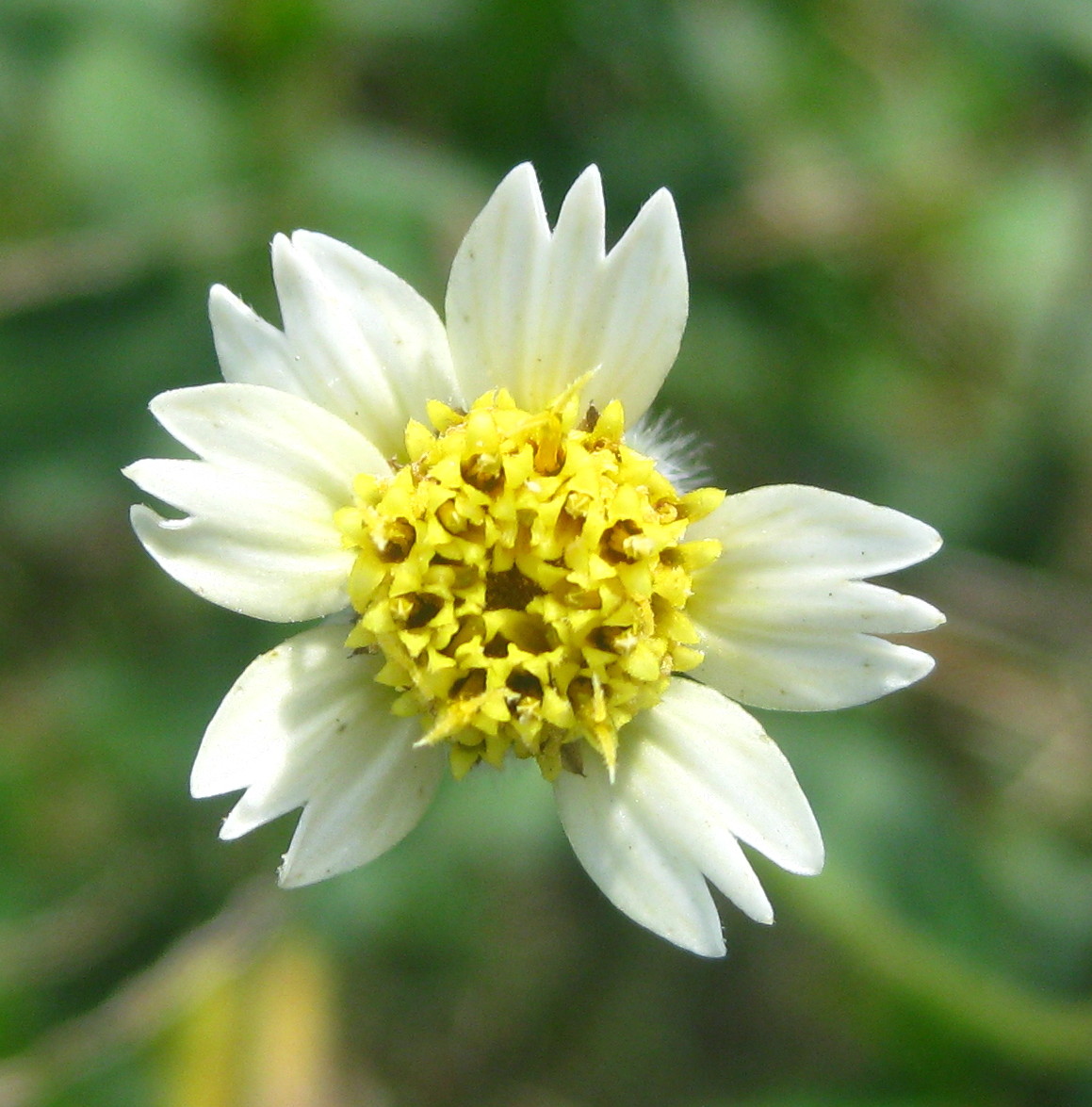
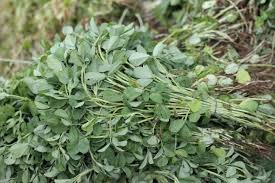
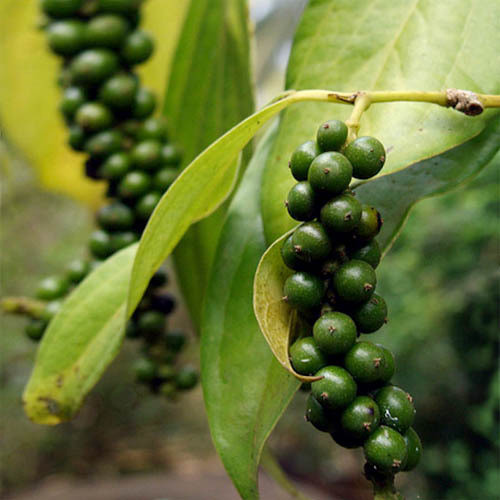
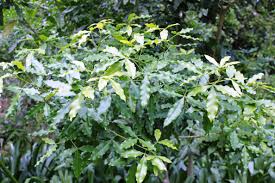
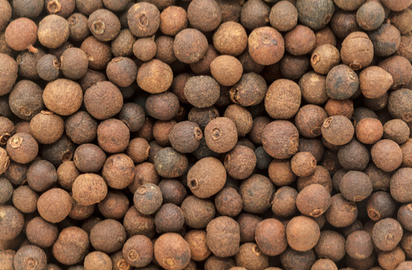
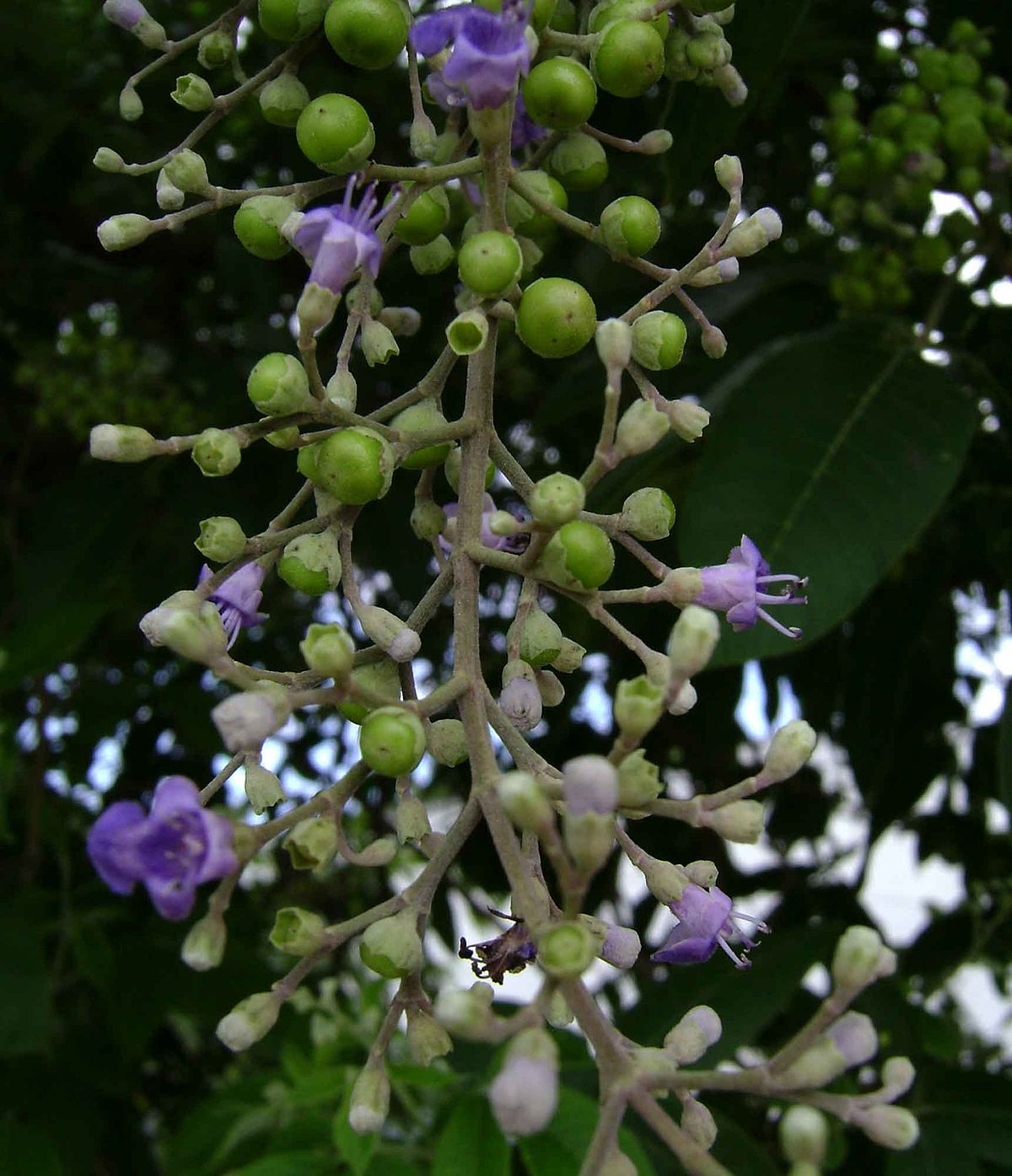
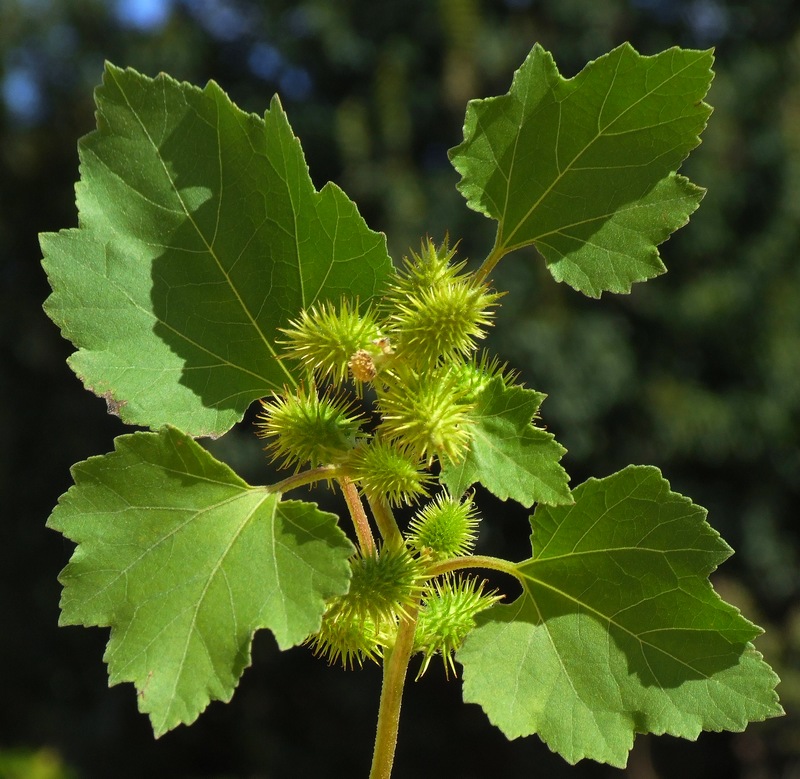
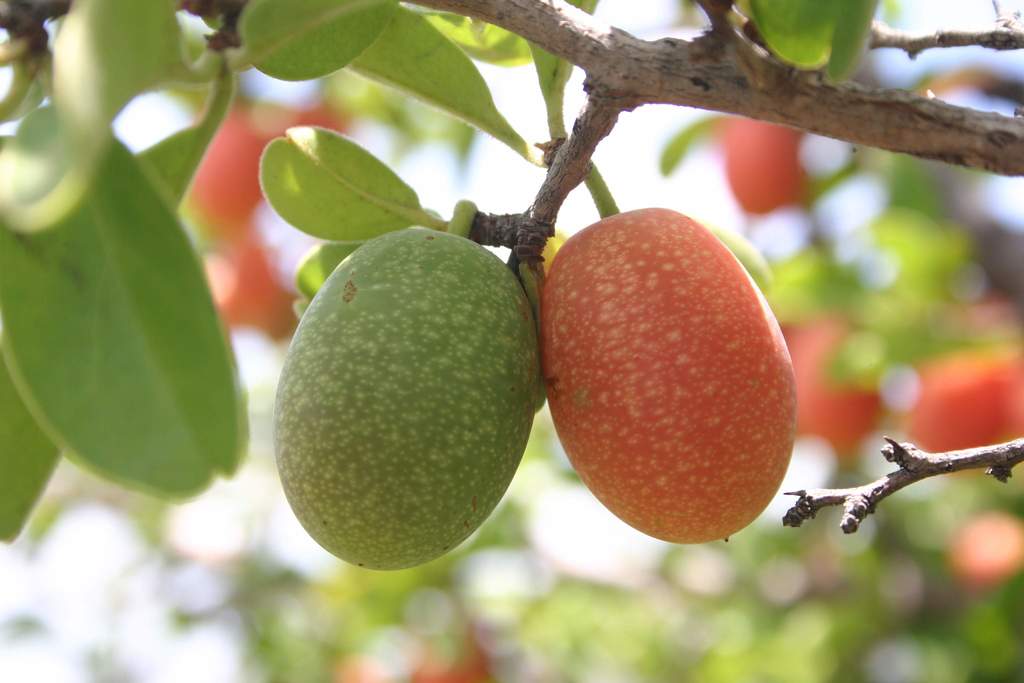
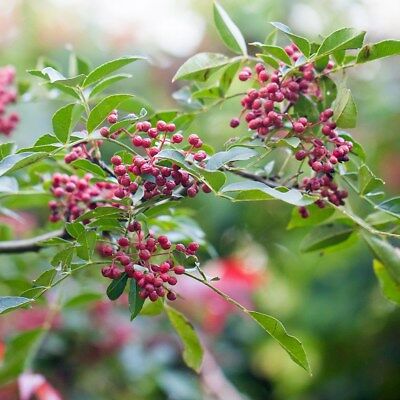
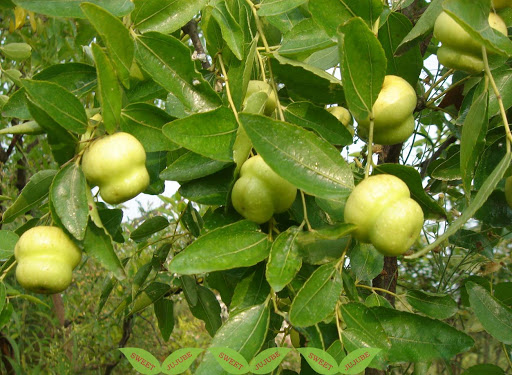
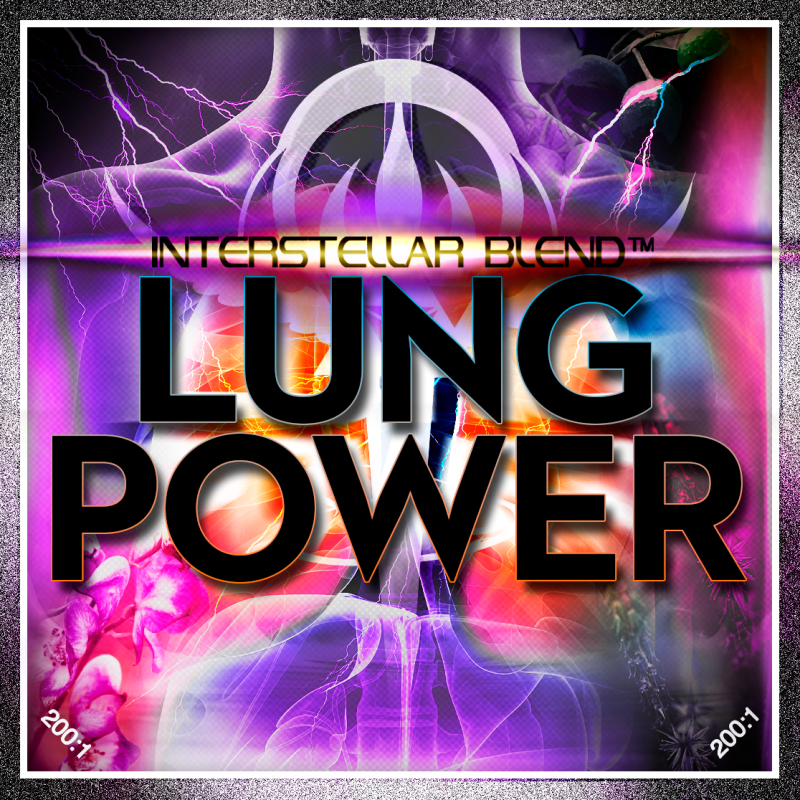

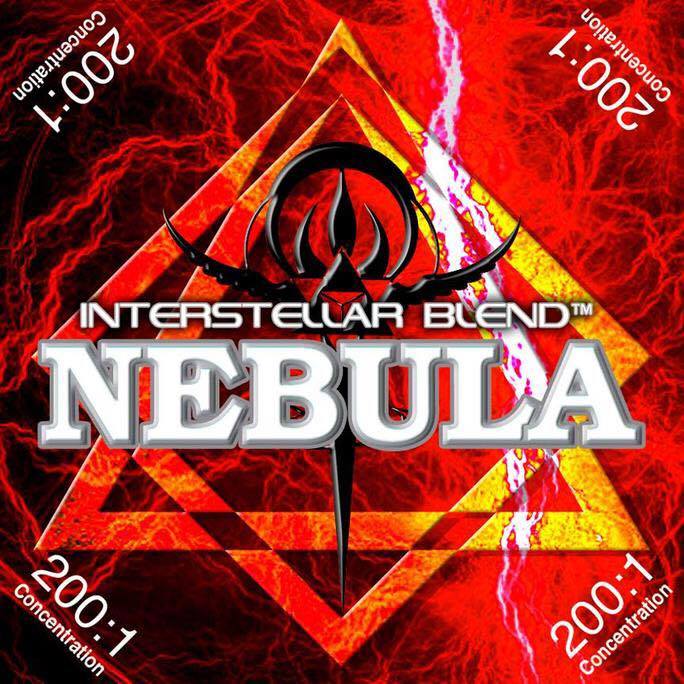


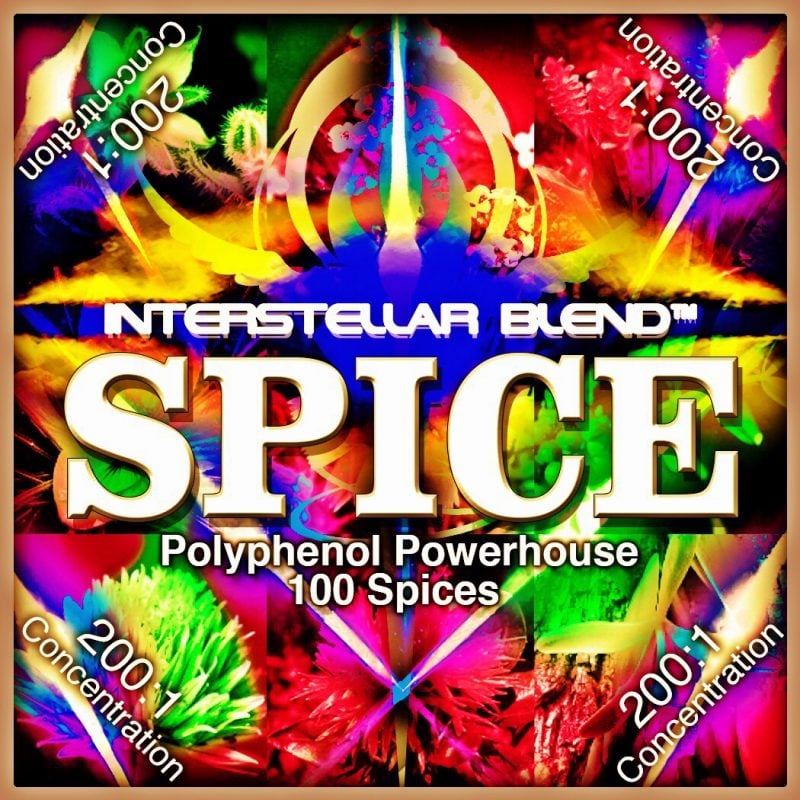
Robin C –
I’m not sure when the situation with my stomach began, but I noticed a sensitivity to different foods and determined that an ulcer may have been present. So, I immediately changed my diet and noticed the situation was not improving at the desired speed. I noticed that when certain foods were consumed or I attempted to do an extended fast, it was uncomfortable. So, I ordered some Helico and immediately used it according to the directions and went through an entire bag in one month. I had it with fresh grapefruit juice and after that, I went on a maintenance dose. This was the only blend I took and I did not fast. I made sure that I took the Helico and watched my diet. I spoke to Gavin about my symptoms, we discussed other options to speed up the healing process. He then sent me a sample of the PARASLAYER and I noticed a definite improvement. For the next two weeks, I went on a strict fast with only fruits, vegetables and juices, longevity shakes and water, nothing else.
At the end of the 30 days of being on Helico and PARASLAYER, I could see a positive difference. Because of the these results, I was able to go back to fasting. I wanted to do a test so I went on a five-day dry fast with blends following the 88/8 protocol. At the end of the fifth day I expelled several large parasites/worms. Prior to this, before I start any fast I always do an enema before and after the fast. I am convinced that these two products together definitely aided in healing my stomach. If you have any issue with the stomach, this would be an excellent protocol to incorporate. Fruits, longevity shakes, soups and broths are easy on the digestive system and combining it with the blends is poweful in the restoration of the gut/linging. It is a case-by-case situation as everyone is different and you have to know your body in order to incorporate different things to see what works. Helico and PARASLAYER are a great combo. Just like Peel and Spice, they go together.
Robin ⭐️⭐️⭐️⭐️⭐️
Rich Ryan –
I’ve never thought about having parasites, but I guess I did! The ever generous Gavin sent me a free sample, and upon taking ParaSlayer I immediately felt lighter and happier within a couple days, like a weight had been lifted off me. I’m going to order a bag and do this one a couple times a year to keep the intestinal bugs away!
Great Blend!
Kristen King (verified owner) –
Let’s just start by saying if you’re not ready to be your best version in this life stay away. I’ve been on blends for over a year now and I am currently taking 21 different blends but I do have some favorites. They include trinity, nebula, rewire, paraslayer (forever), helico, victorious and now the spaceborn. My whole family takes these blends including my 3 dogs. The clarity, sharpness, balance, and overall happiness we feel on these blends is out of this world.
Let’s talk about the stomach reset which was the first combo I bought. I had no idea at the time but hellooooo parasites, I didn’t realize I had so many! Wow! It took me down lots of parasite rabbit holes. I’m convinced now they are the root of all disease. I’ve also read ingredients on other companies that sell parasite meds (cellcore) and Interstellars matched plus many more. It’s a win-win!!
I tell anyone who wants to listen about the blends. It’s become our families Healthcare policy as I’m not interested in our shitty so called Health system in the US, it lies, steals, and kills! My morning coffee is now my favorite time of the day, it’s like I’m putting on my armor for the day!! Thank you Gavin, your blends are truly amazing and life changing. You have a customer for life! ❤️
sabbir rahman (verified owner) –
This blend will literally make your days feel so good. The start of my mornings are bliss with Paraslayer and hello. I’m able to clean my colon well which allows my stomach to be clean for better decision making in the morning. Knowing i have a clean system allows me to gain more confidence in my day to day routine. This blend can also pair well with peel and spice. Paraslayer is an essential blend that everyone must get we all get parasites so we must remove them. My weight has also been healthy after taking Paraslayer as eliminating the parasites helped the food intake better as the parasites aren’t eating it